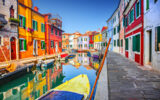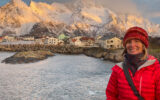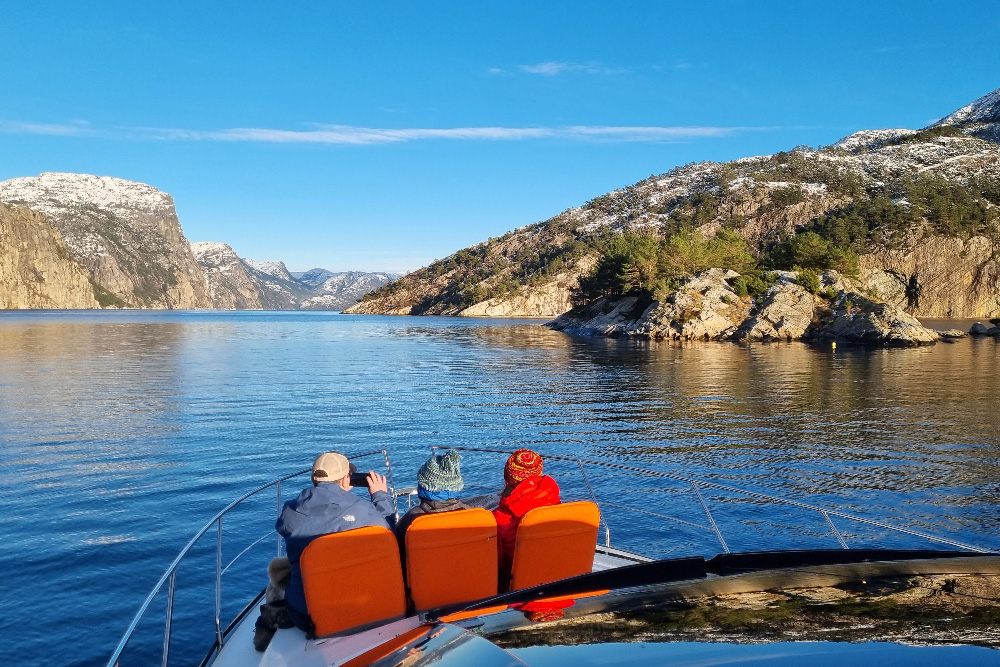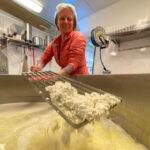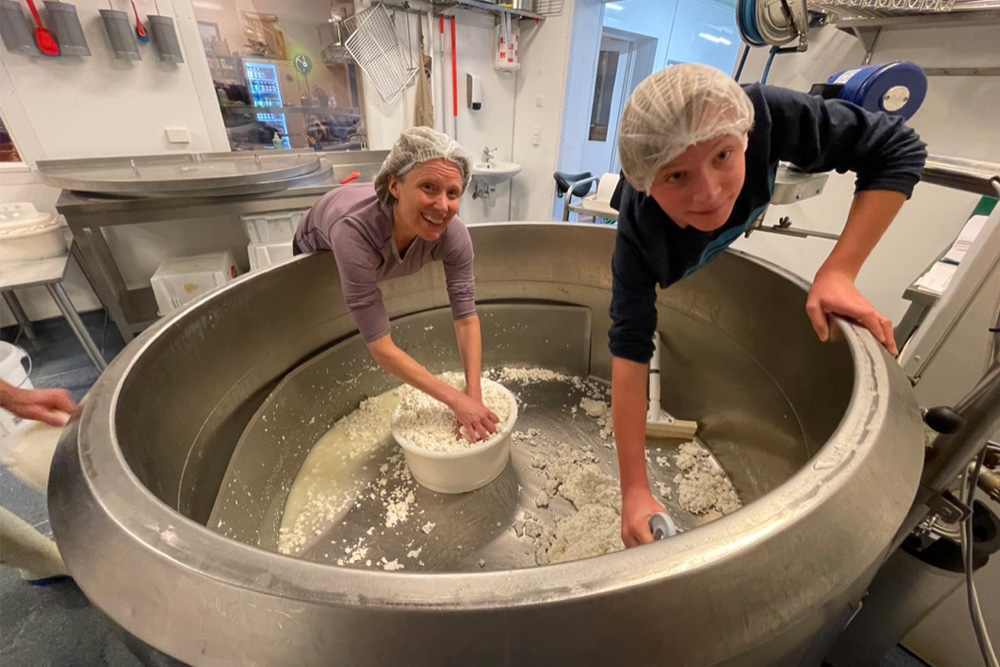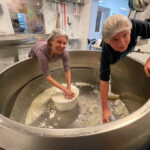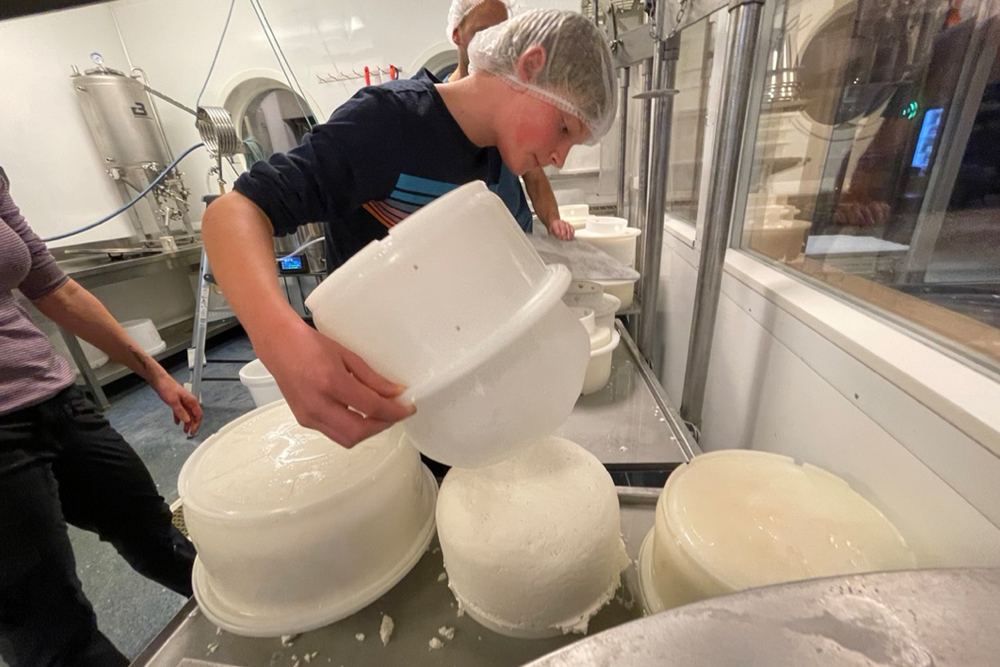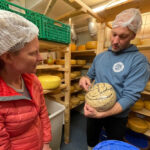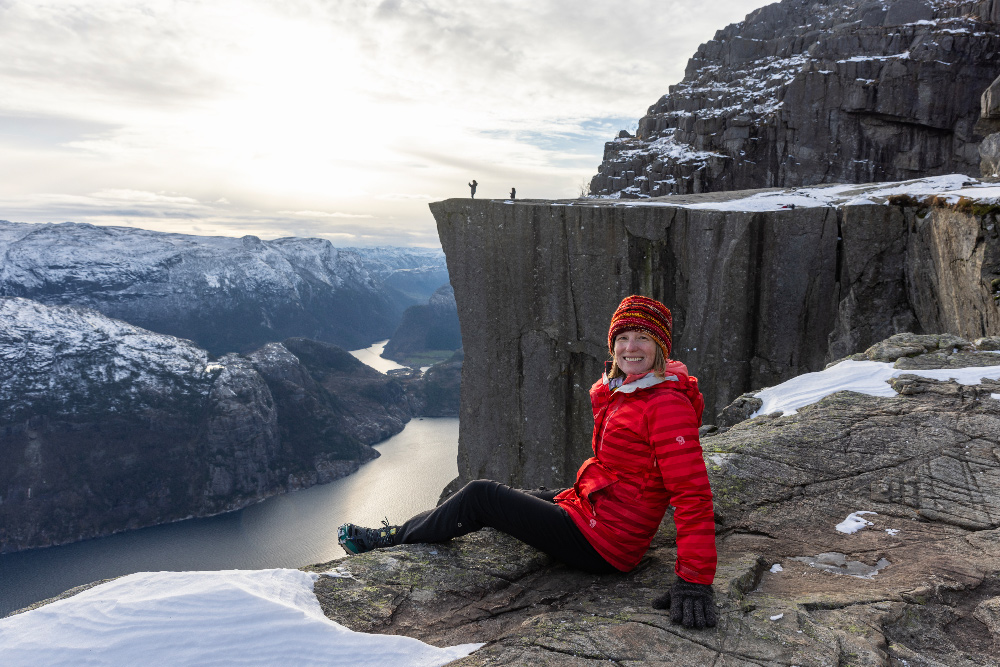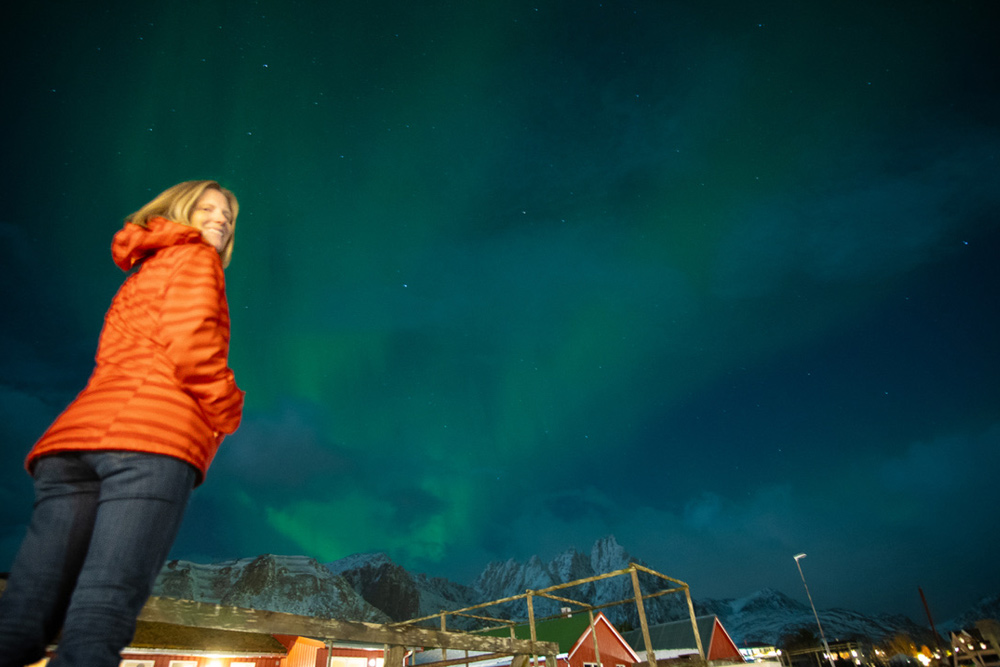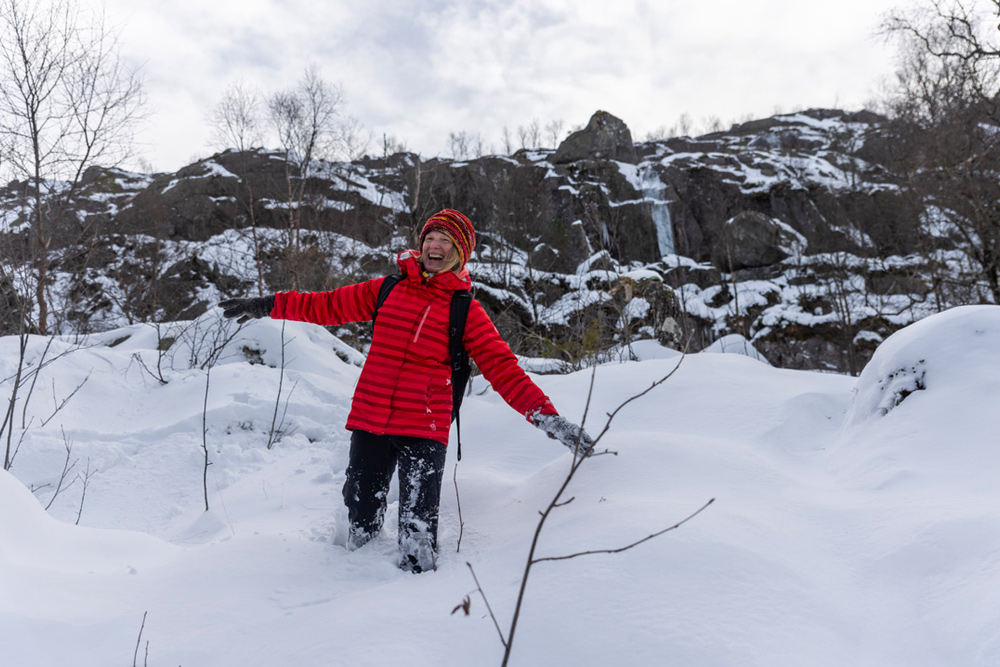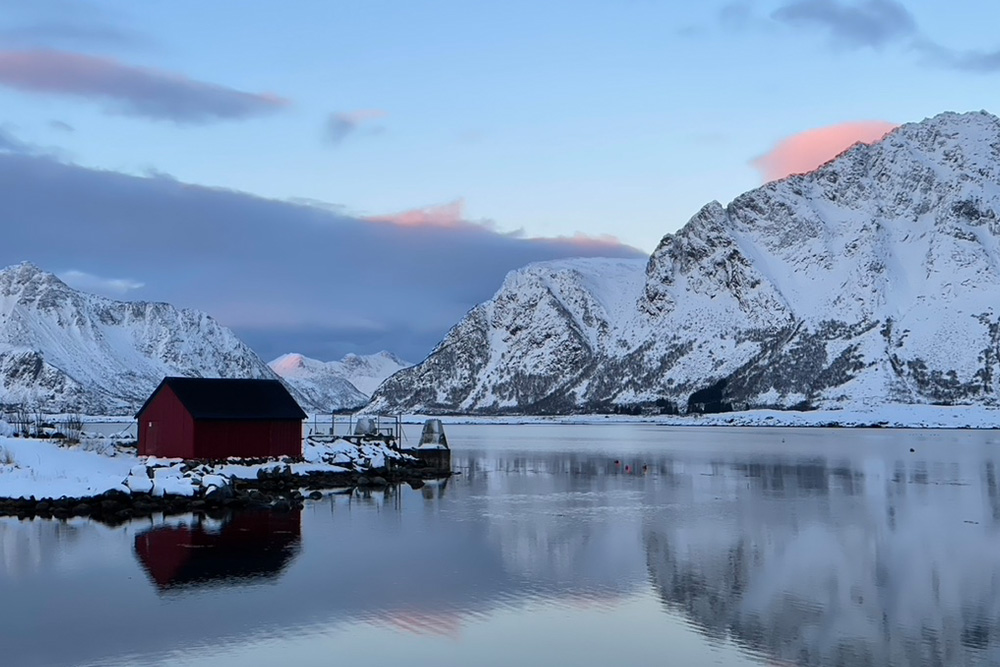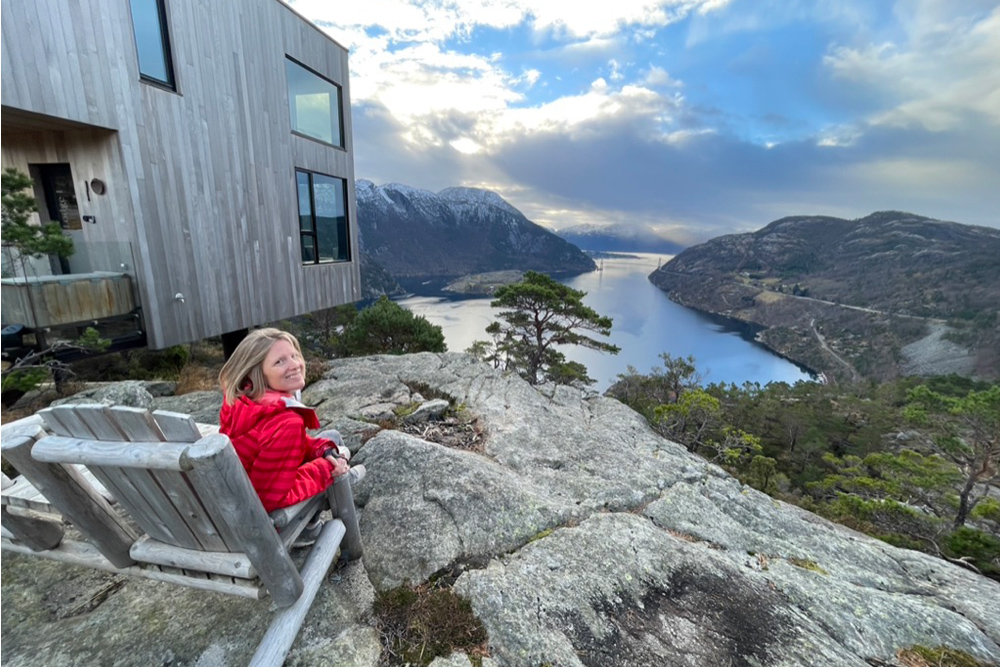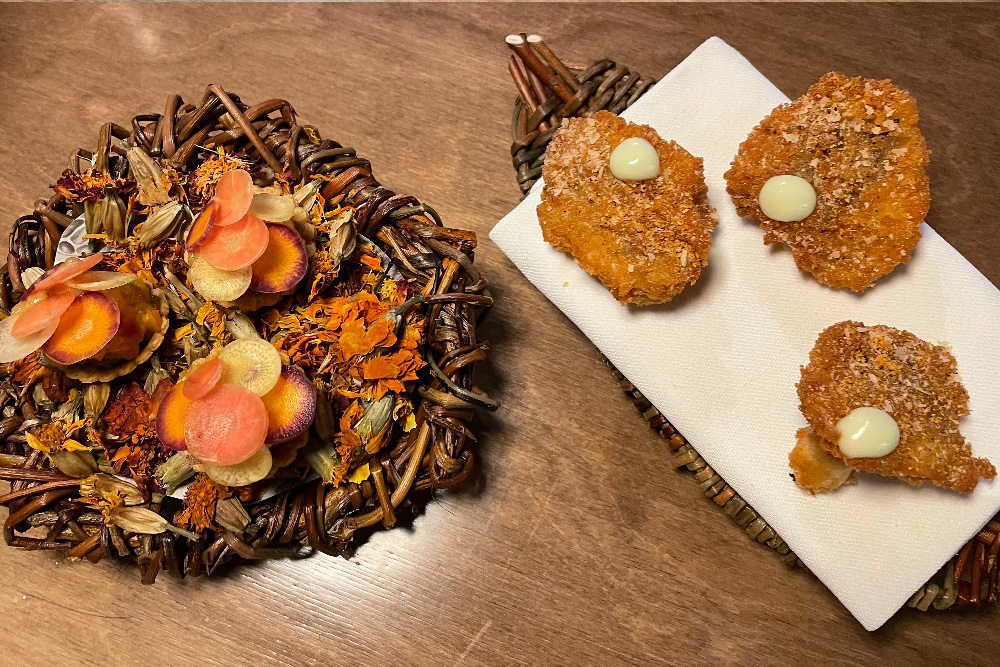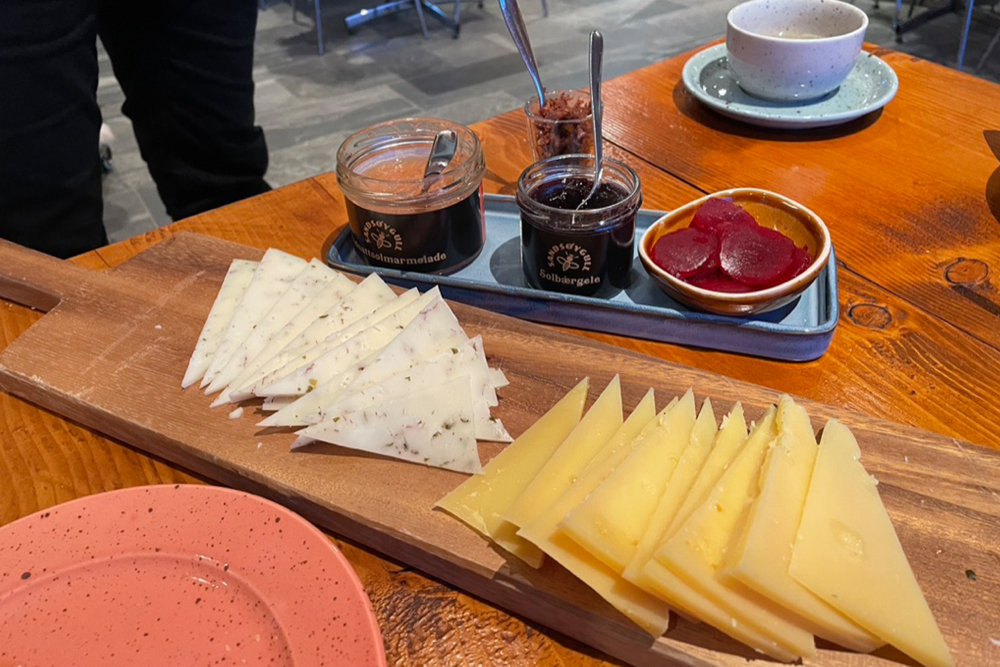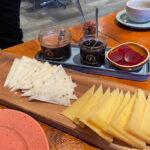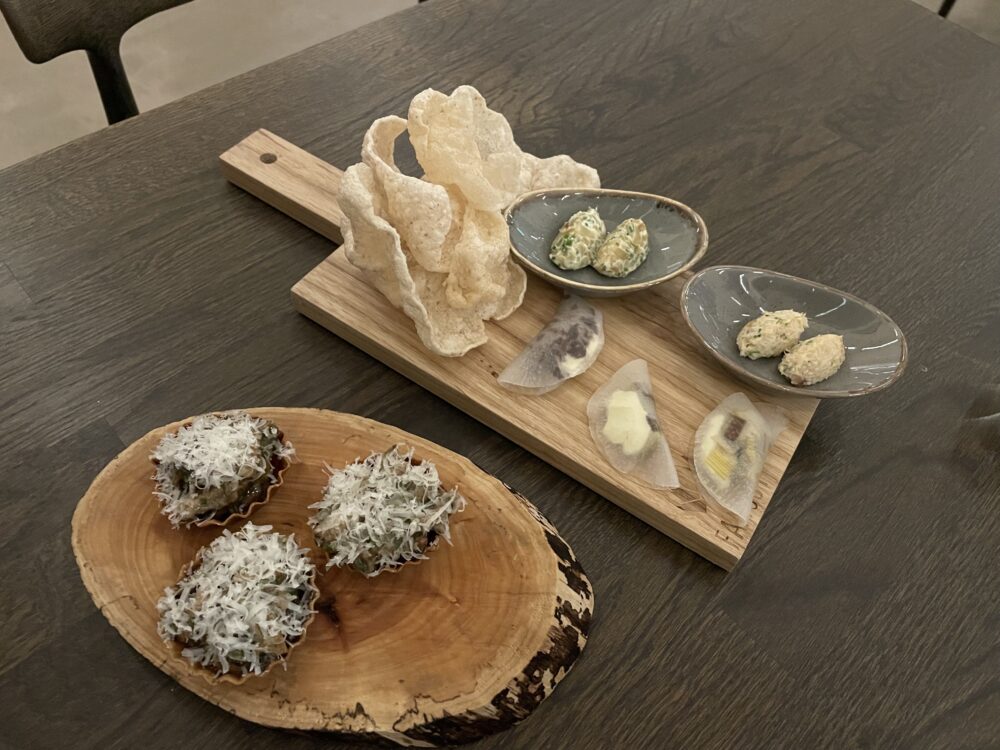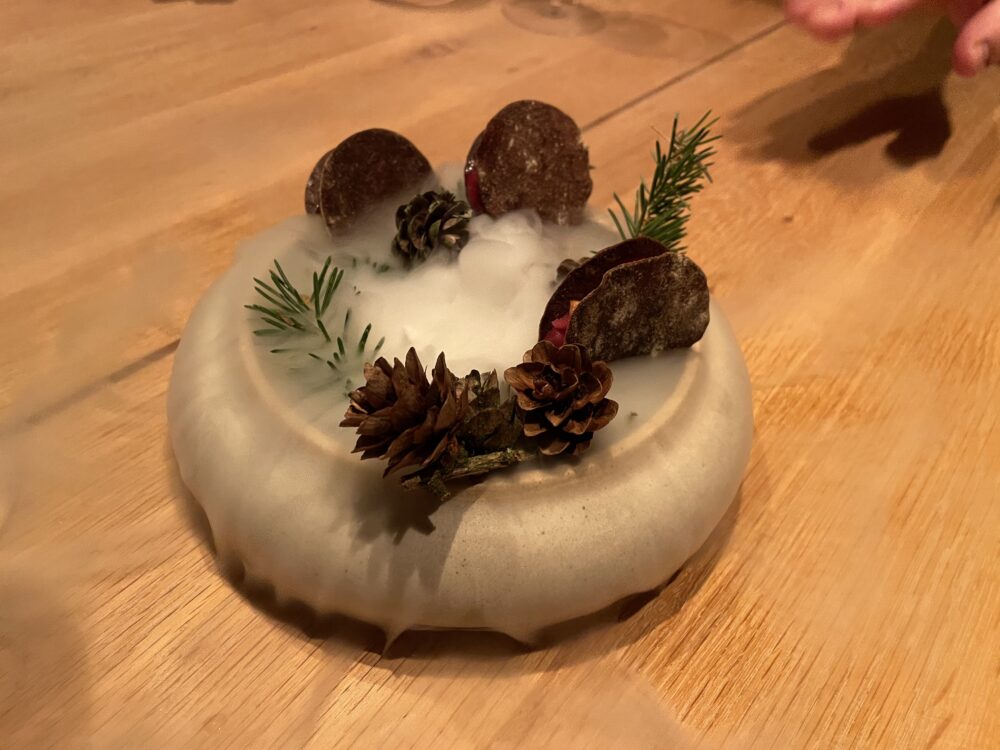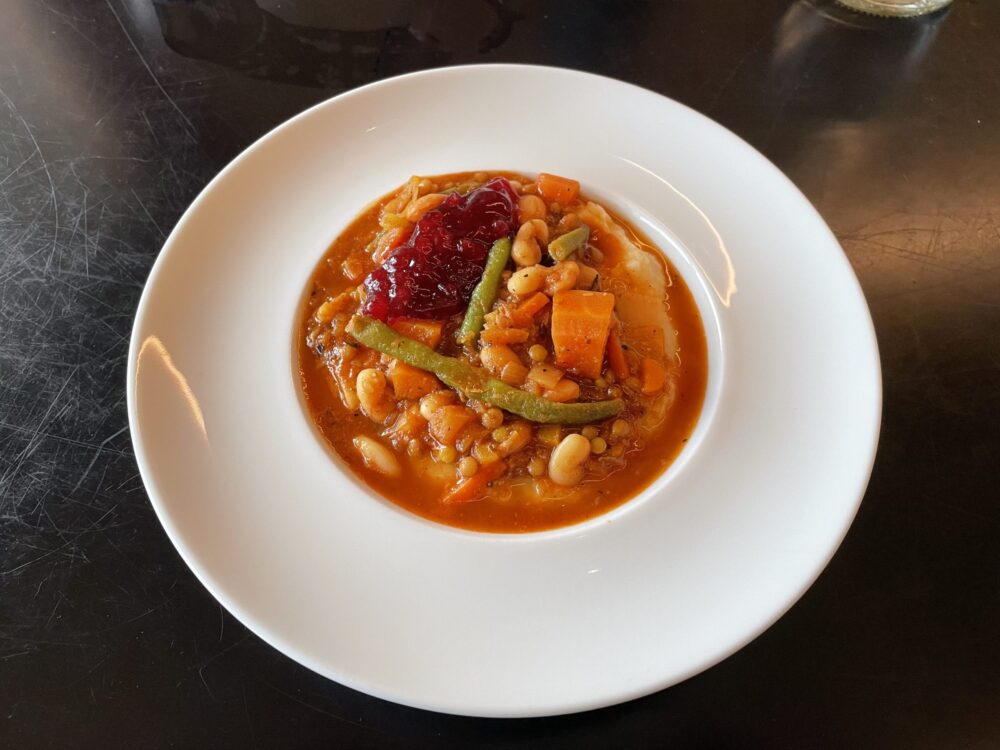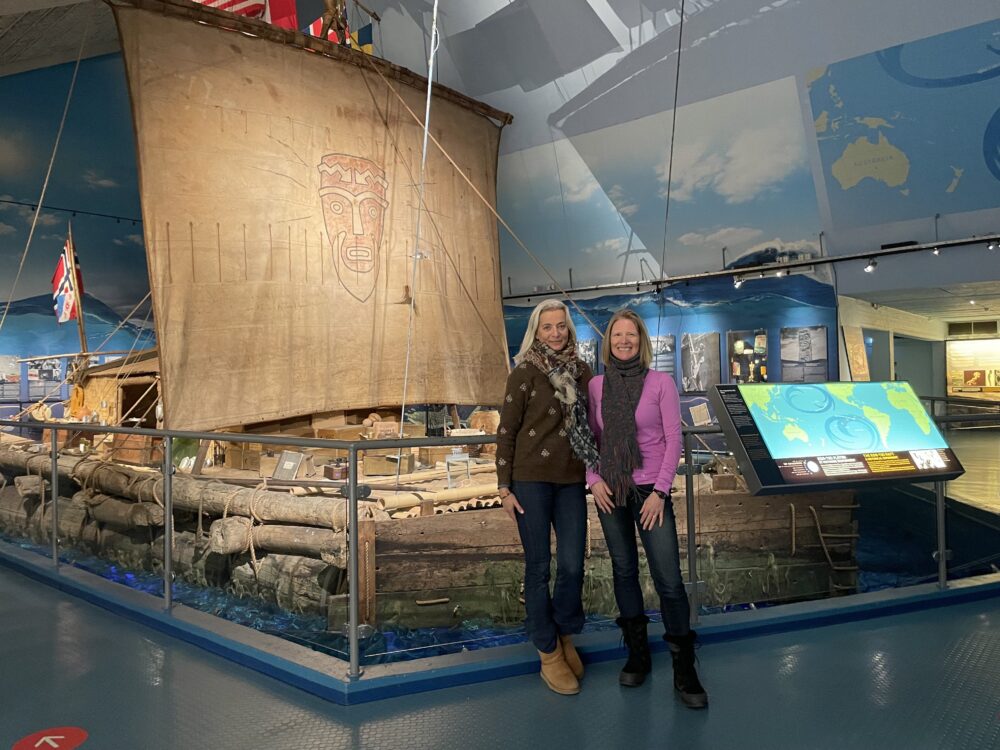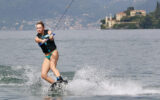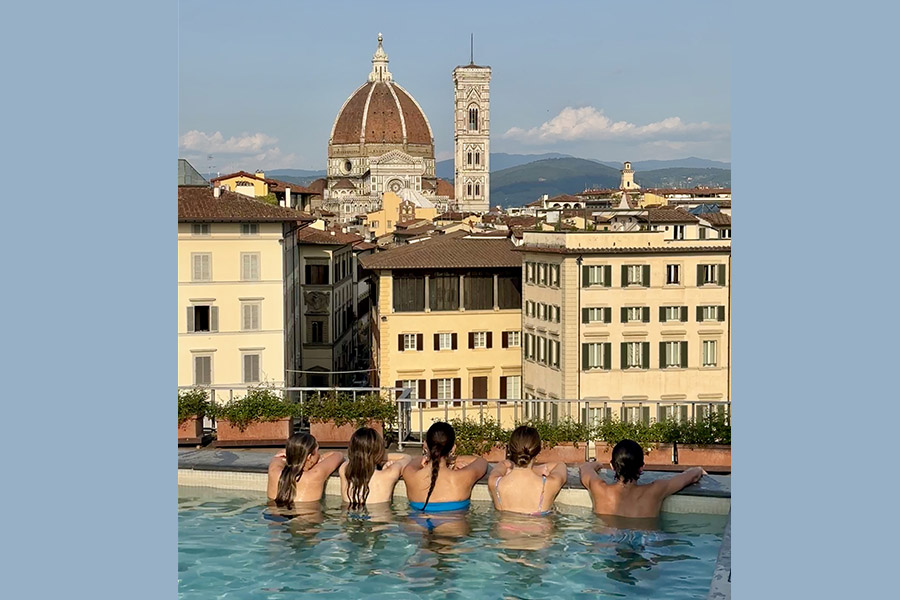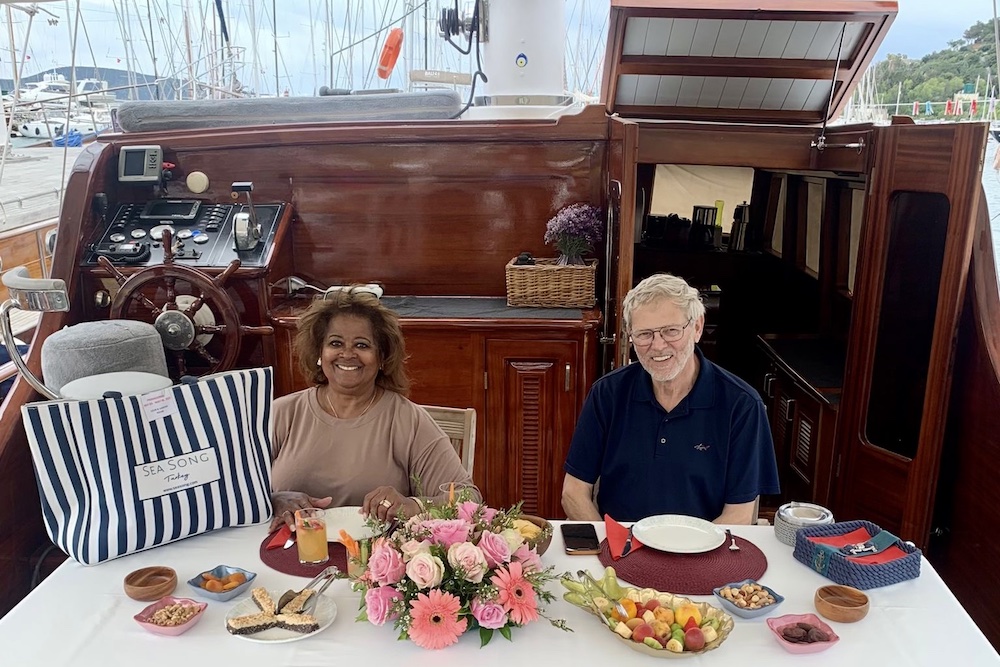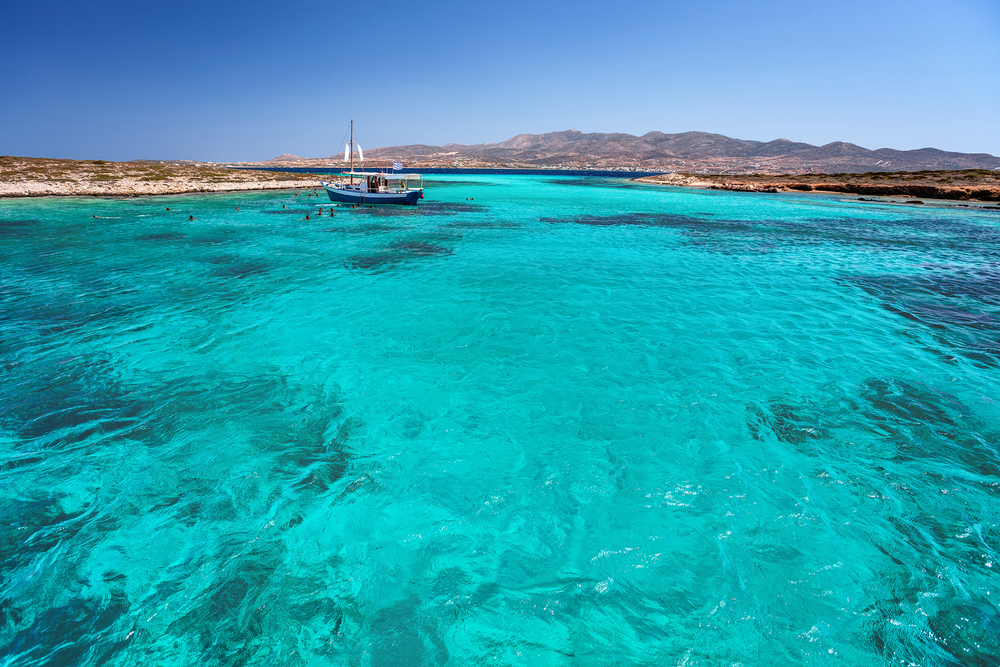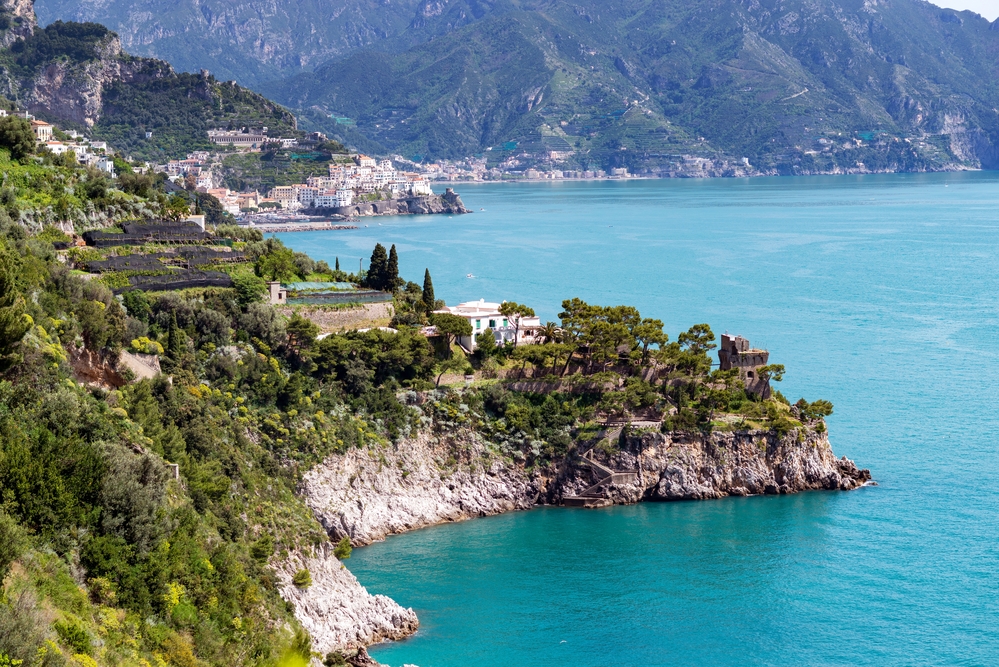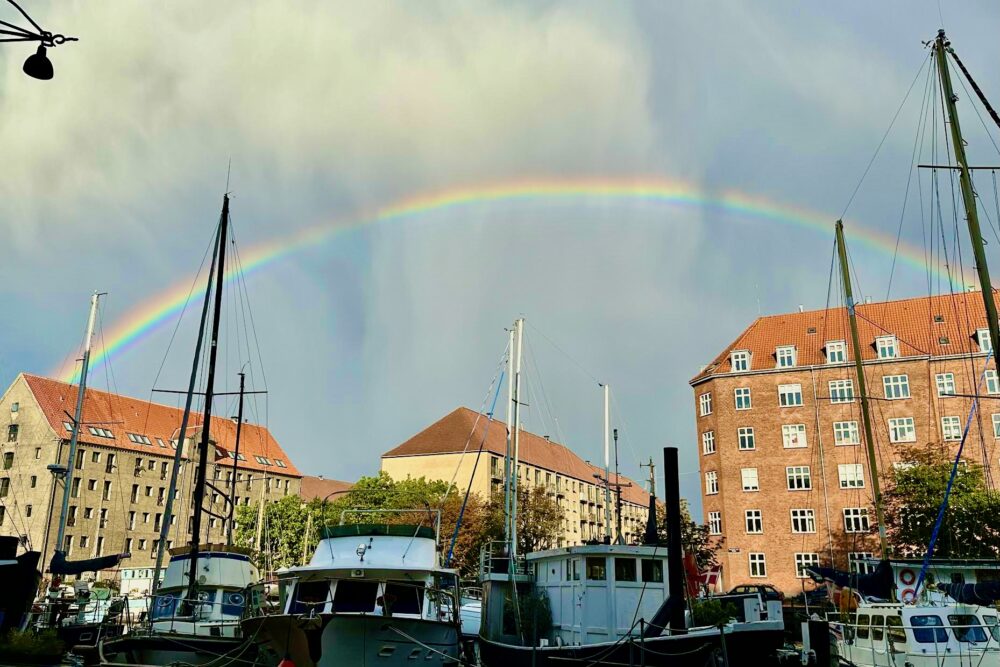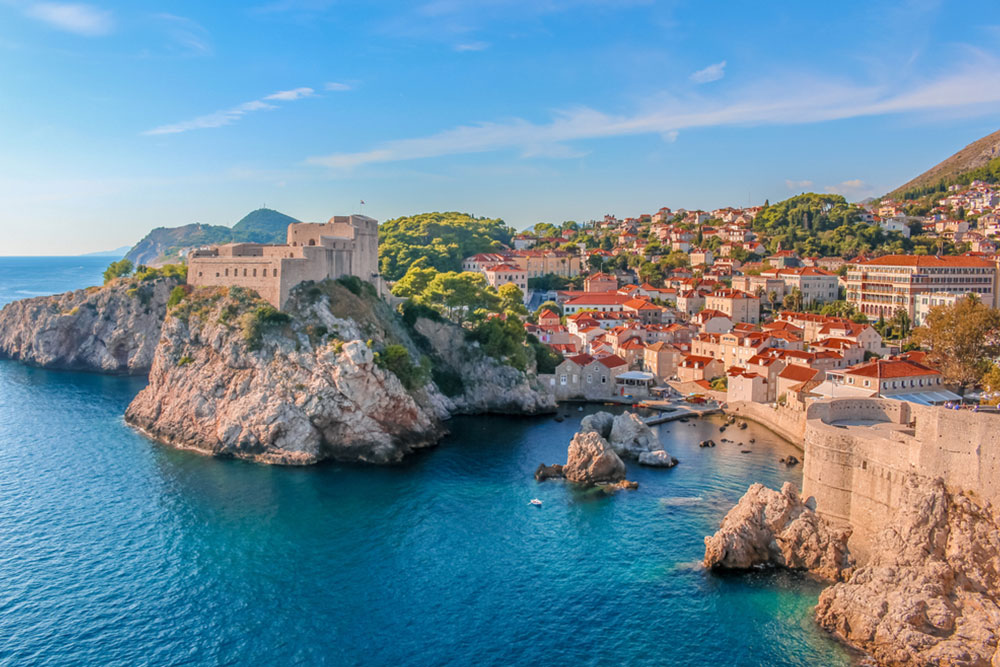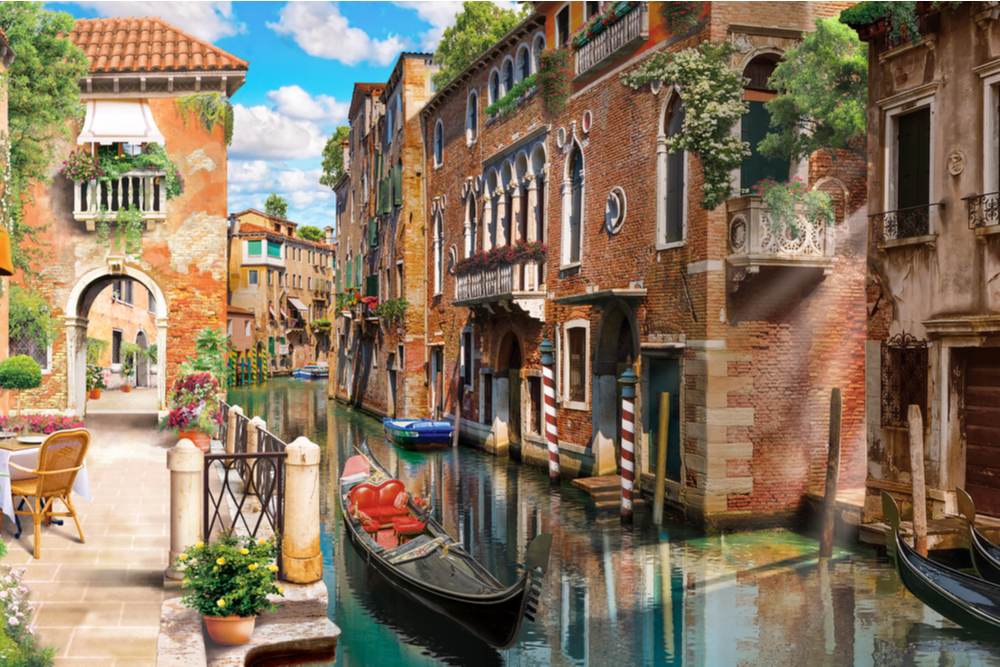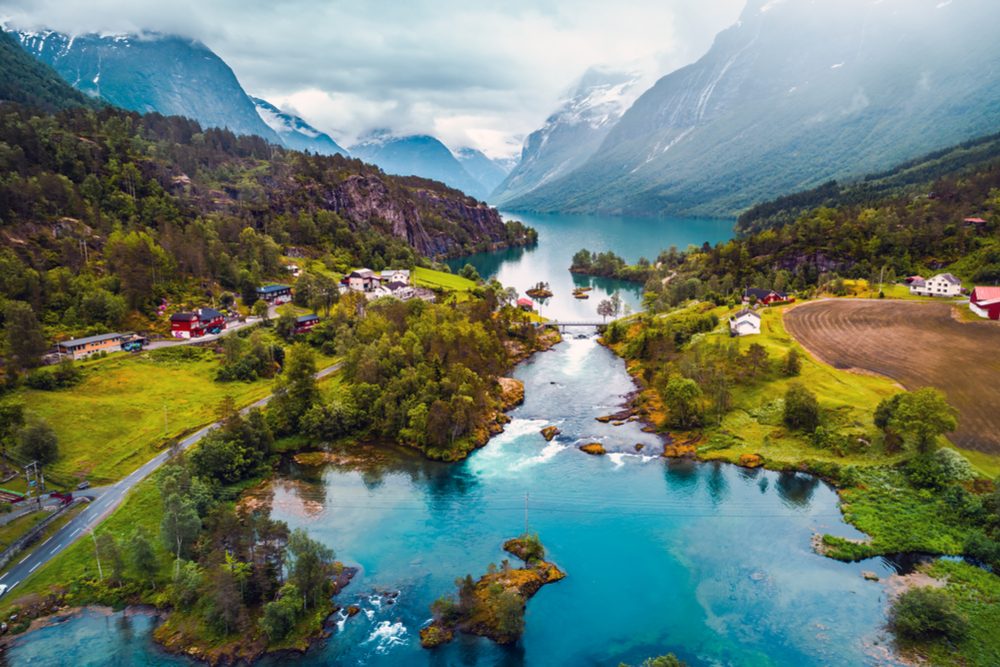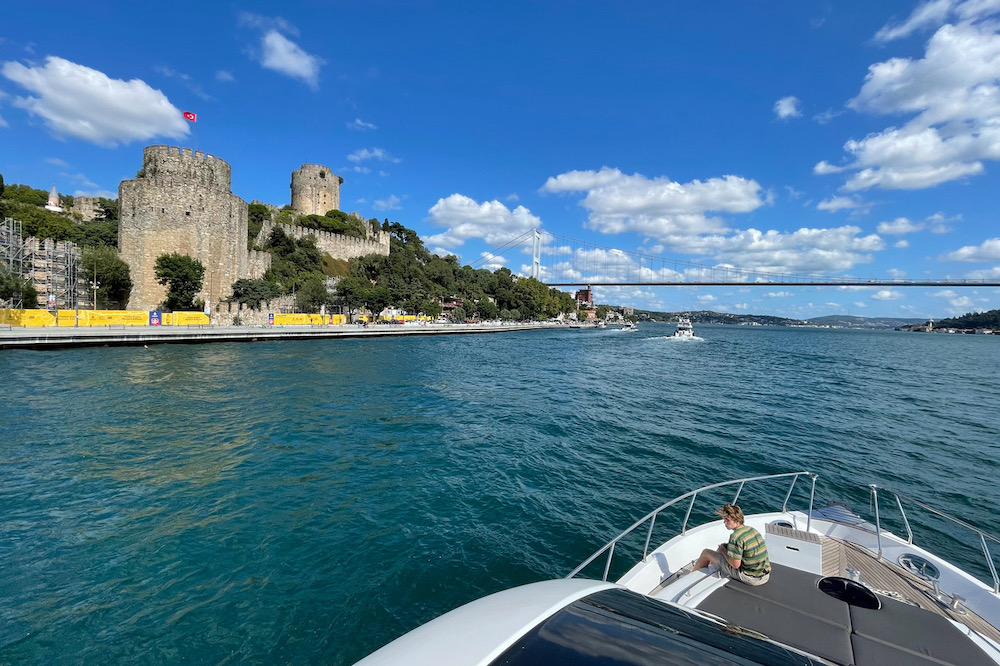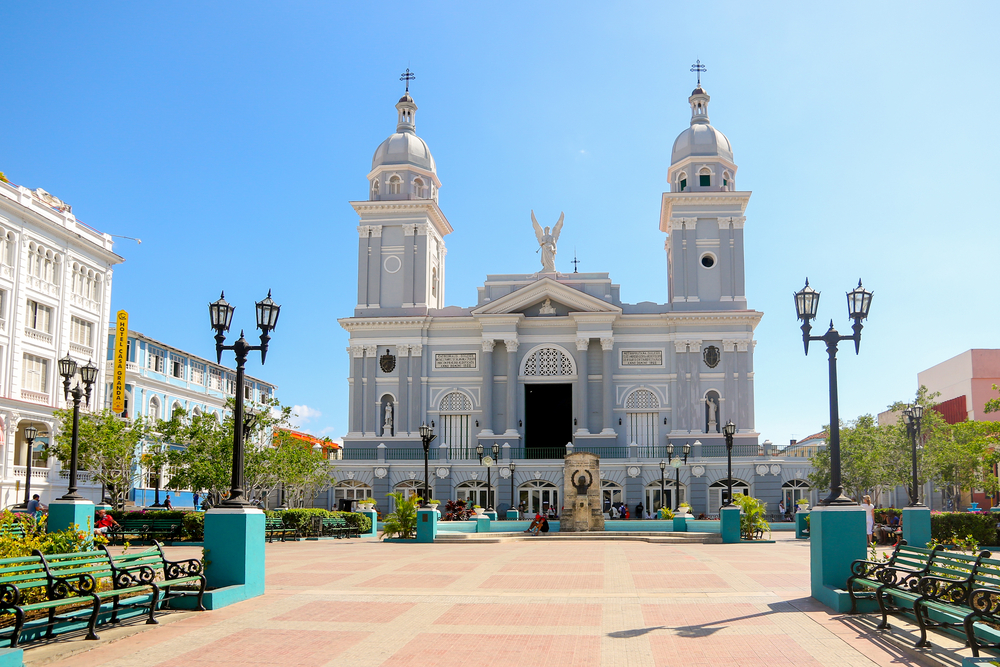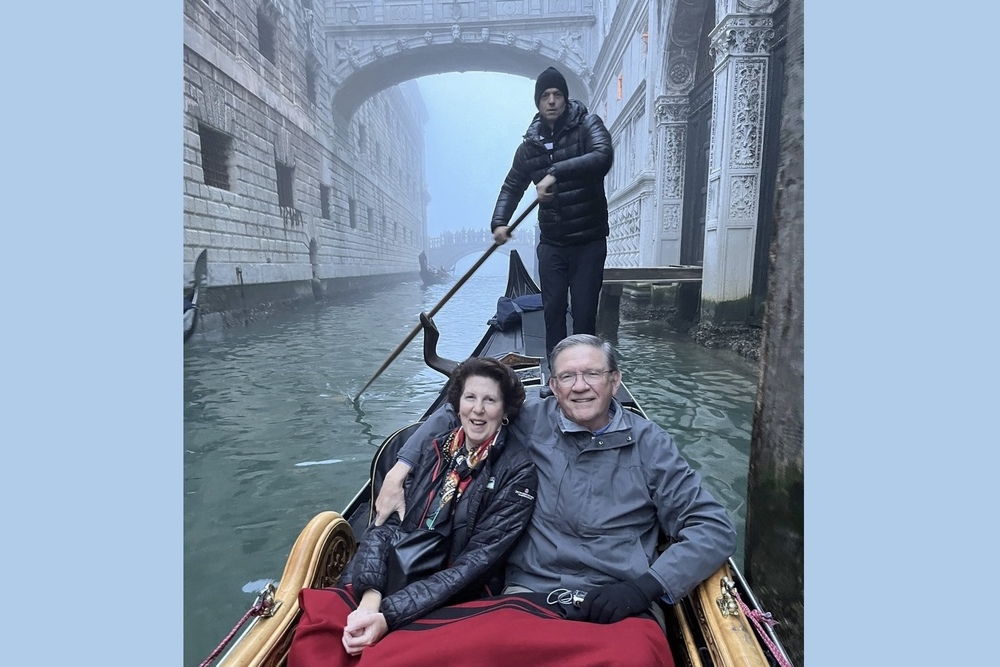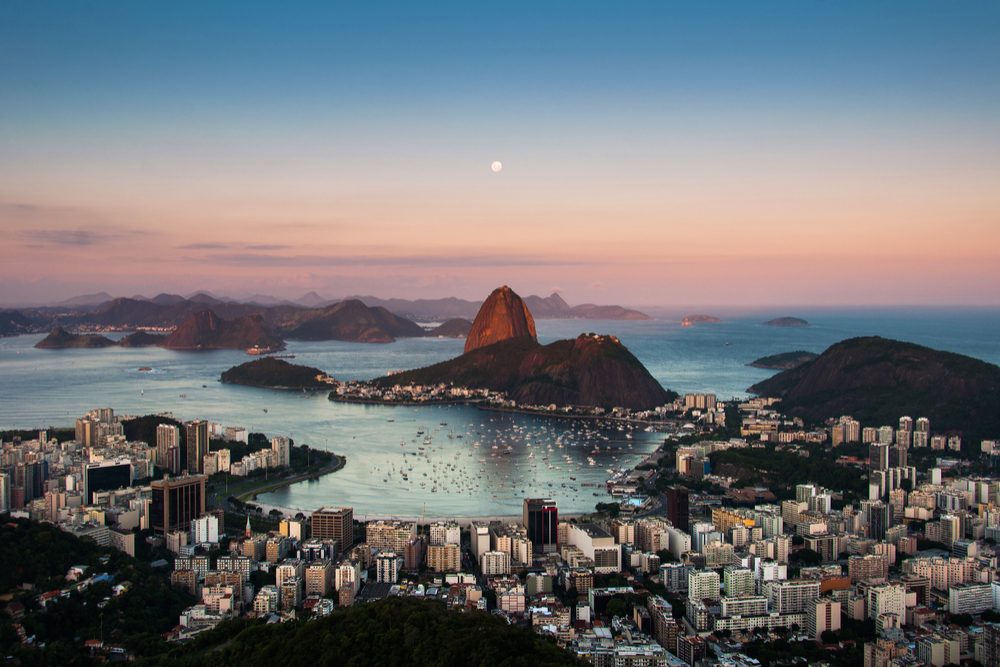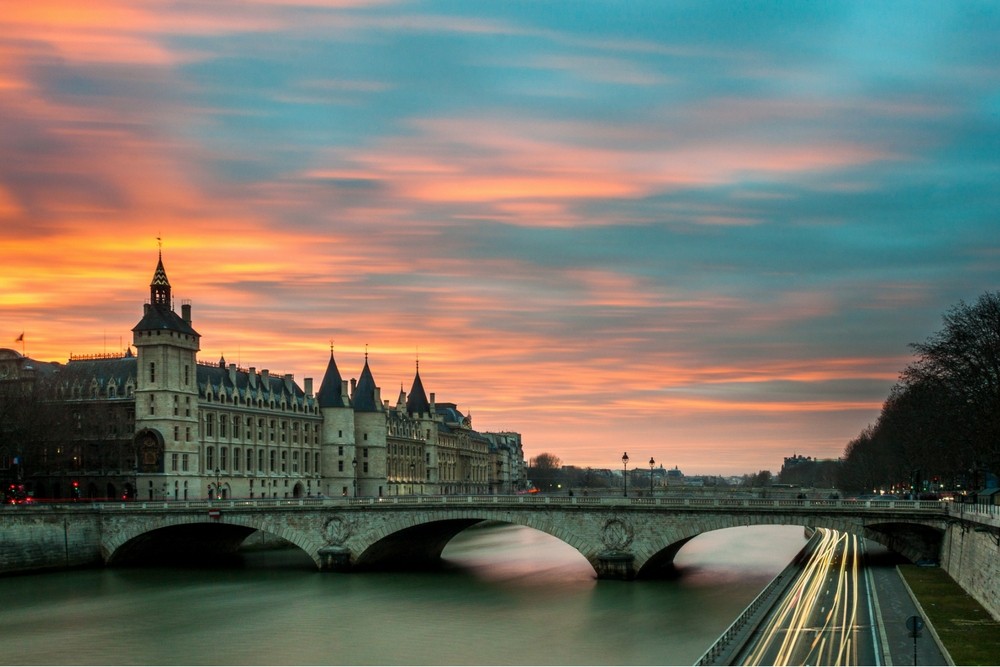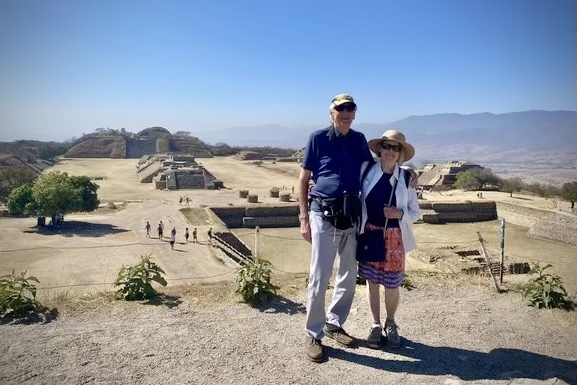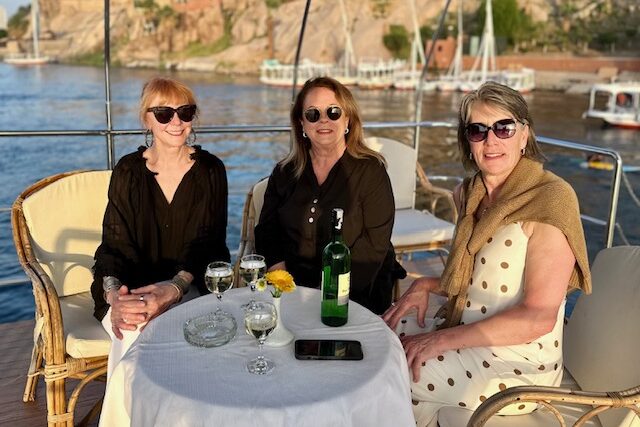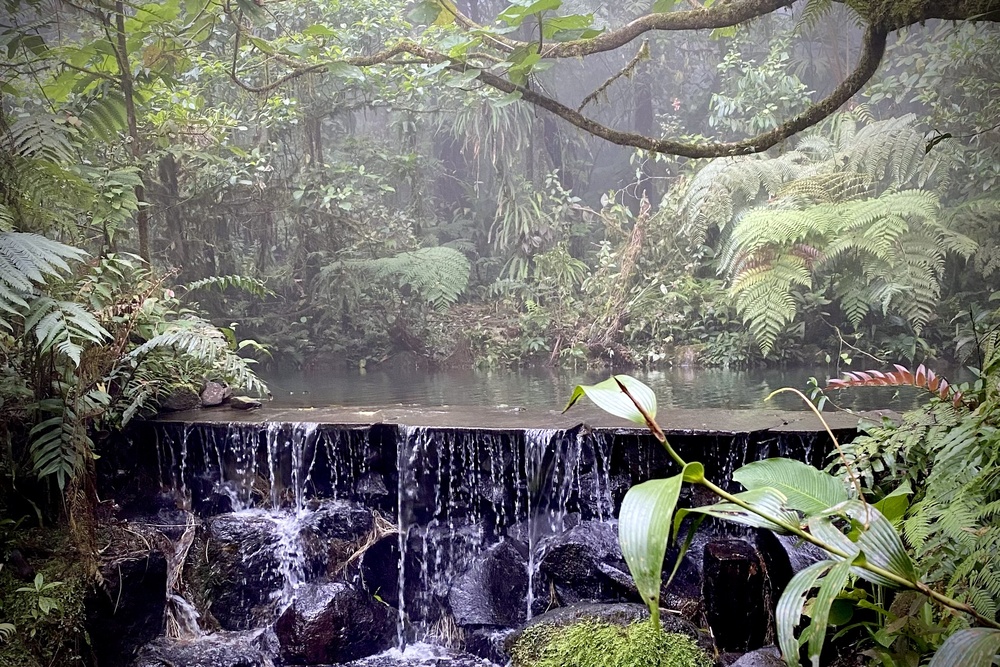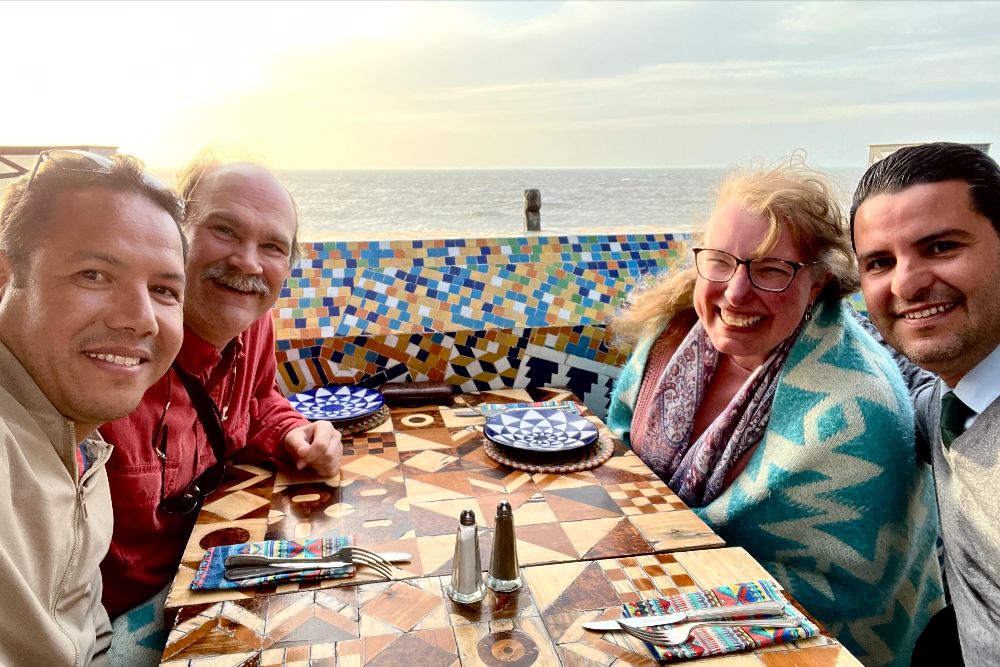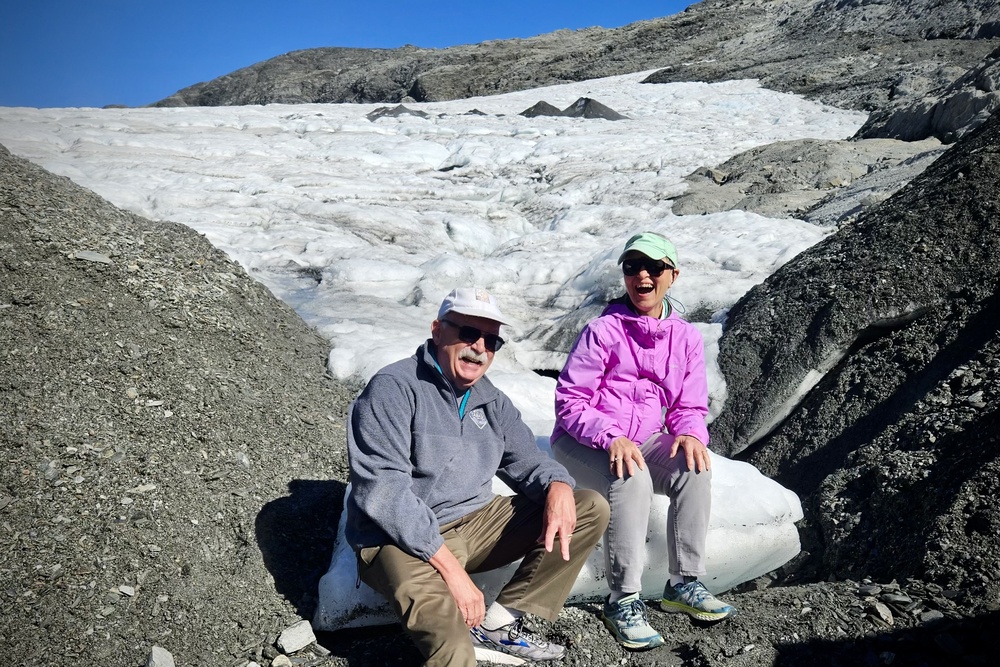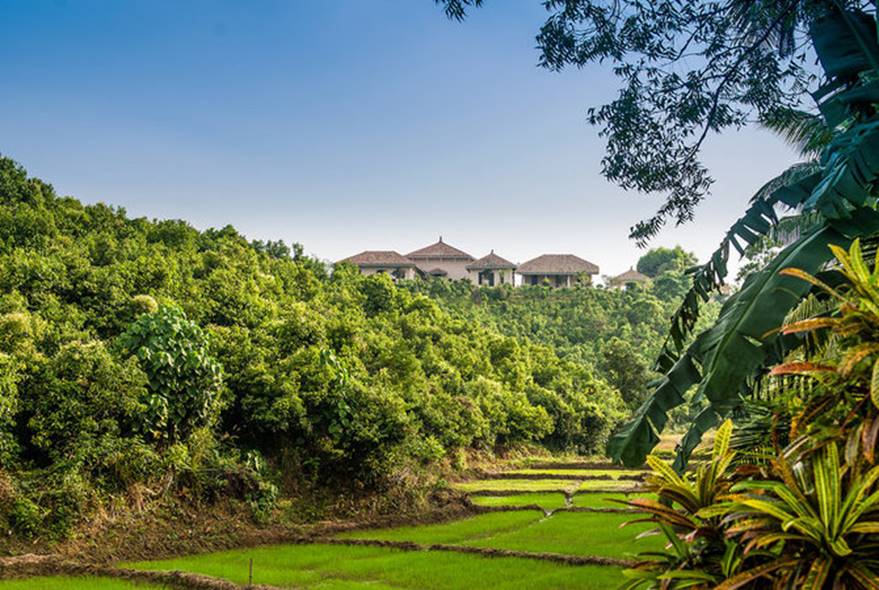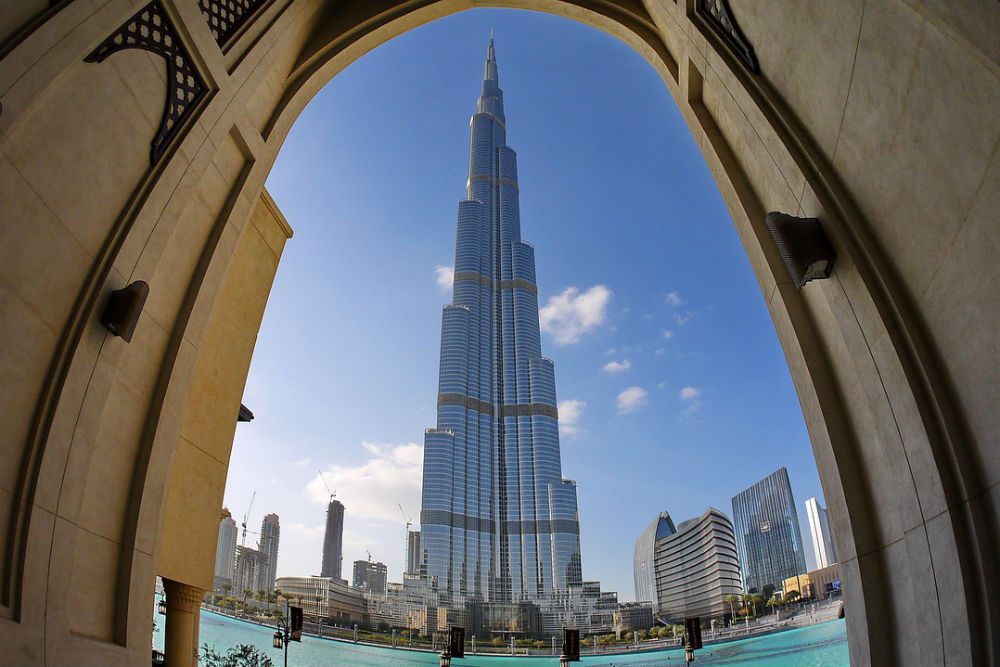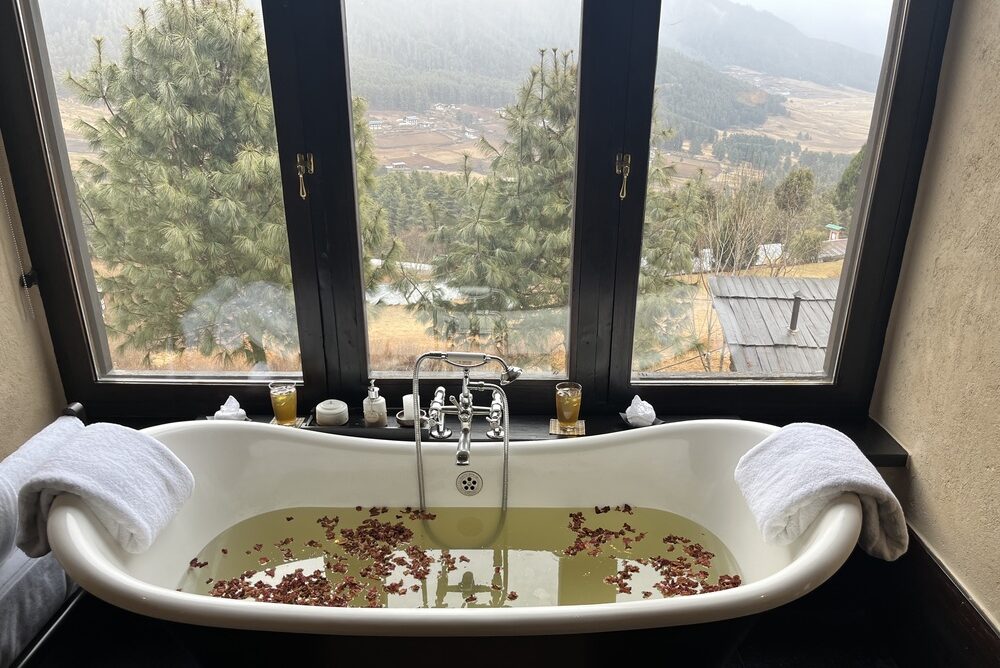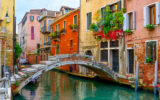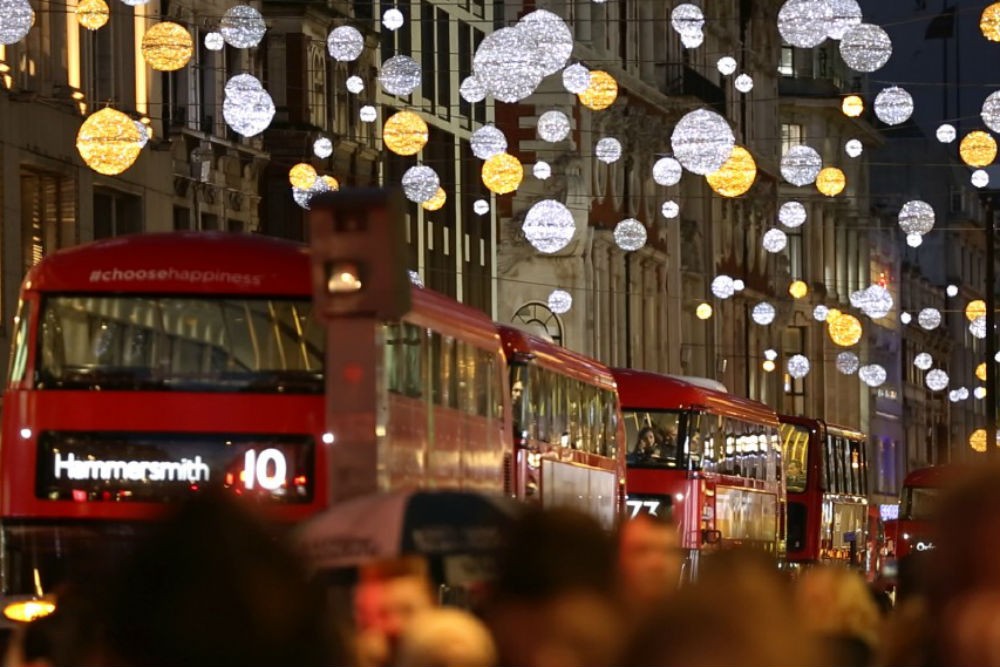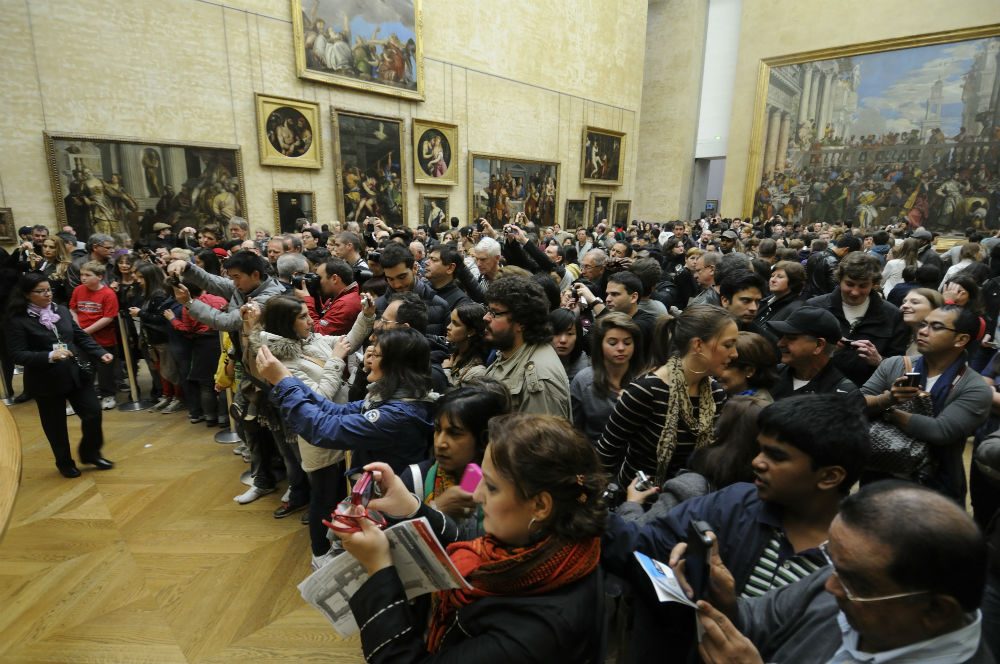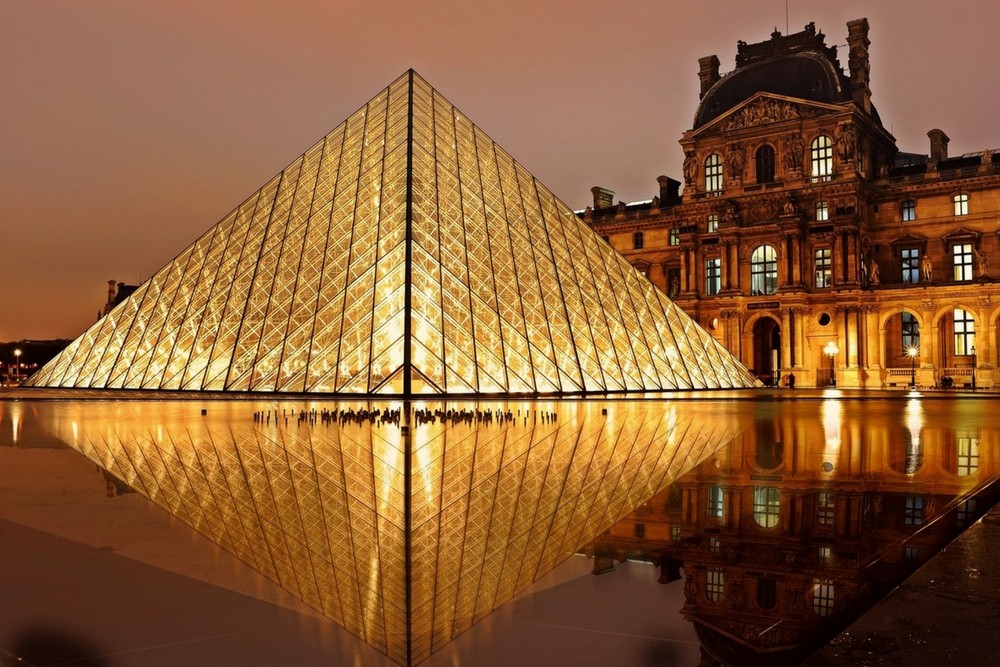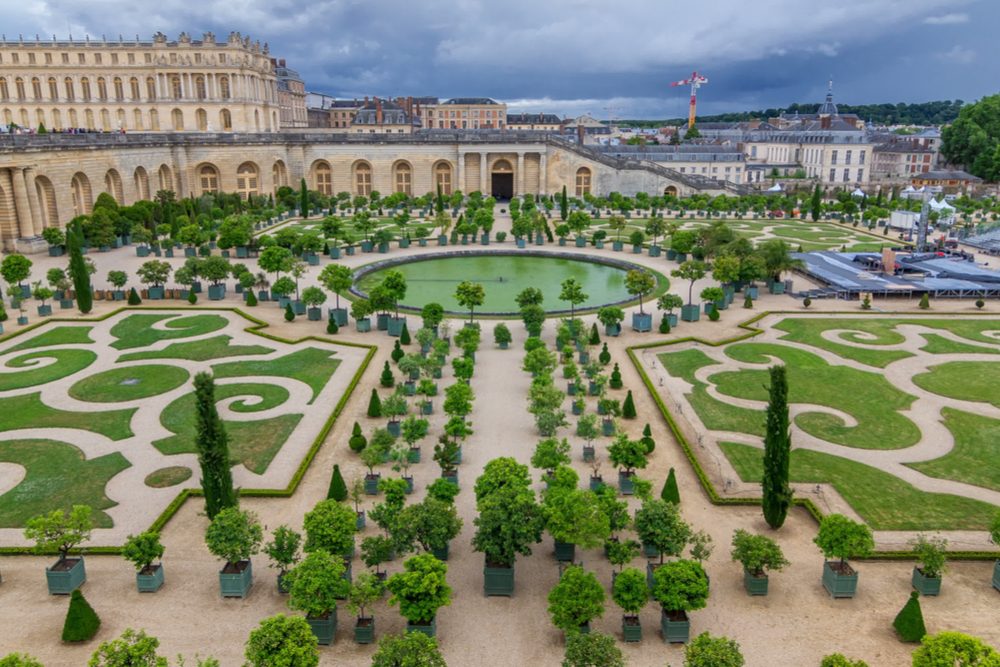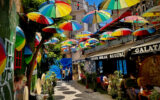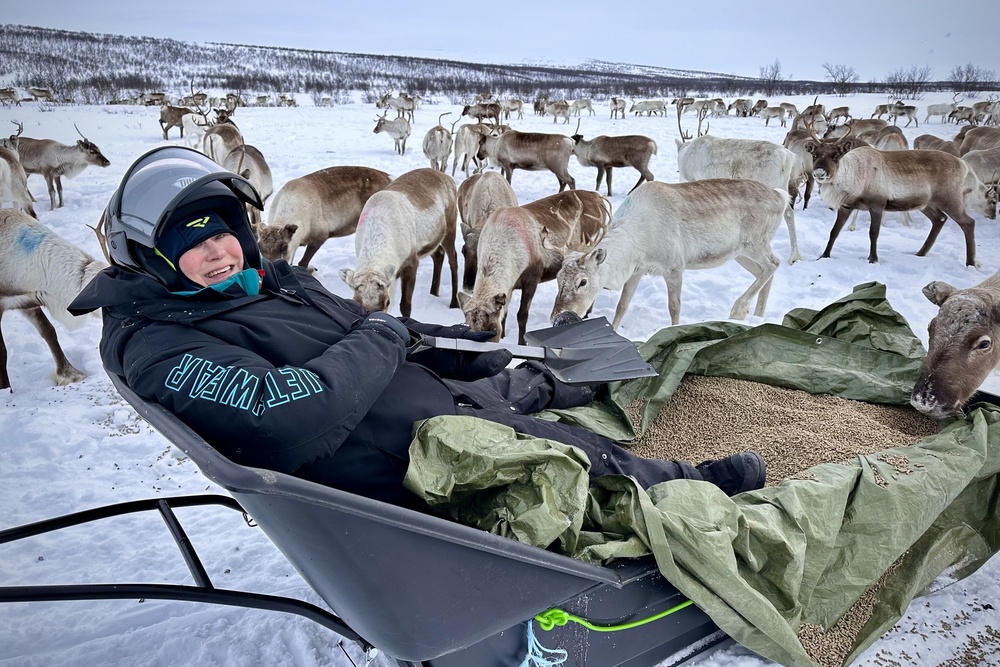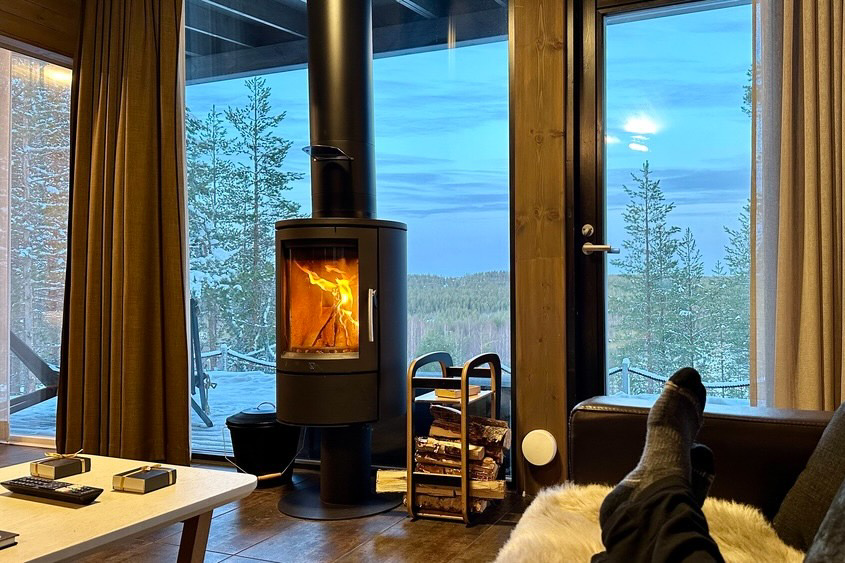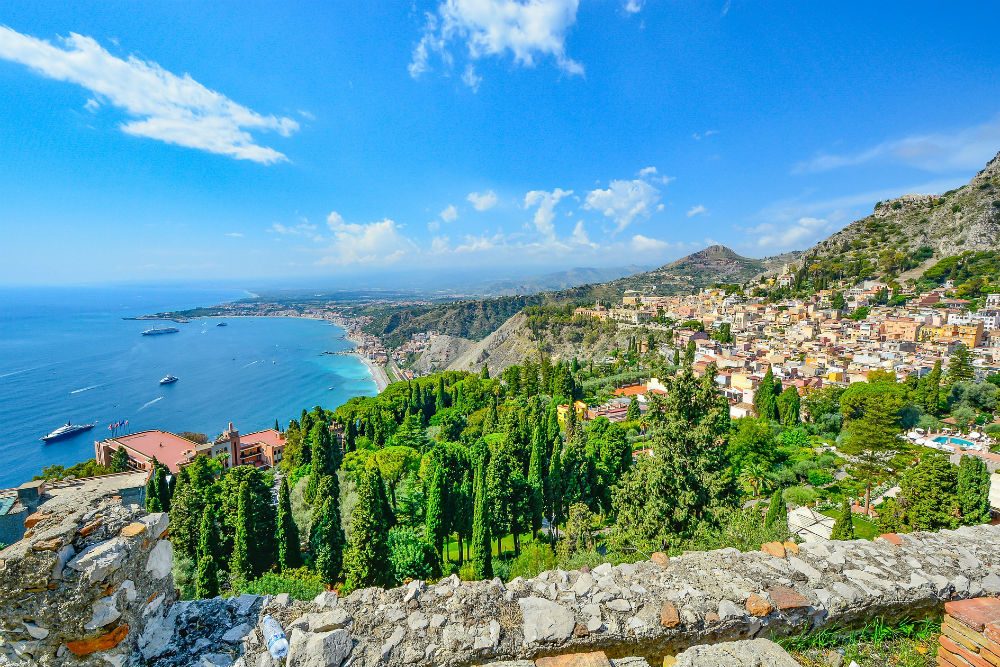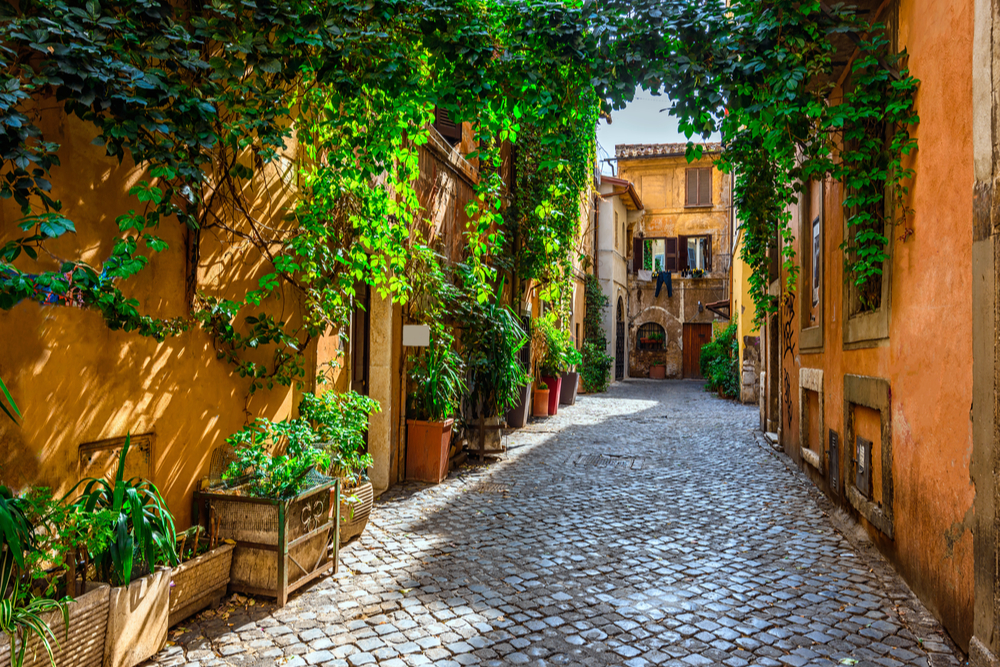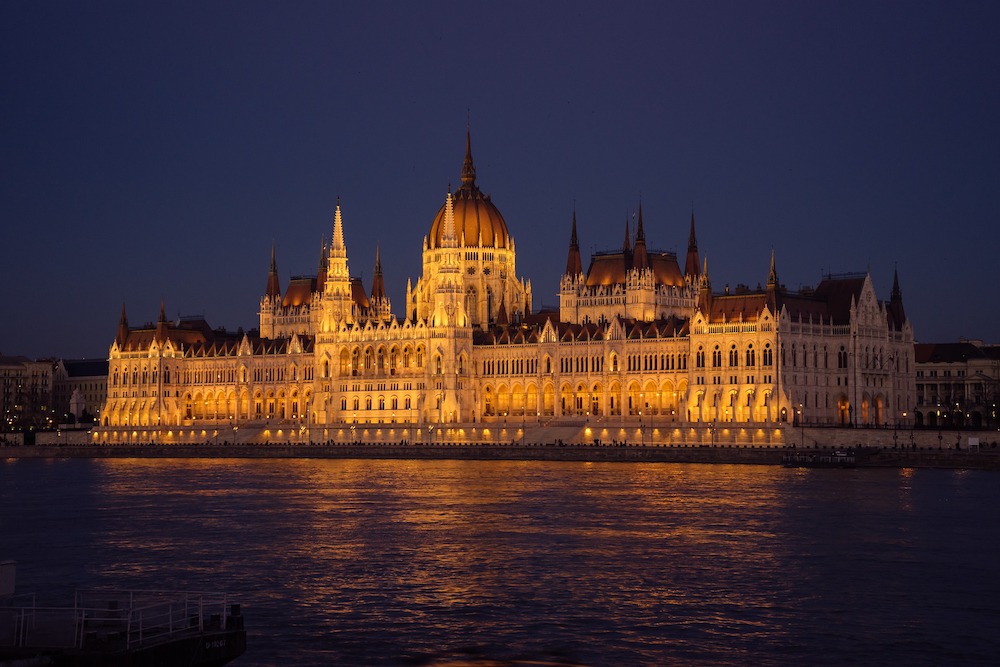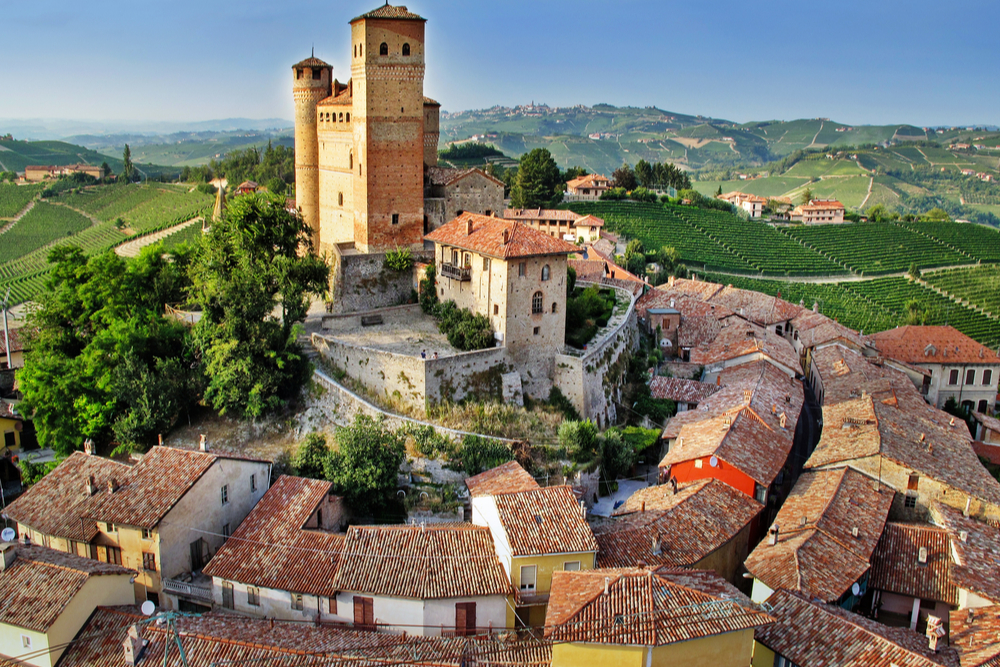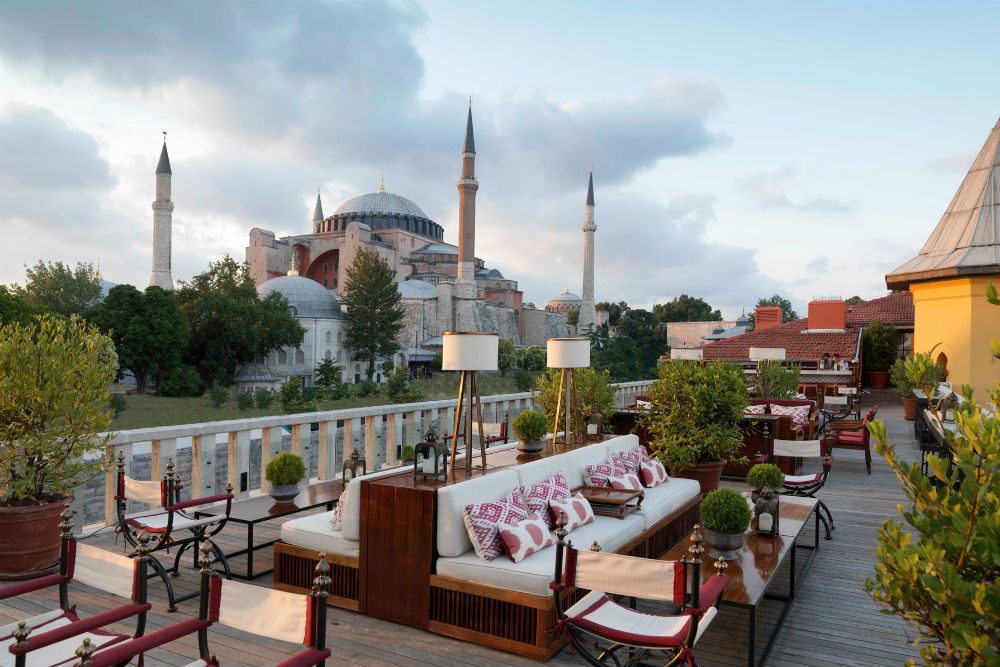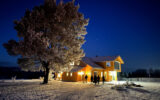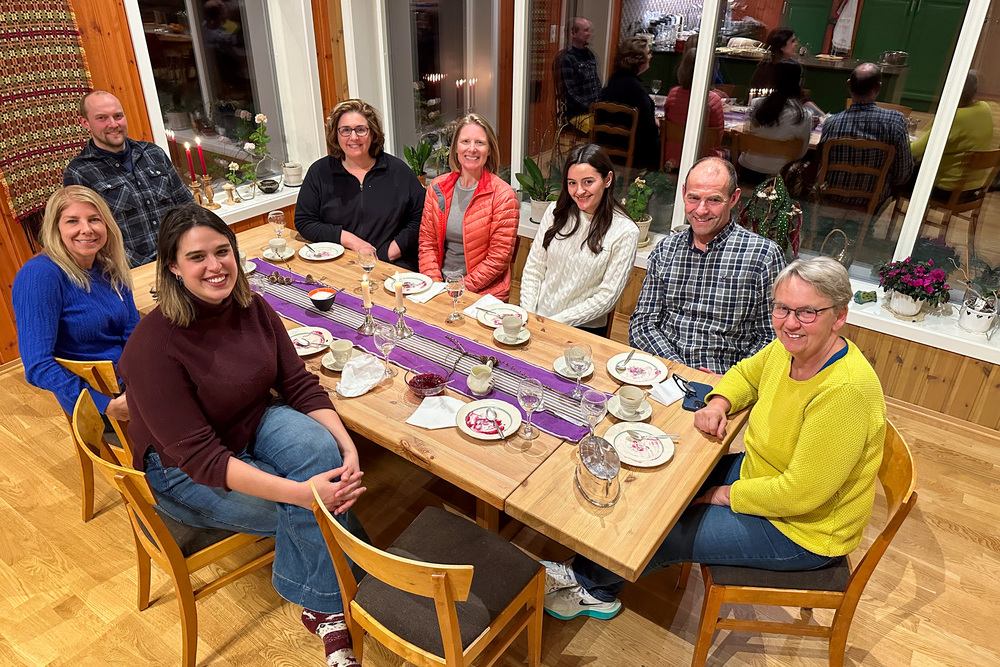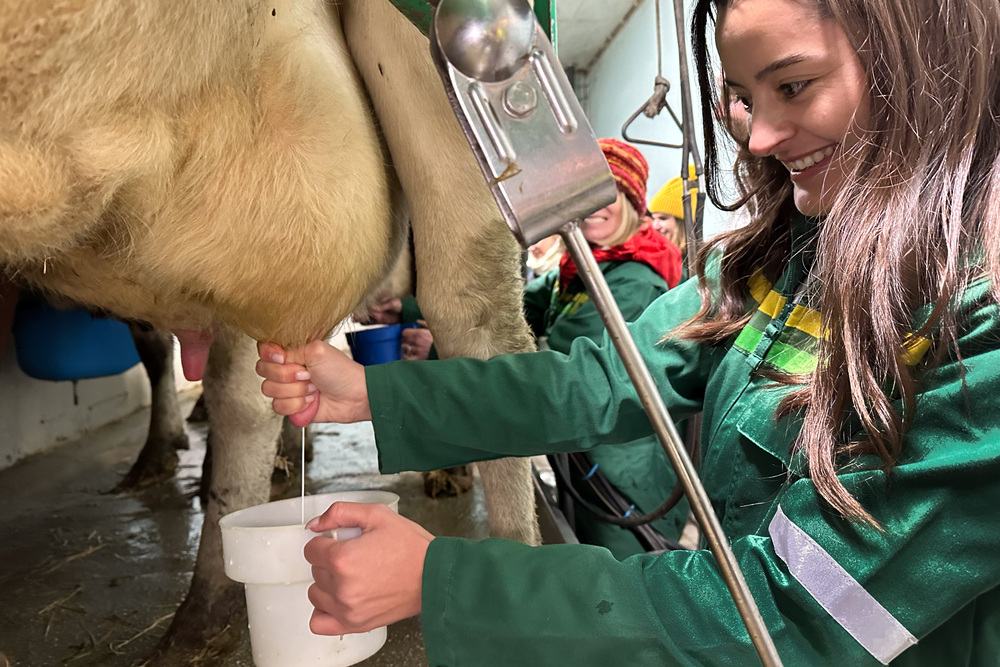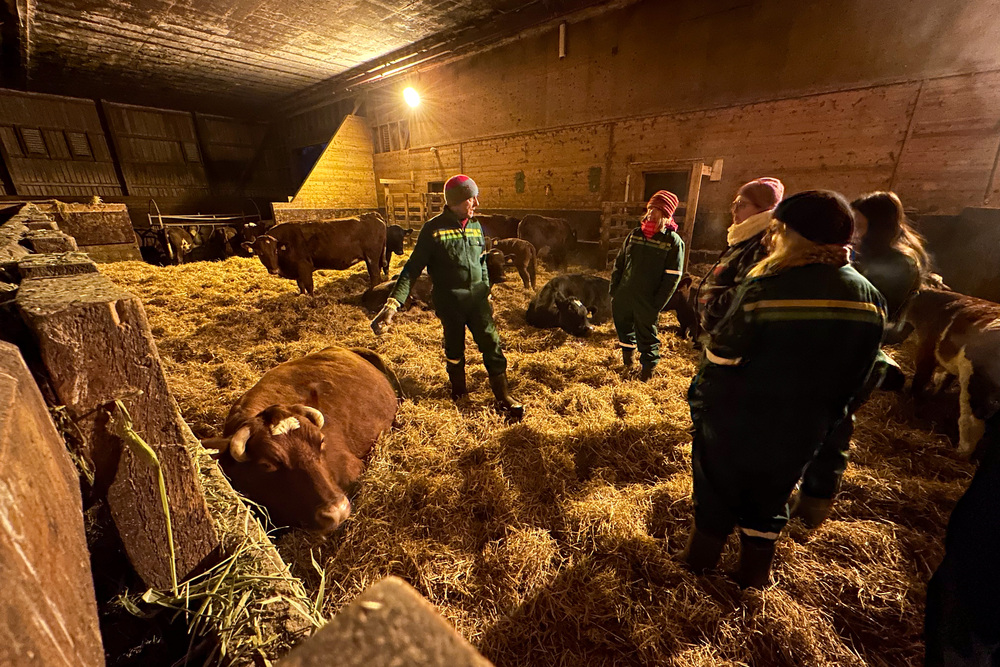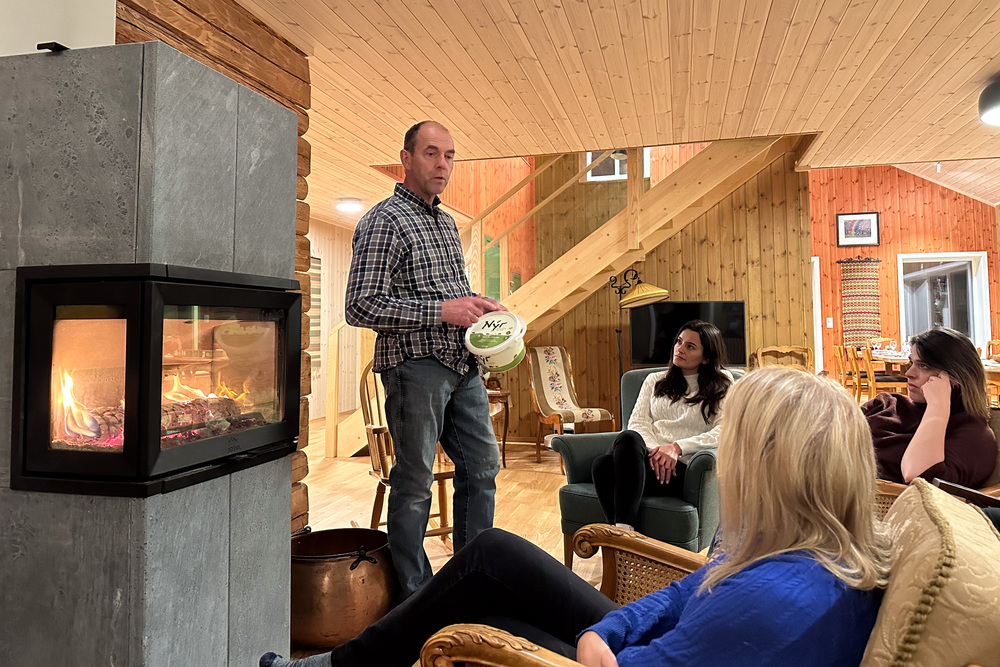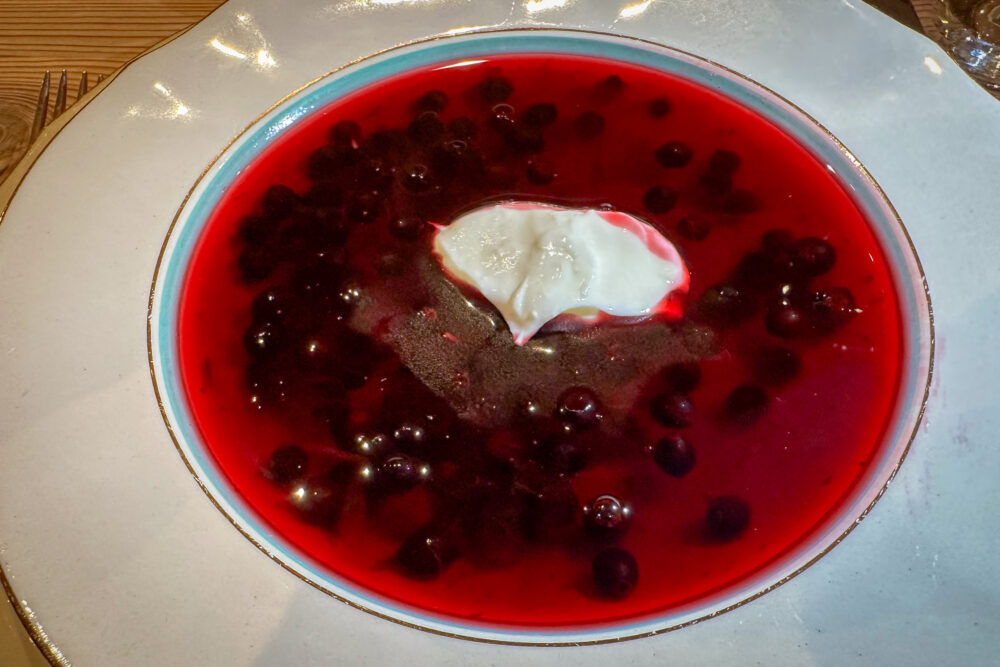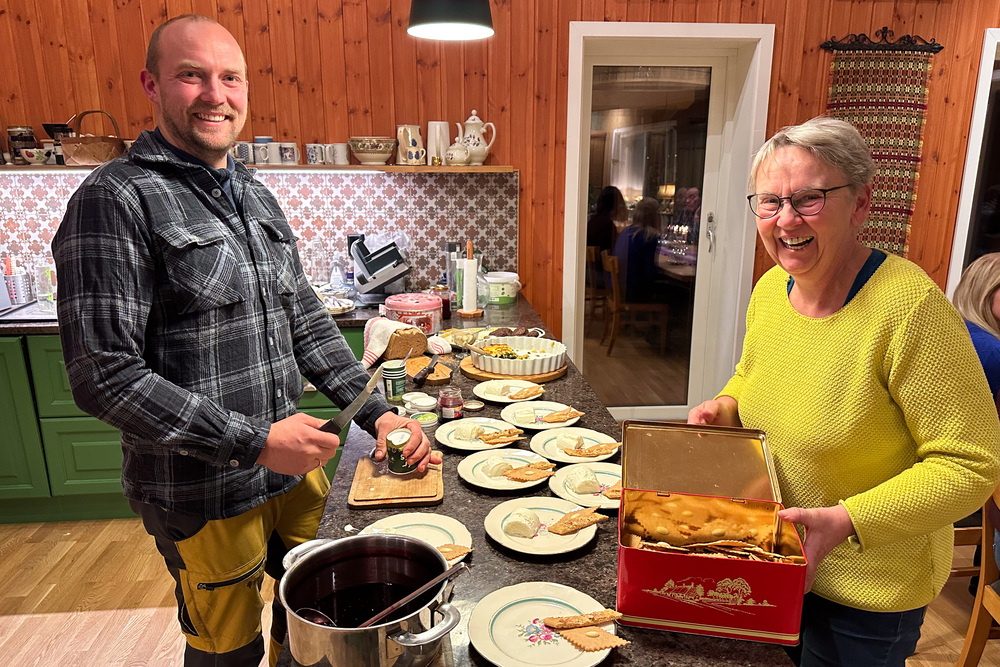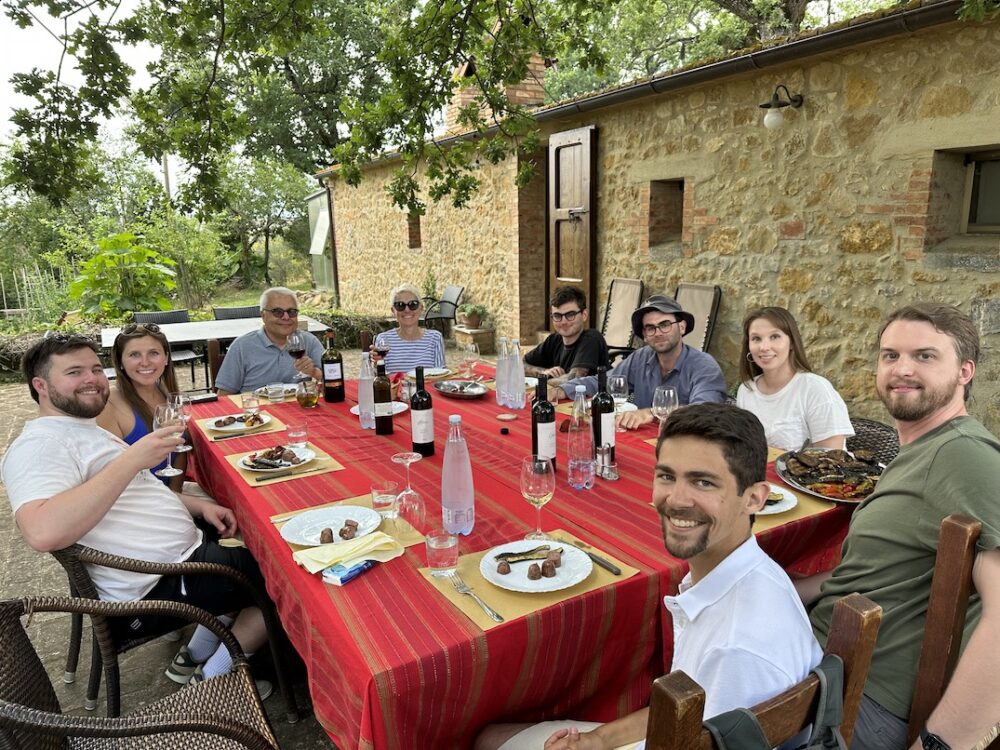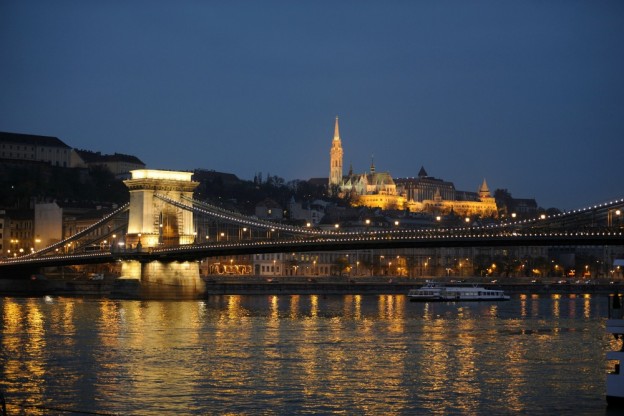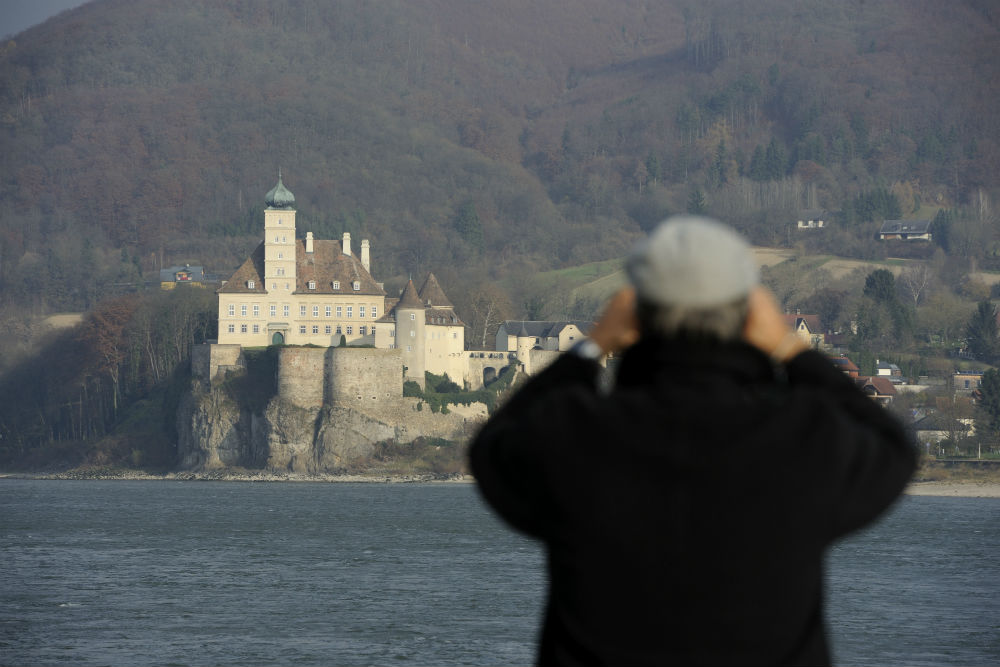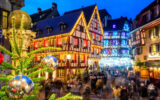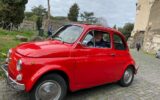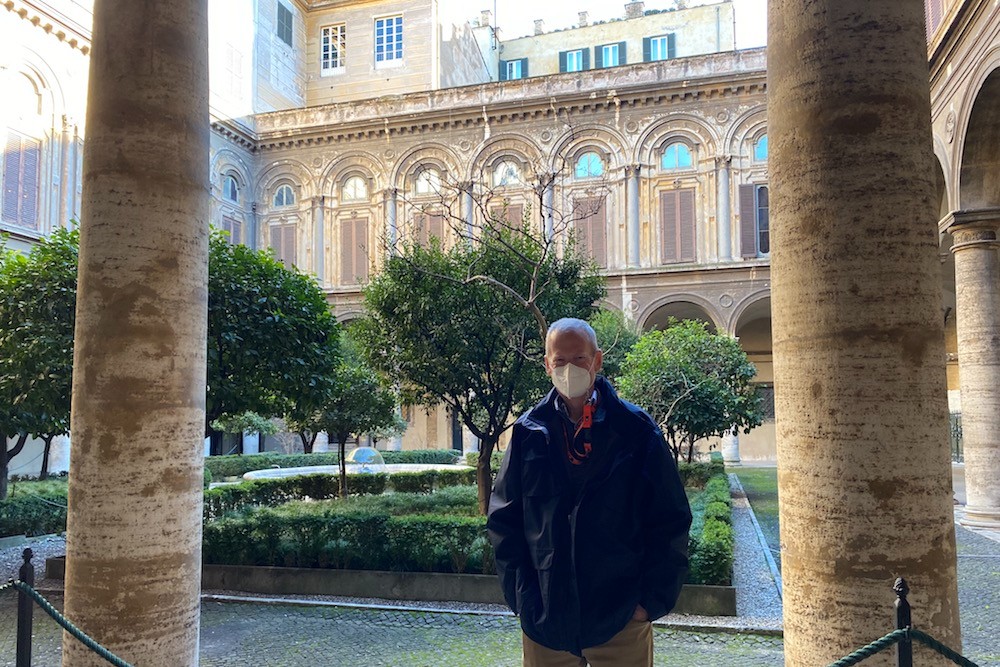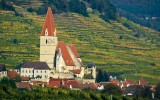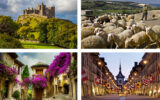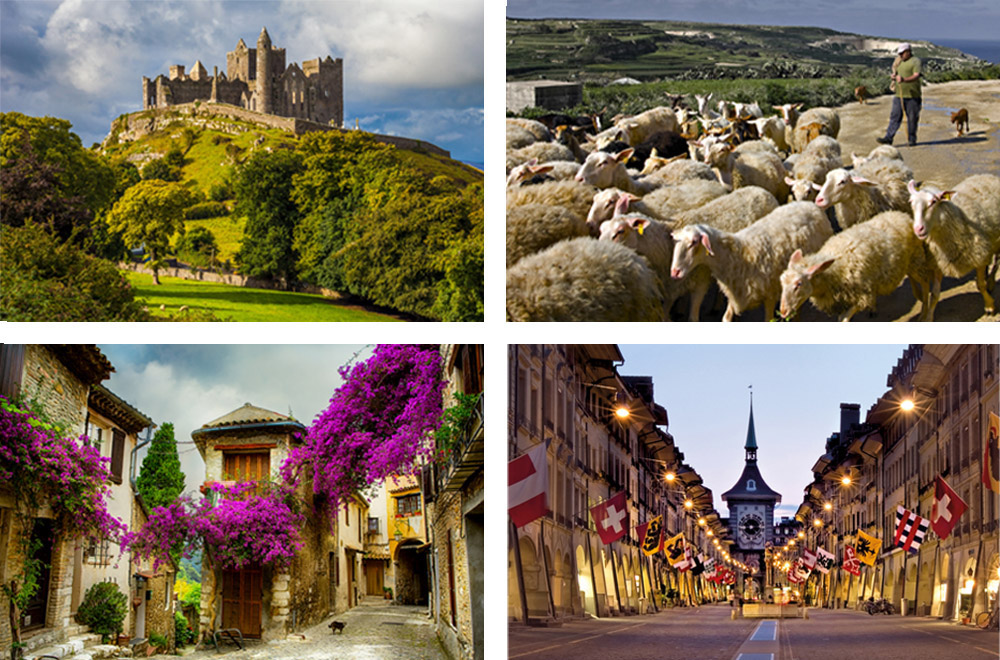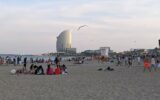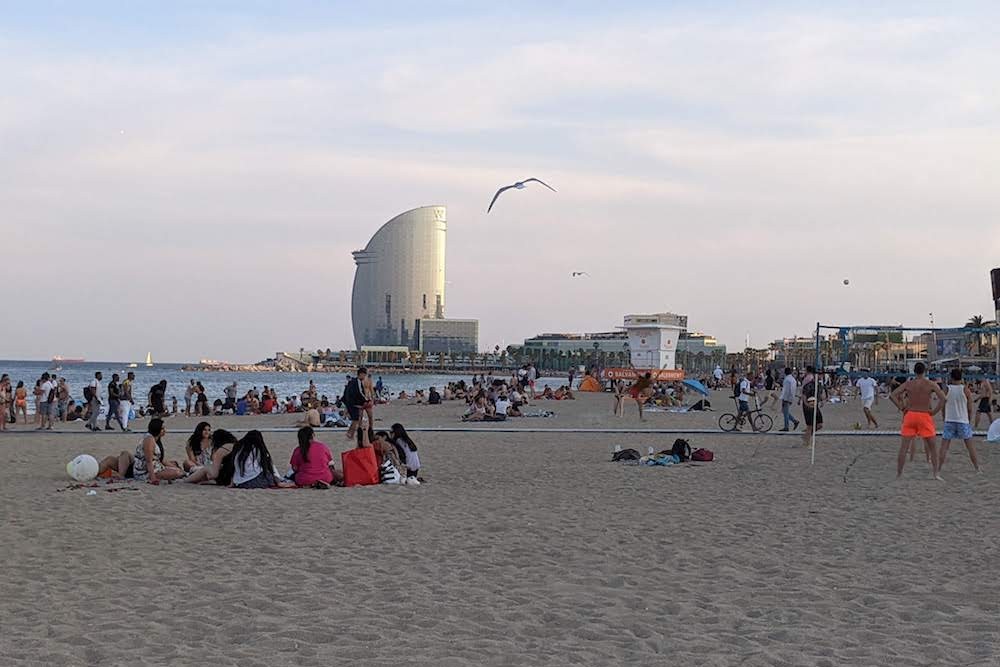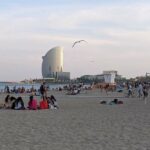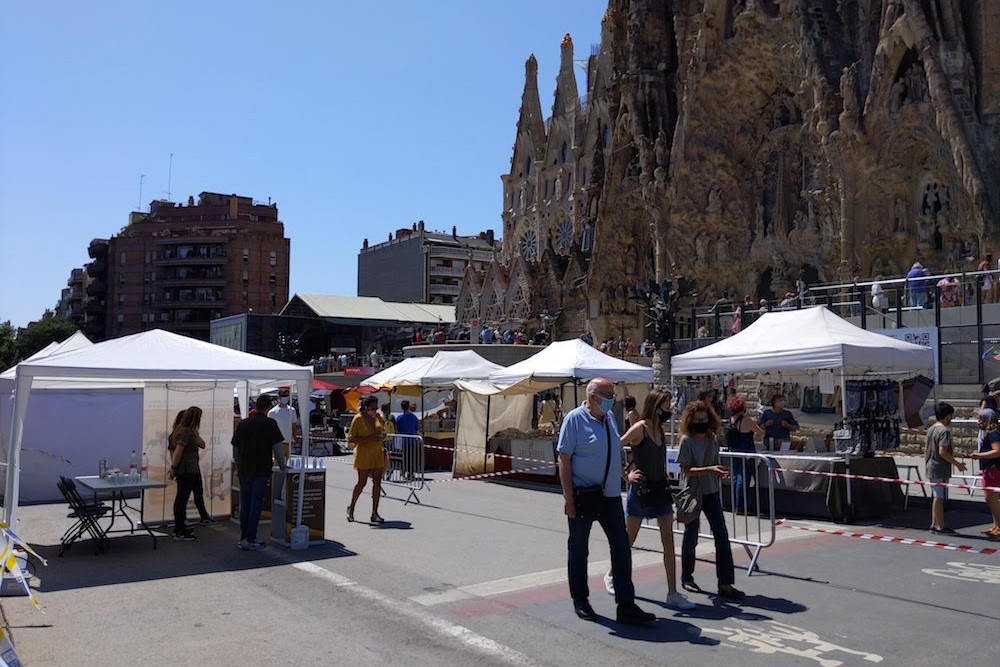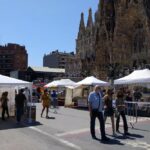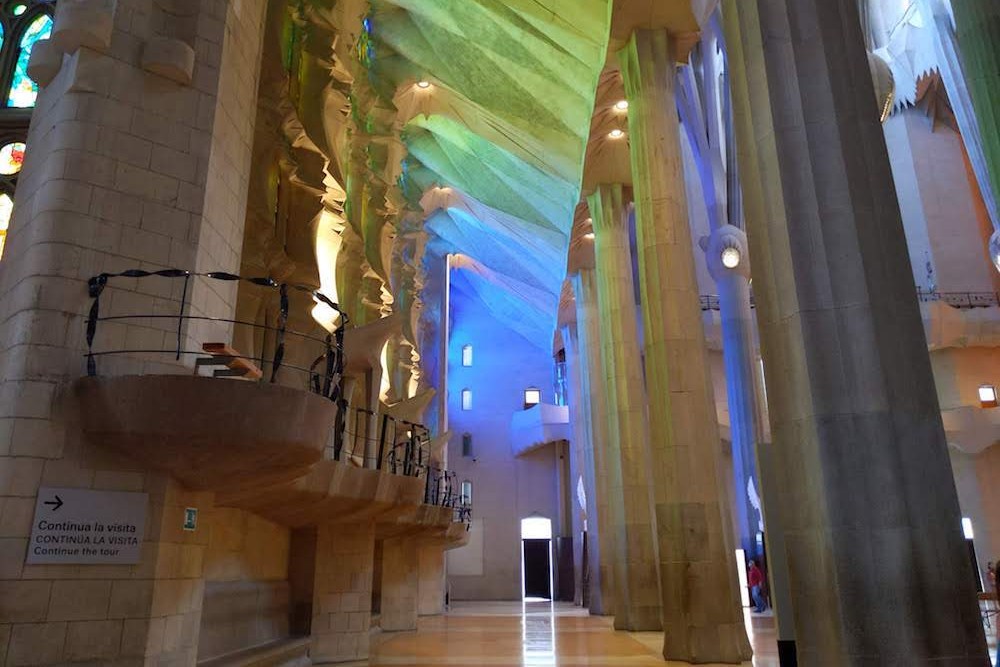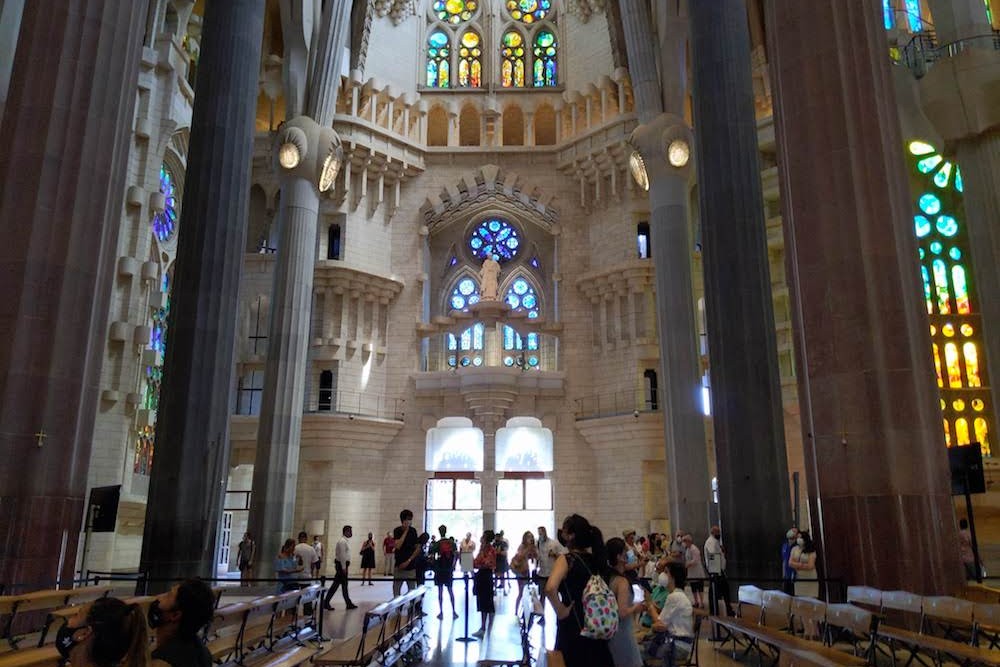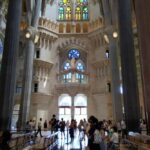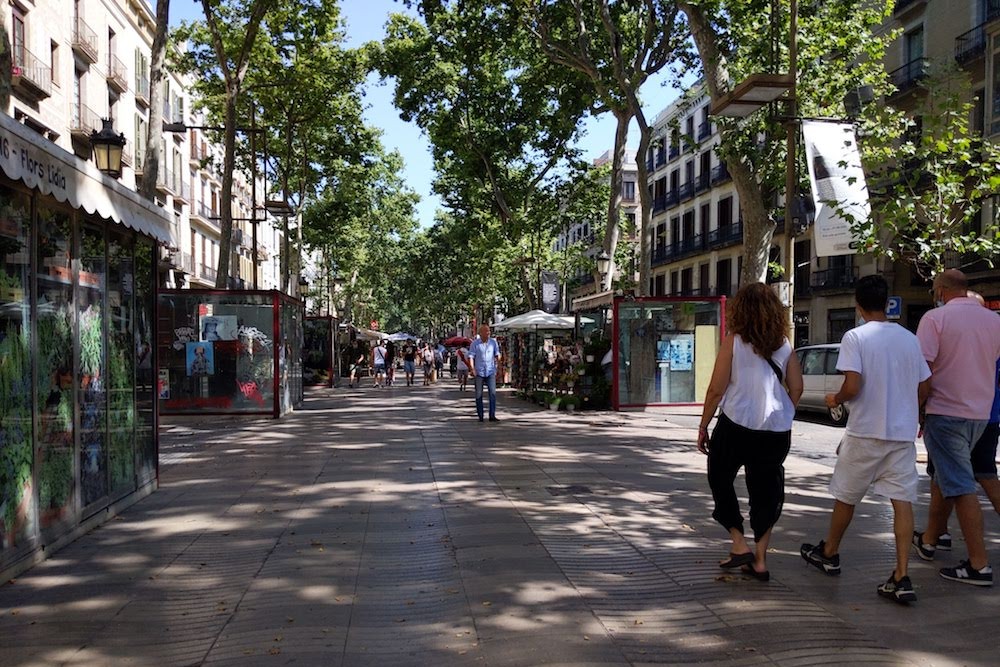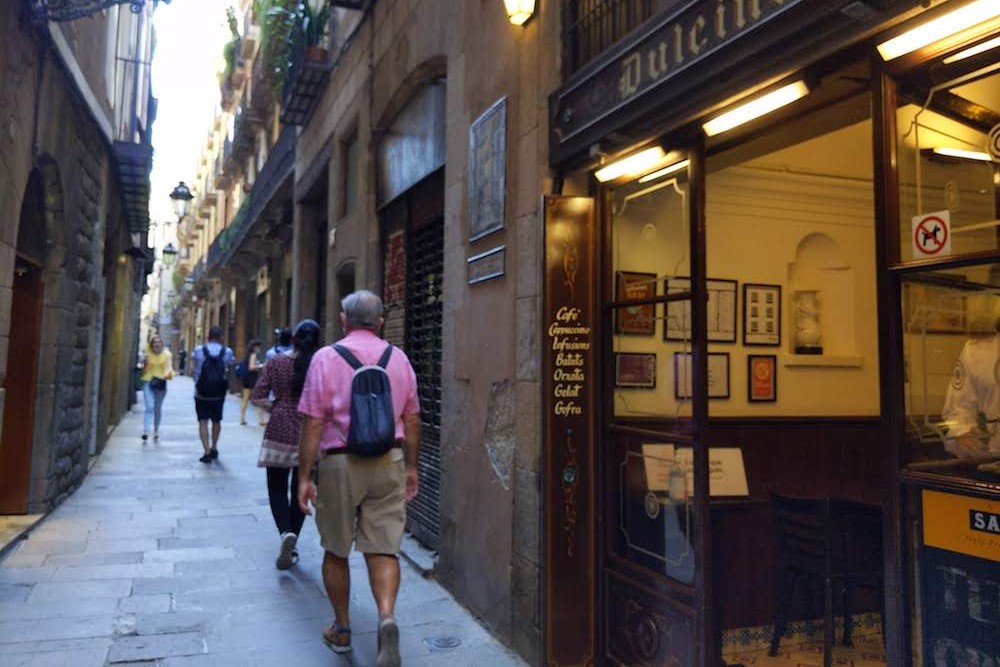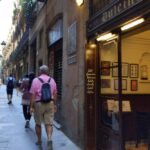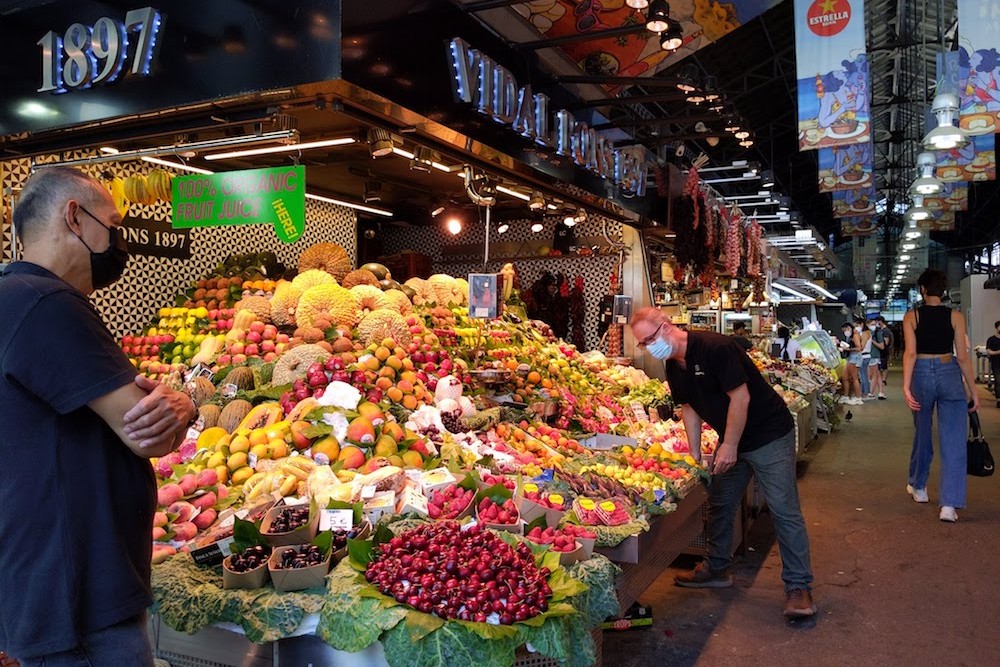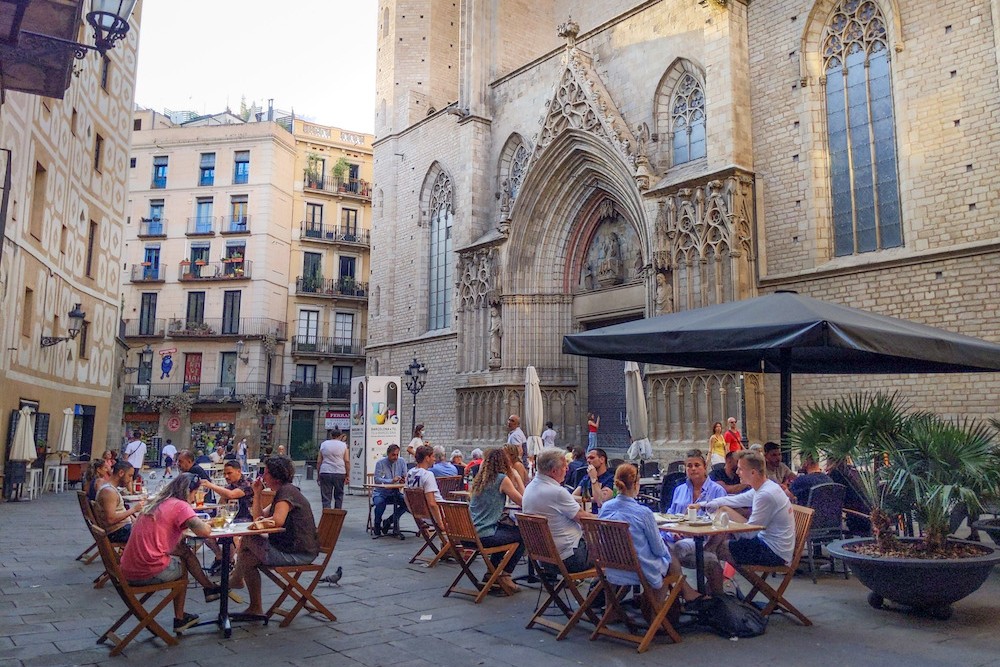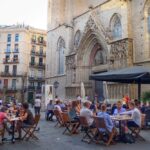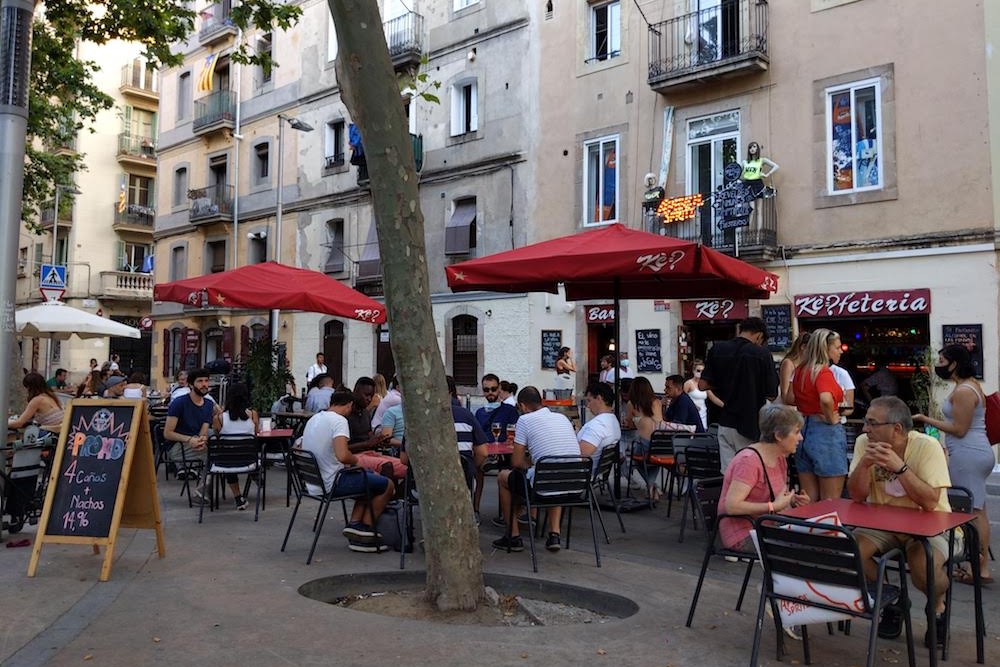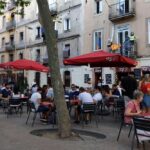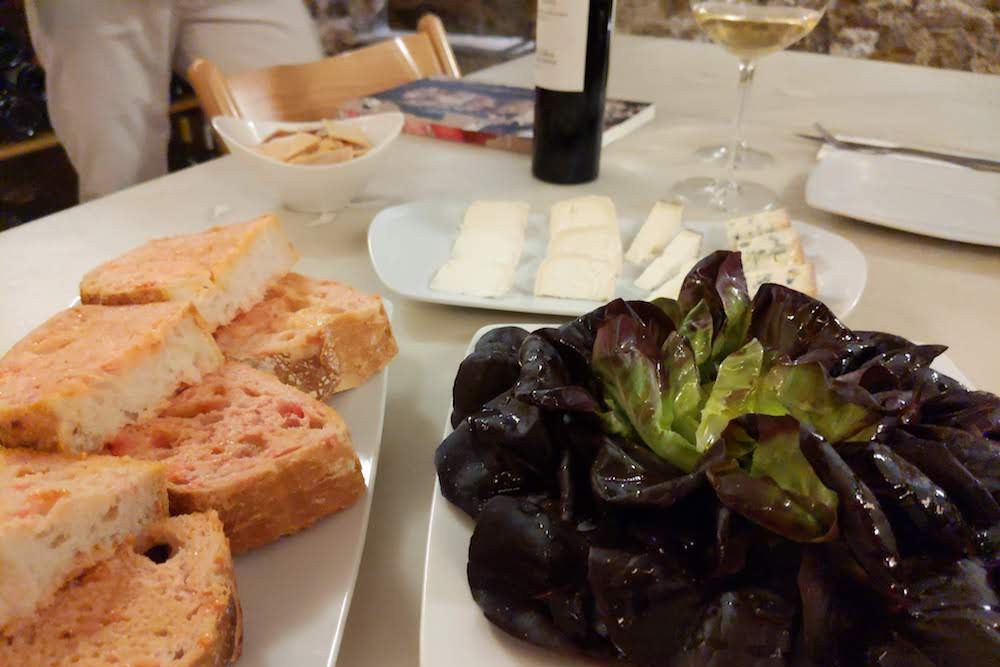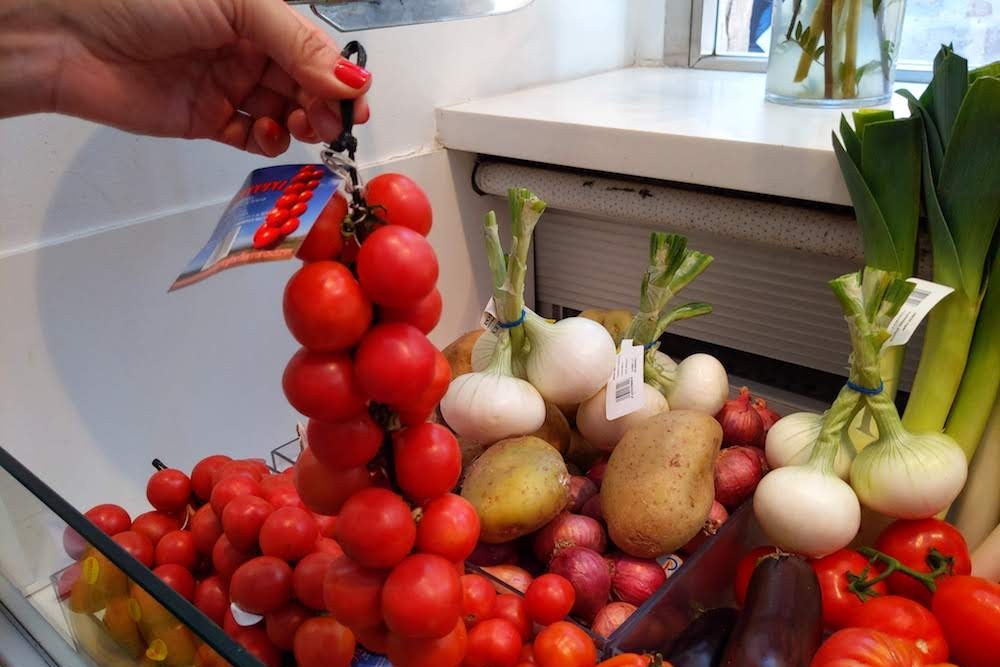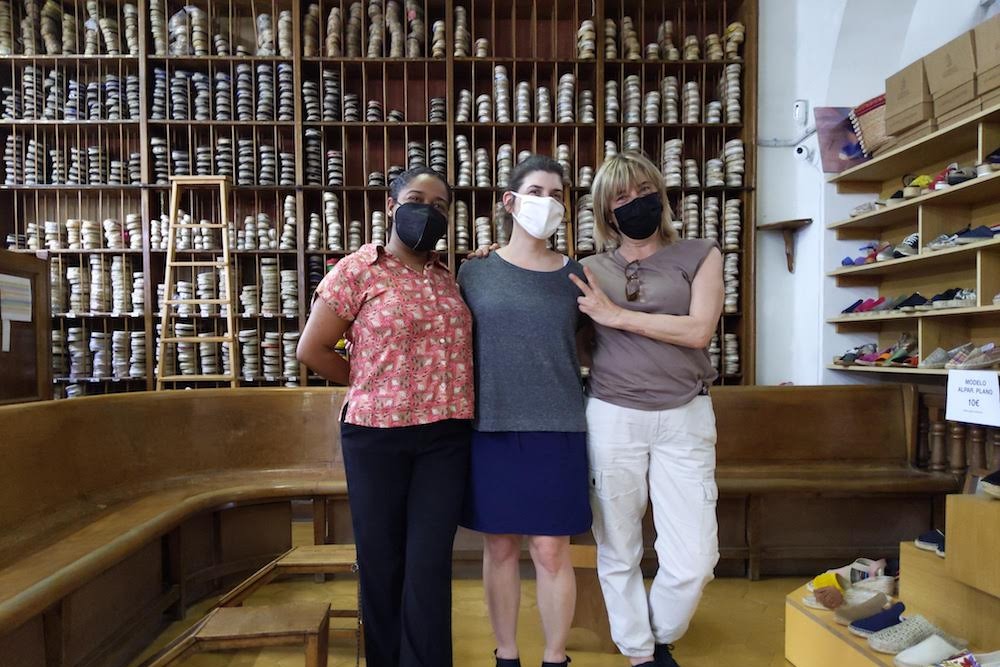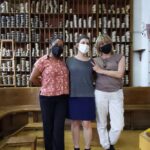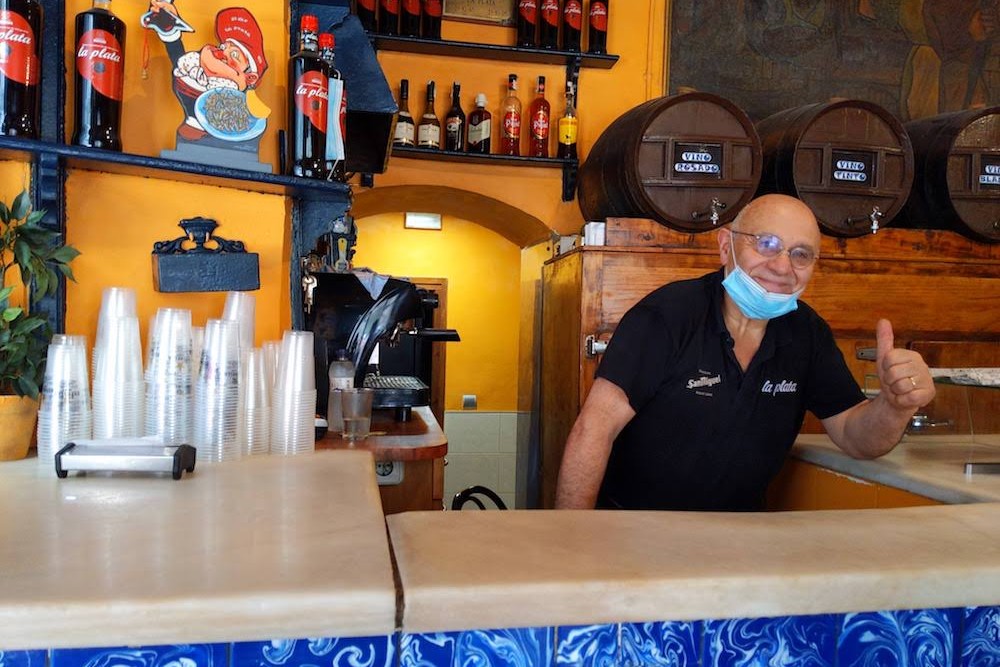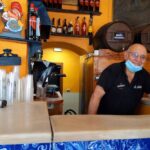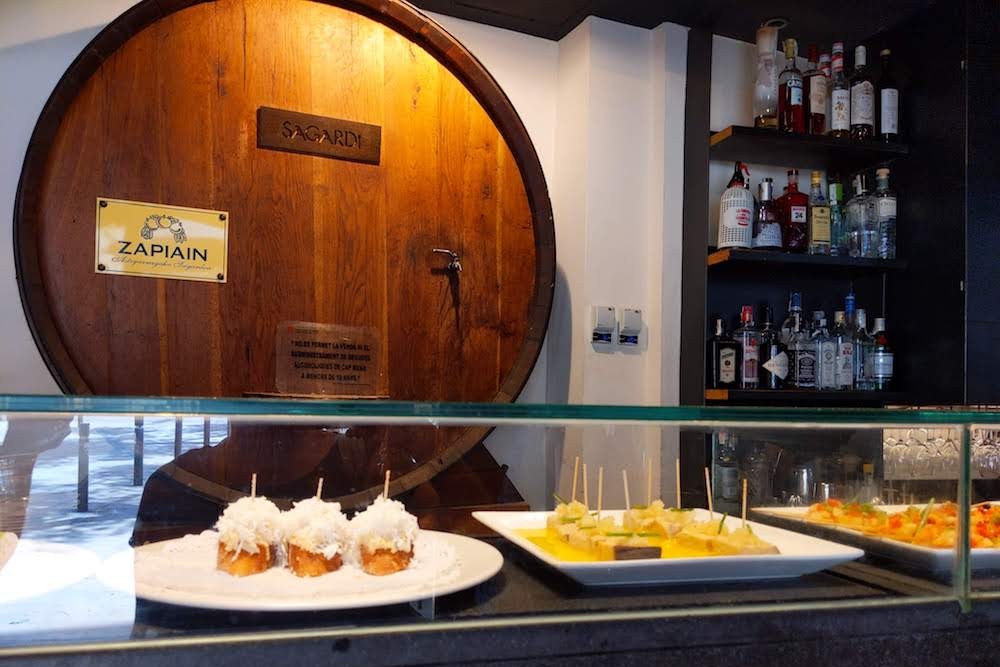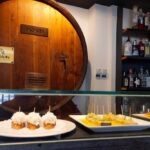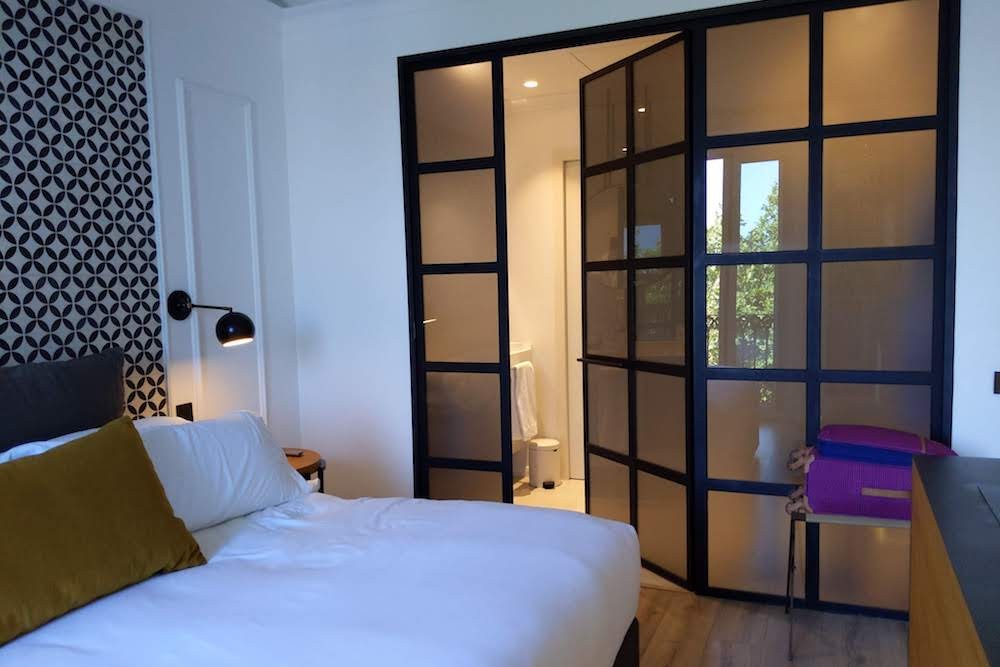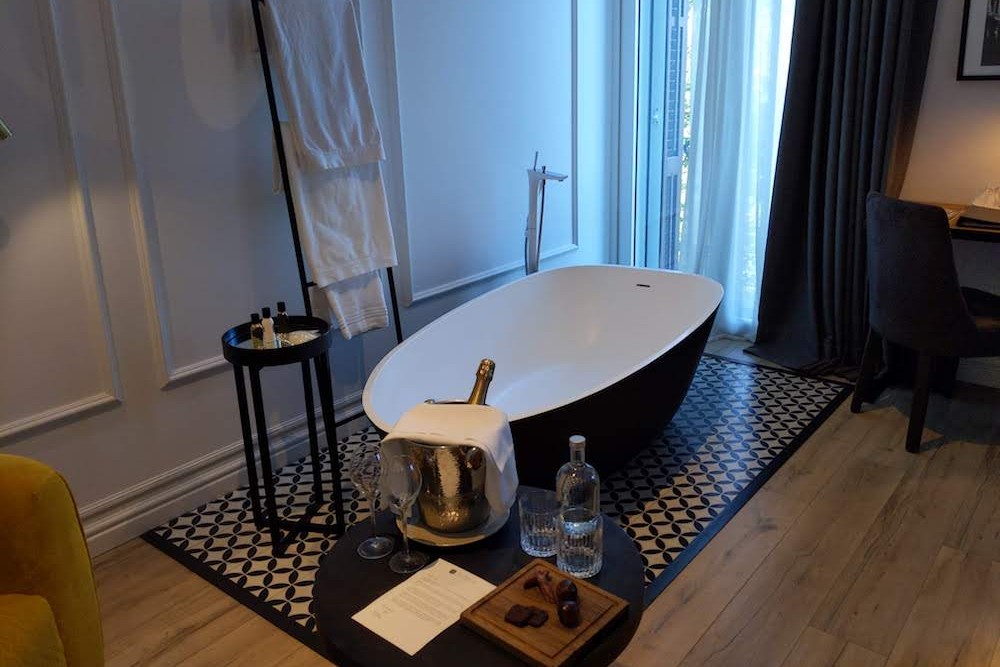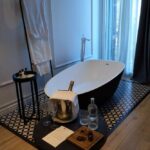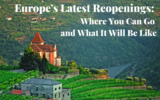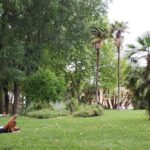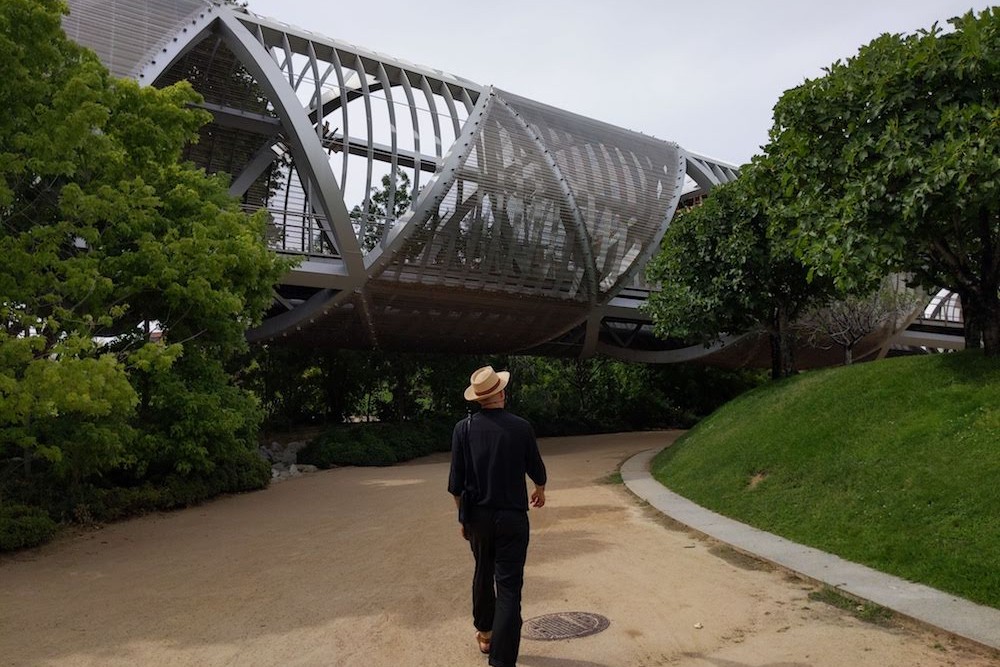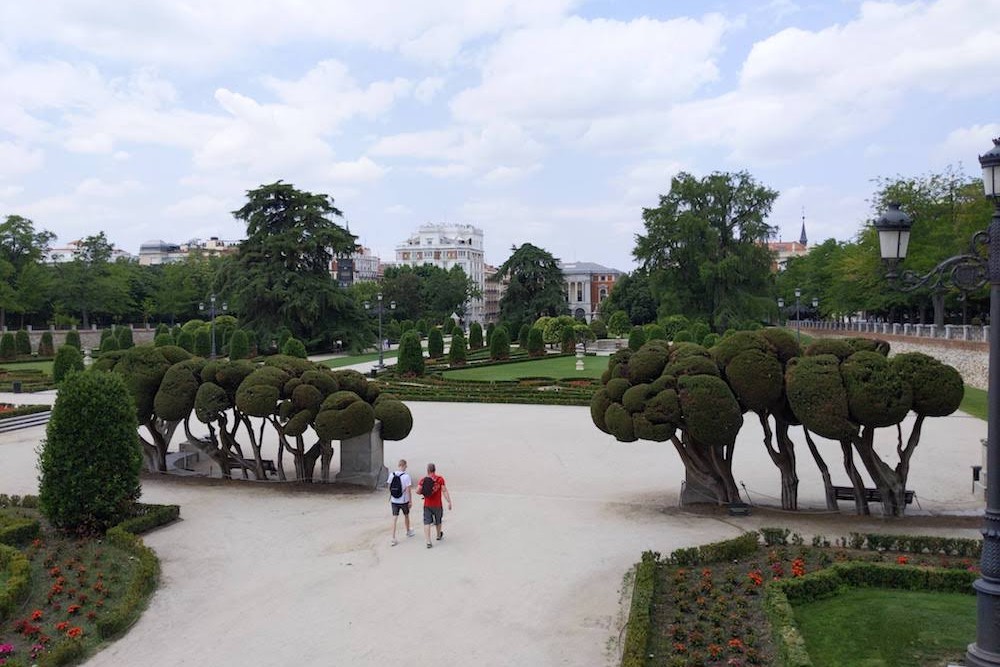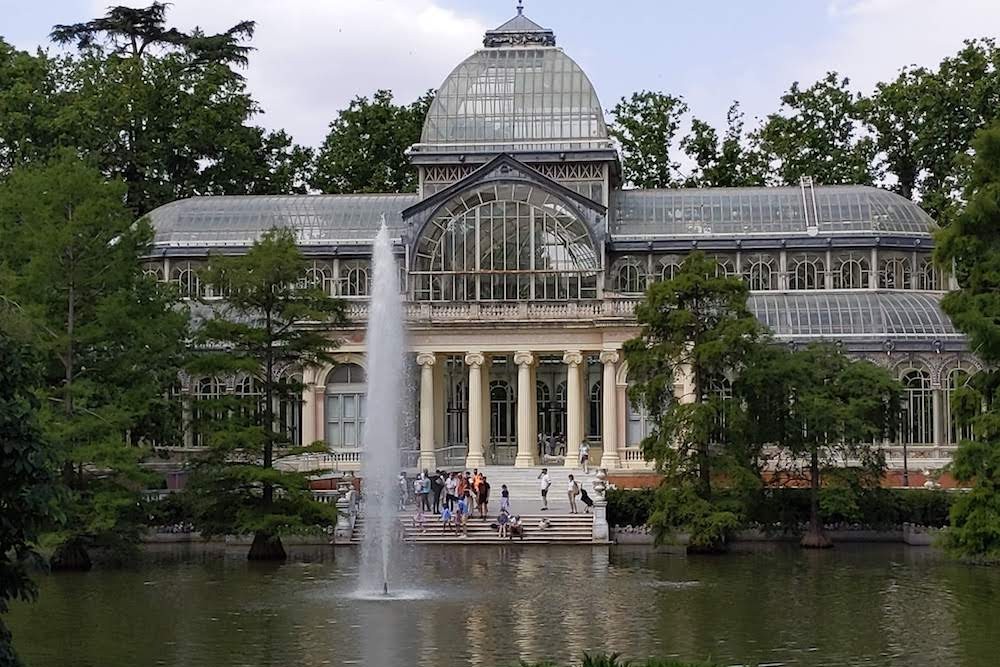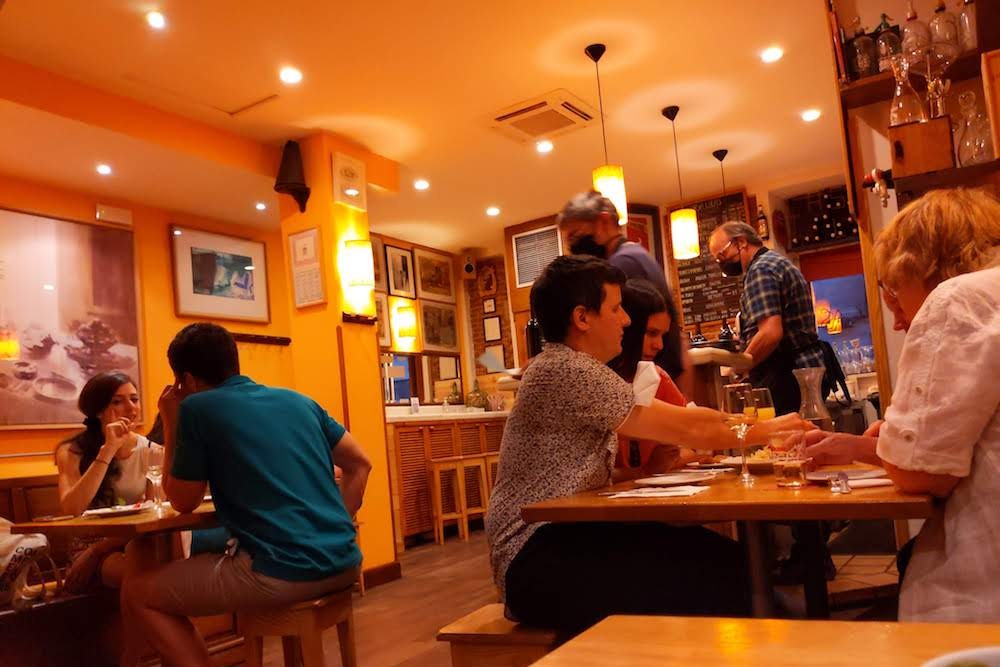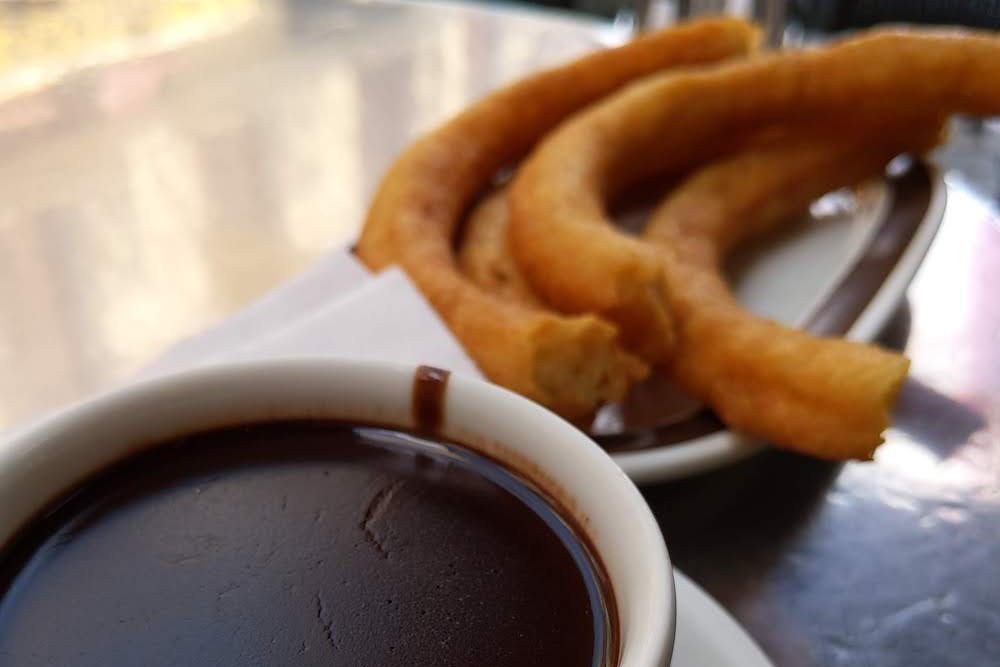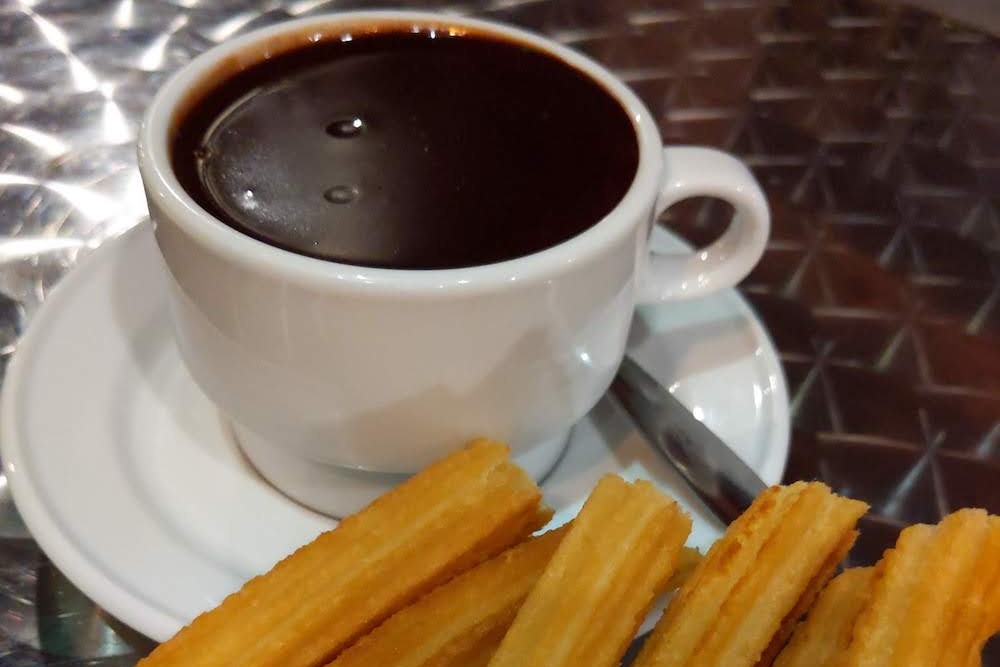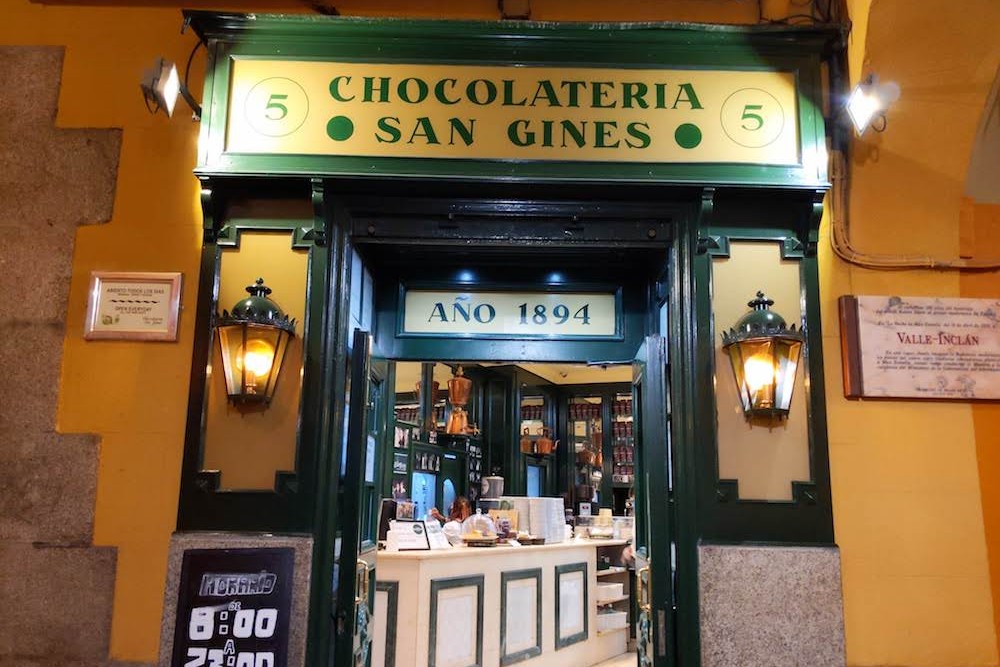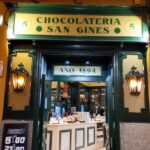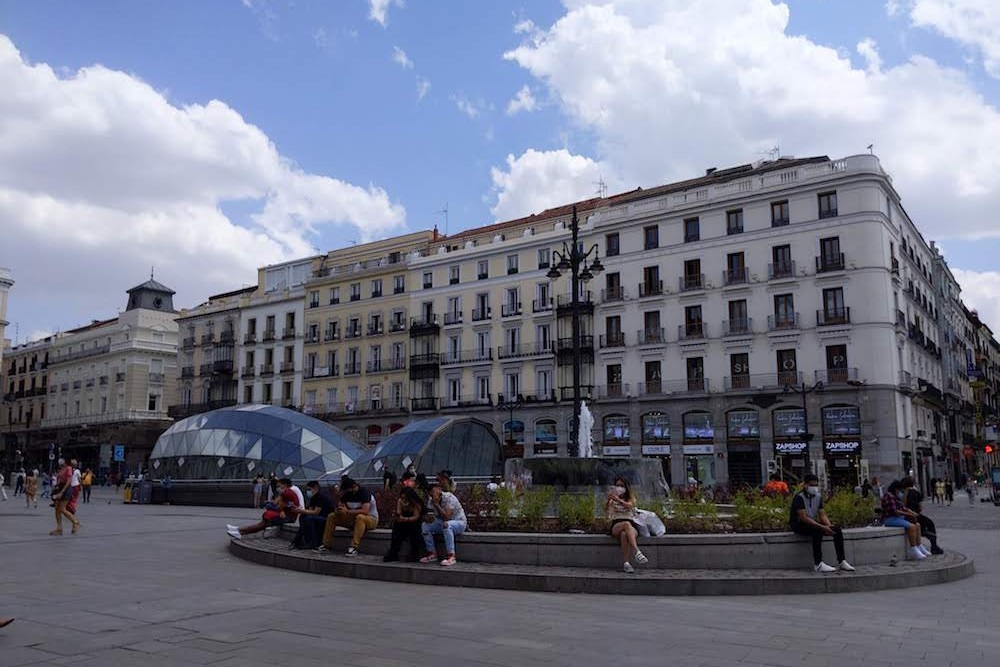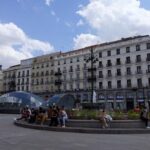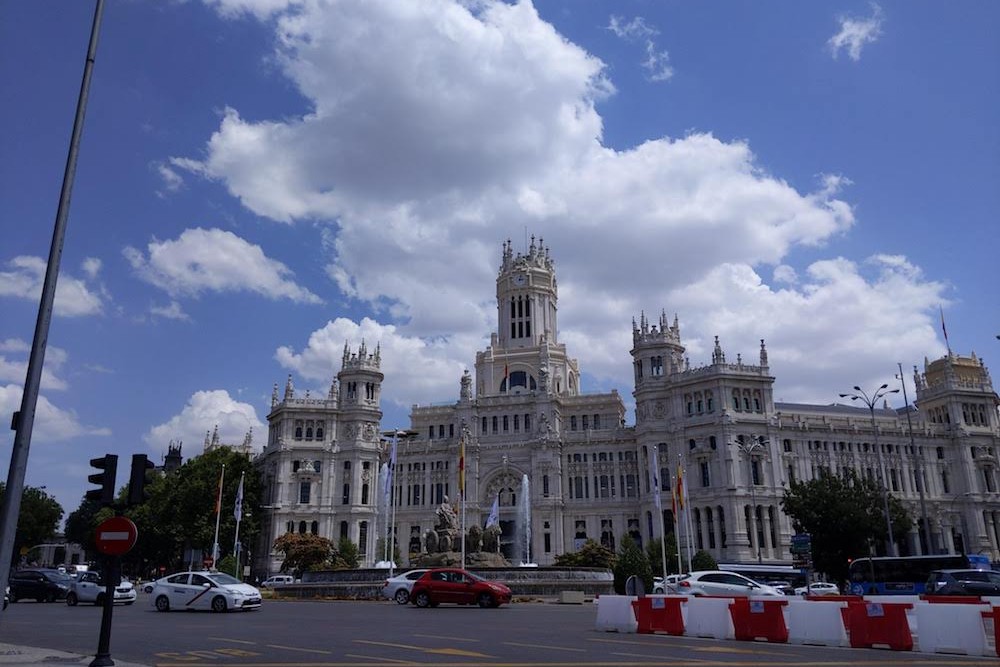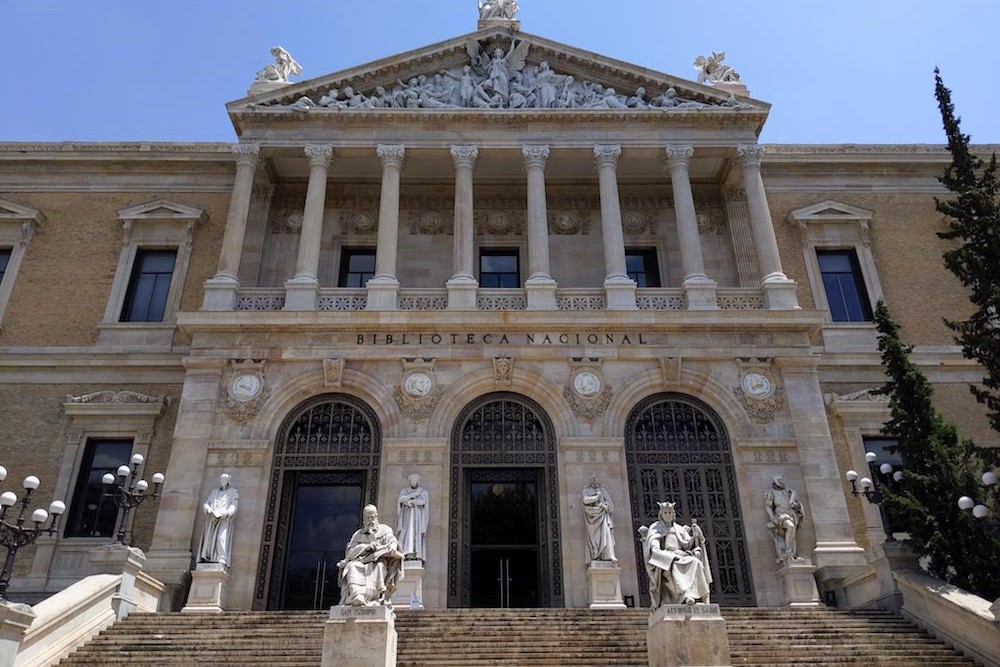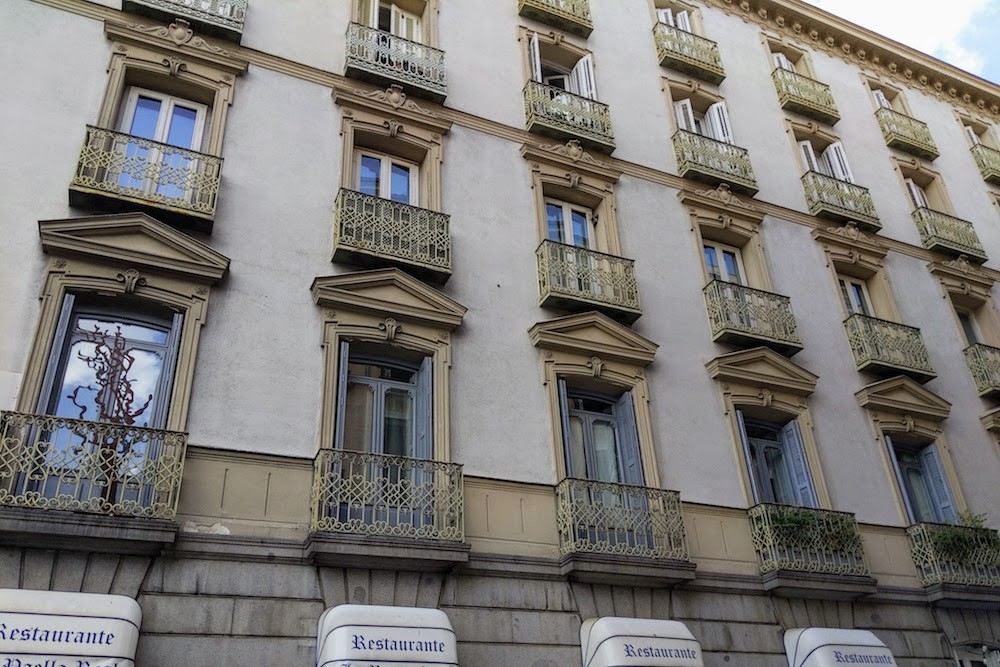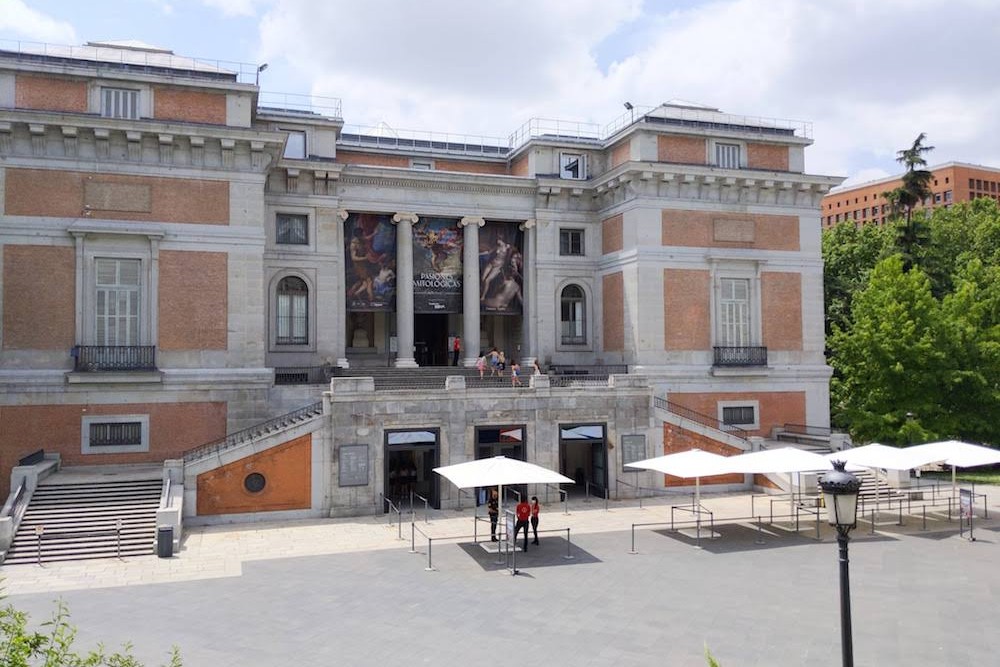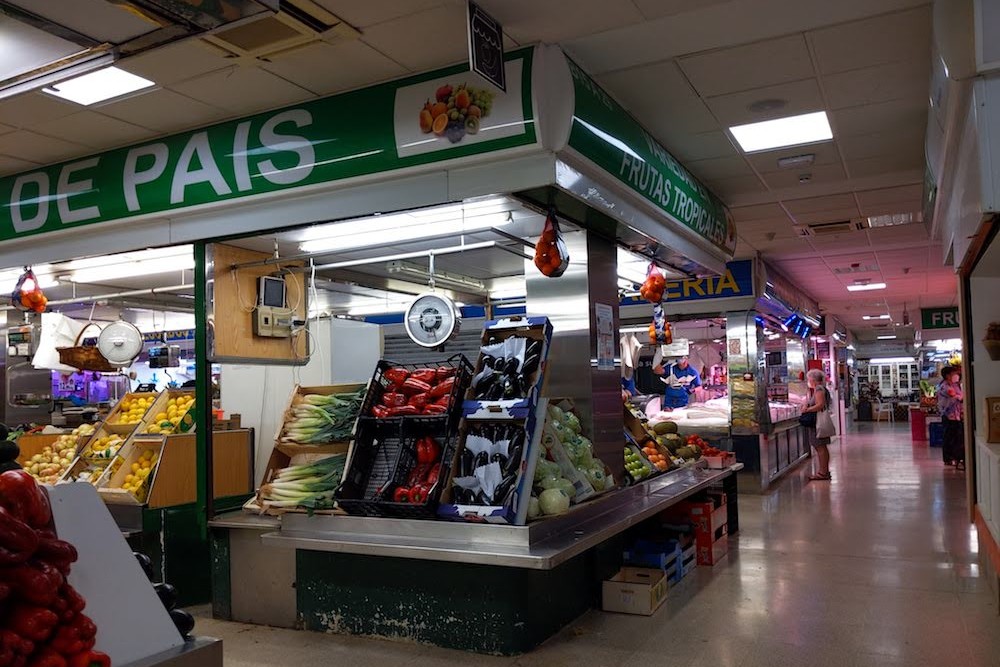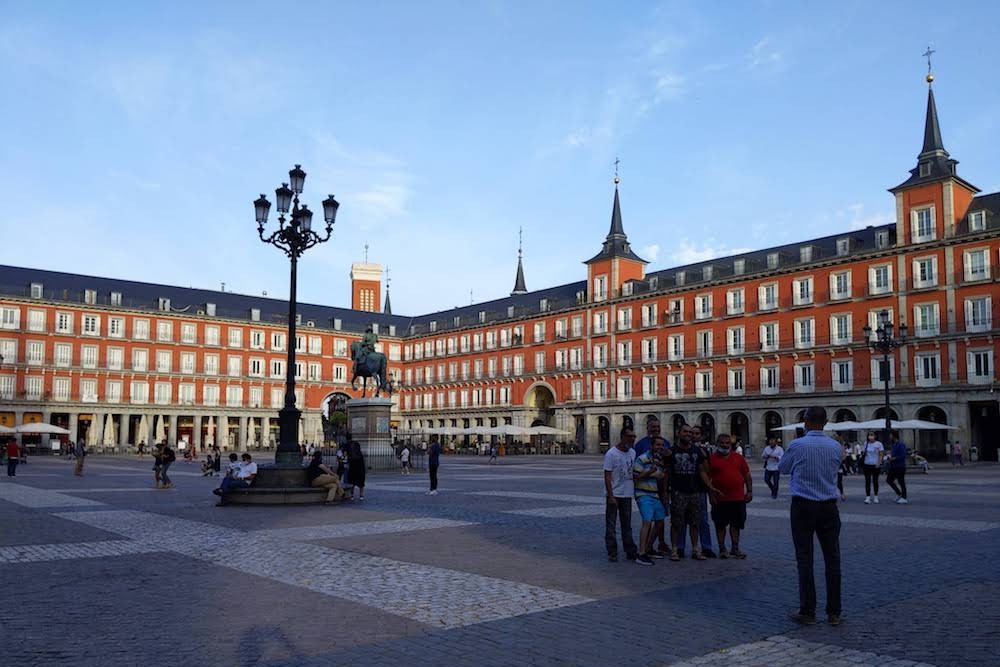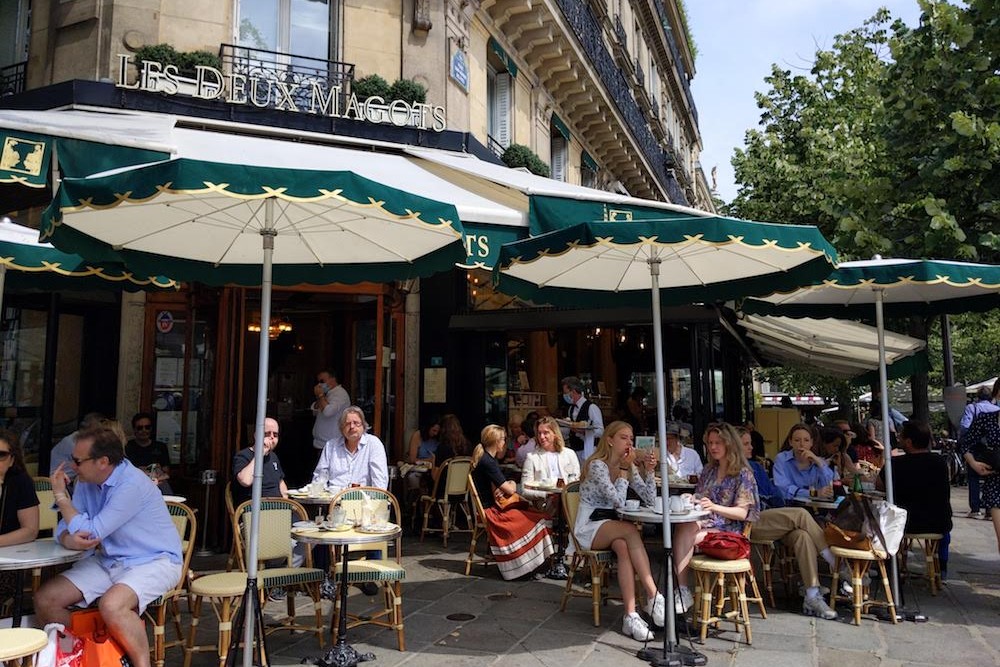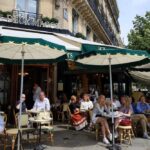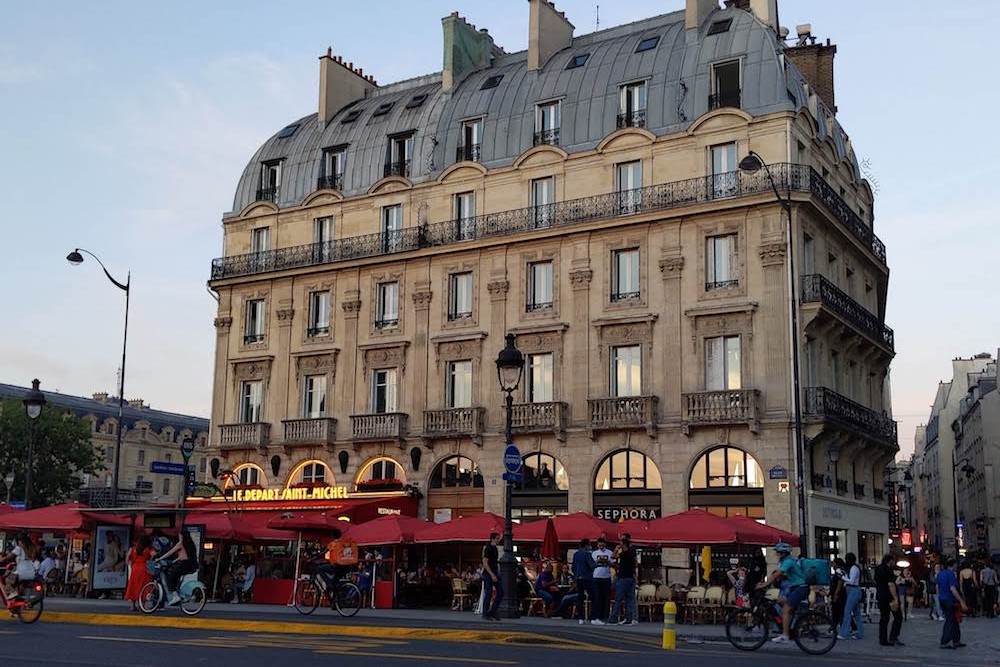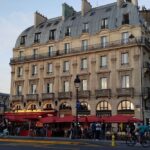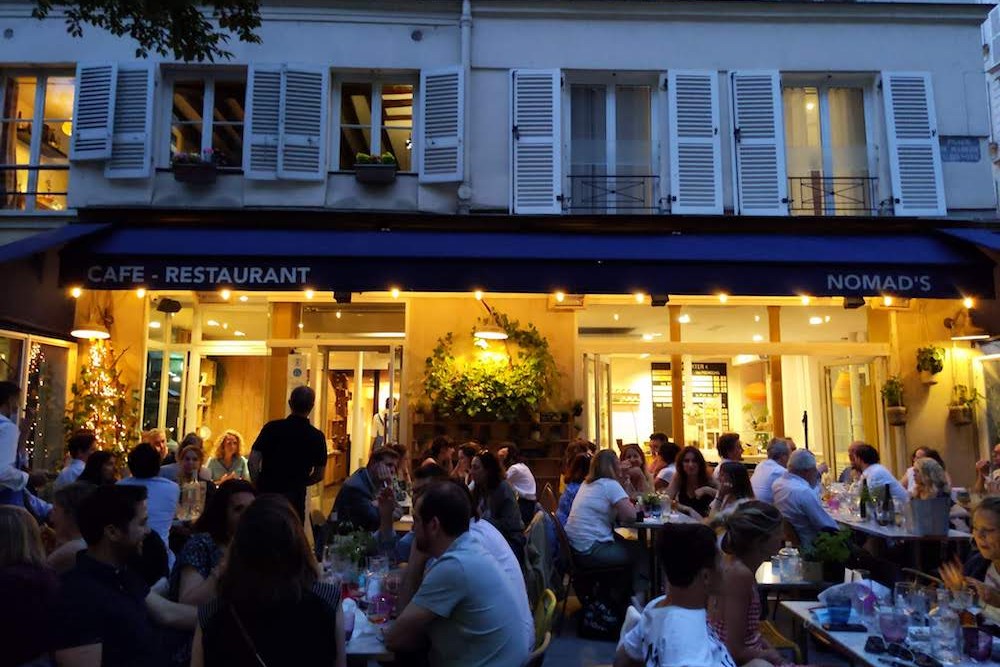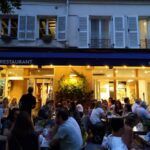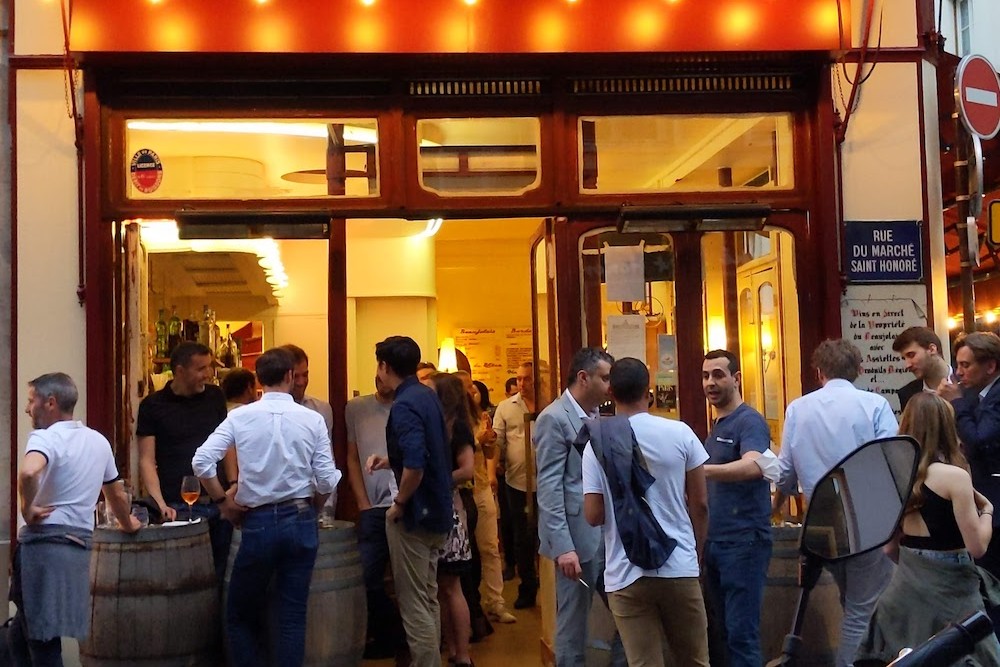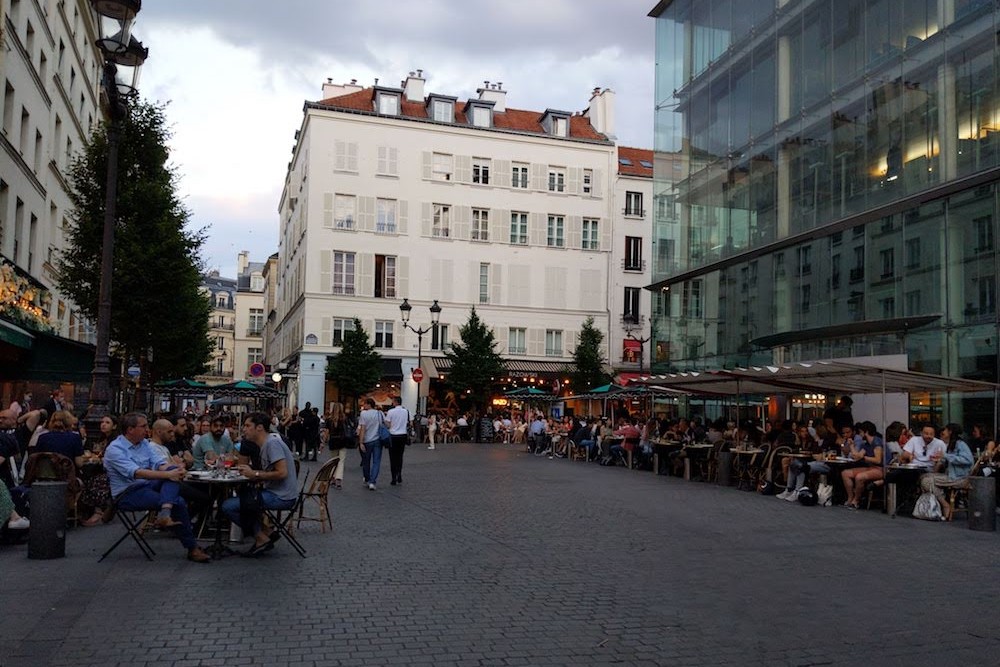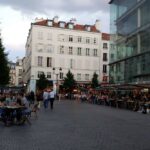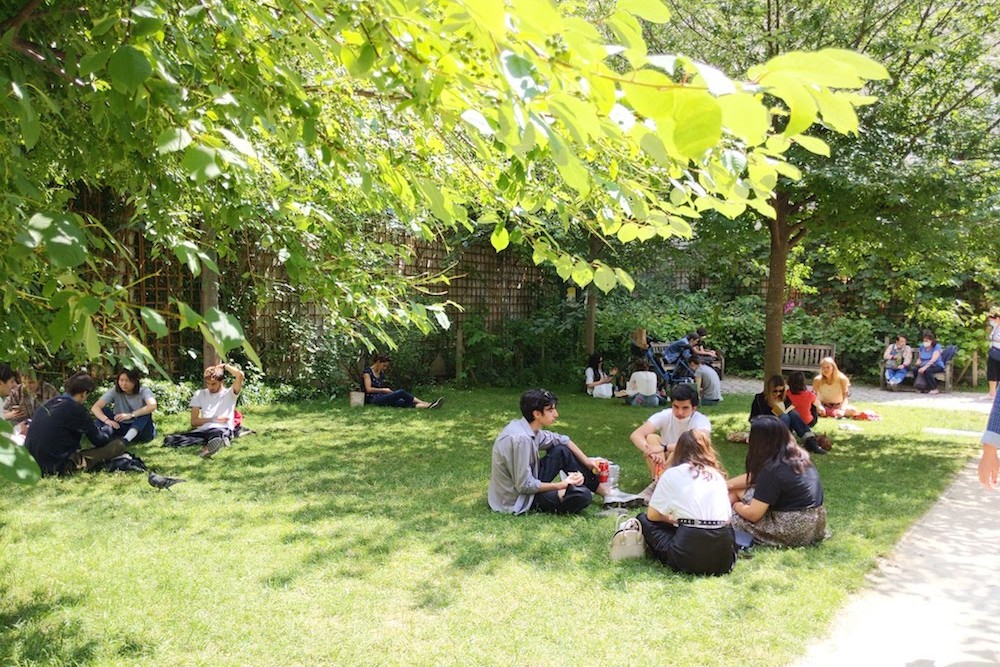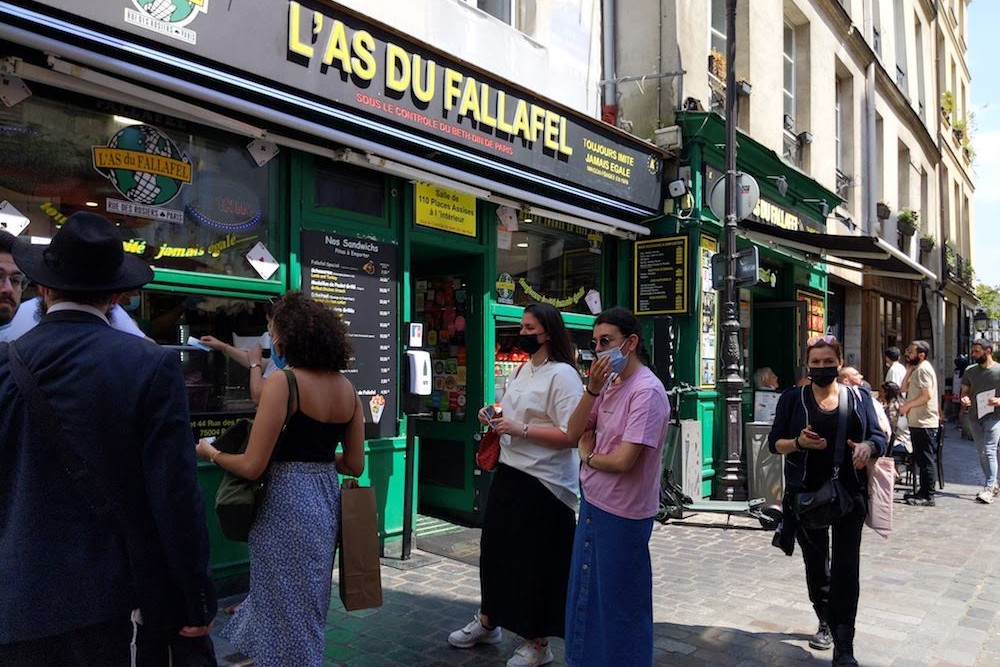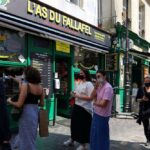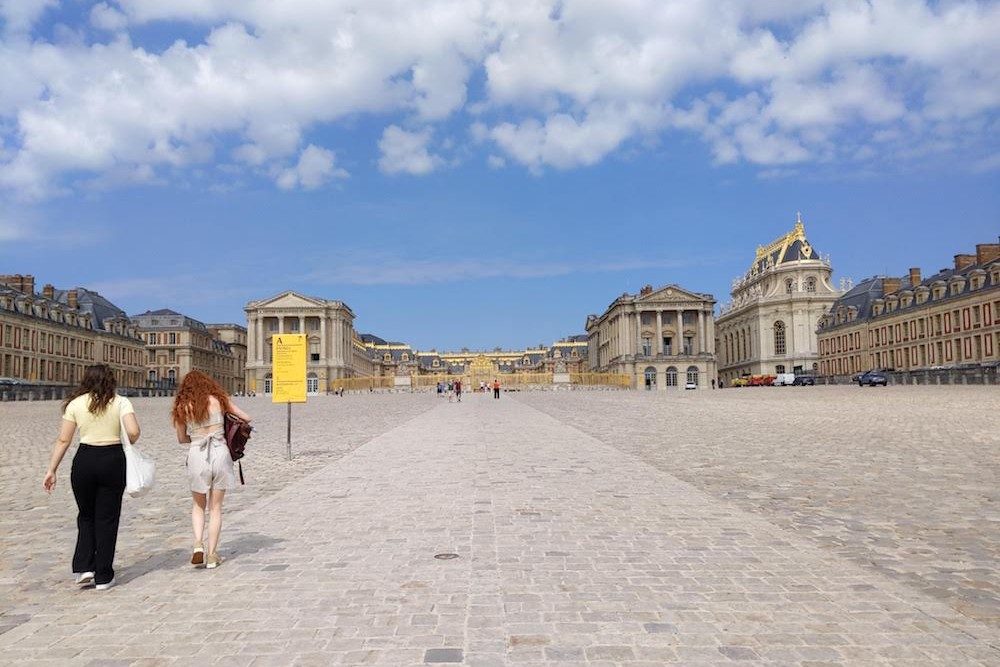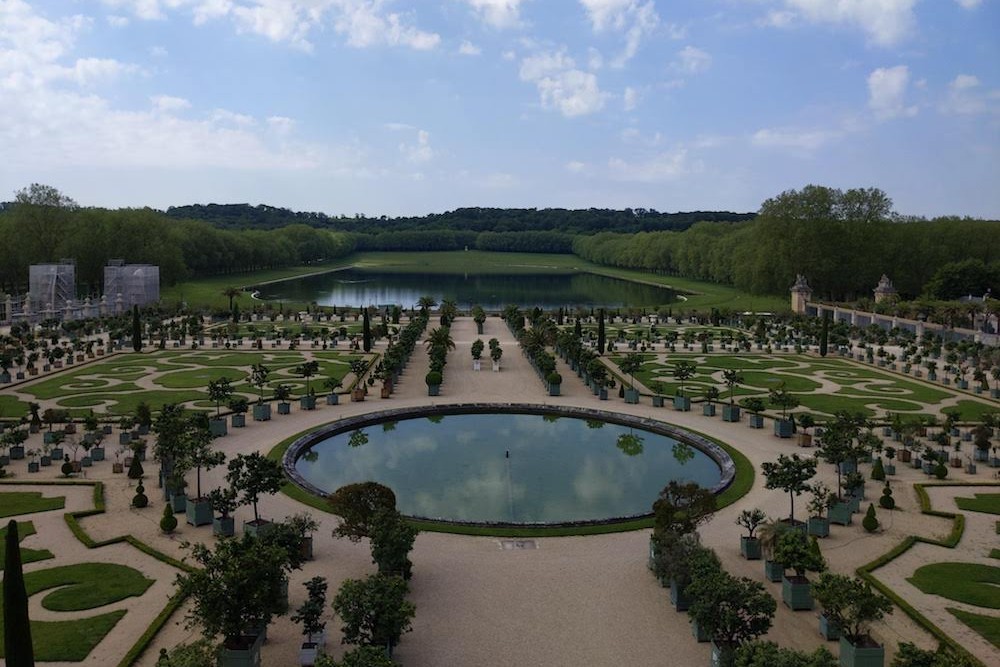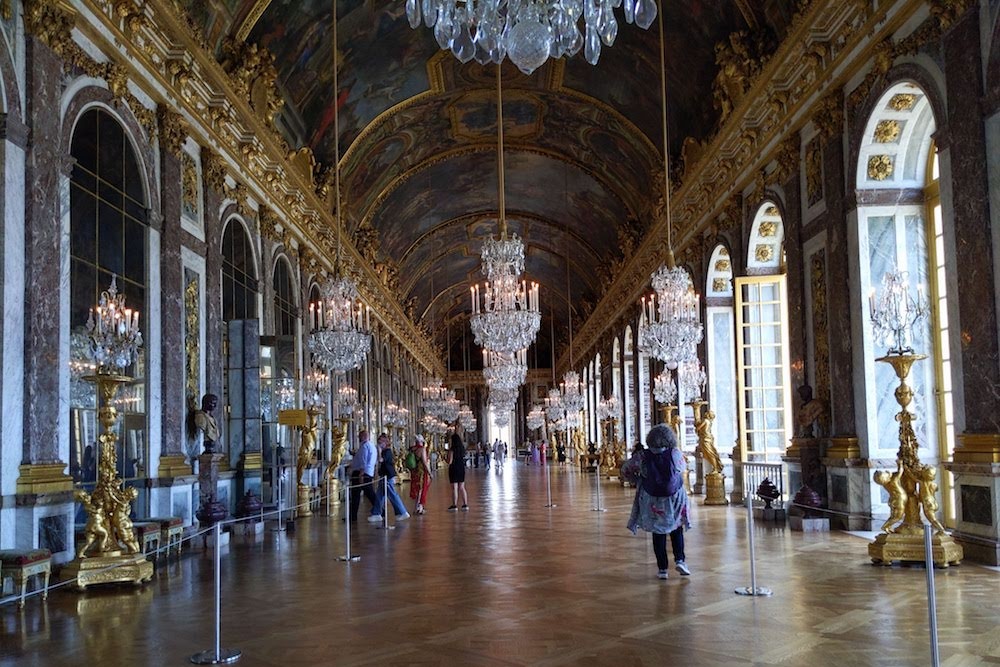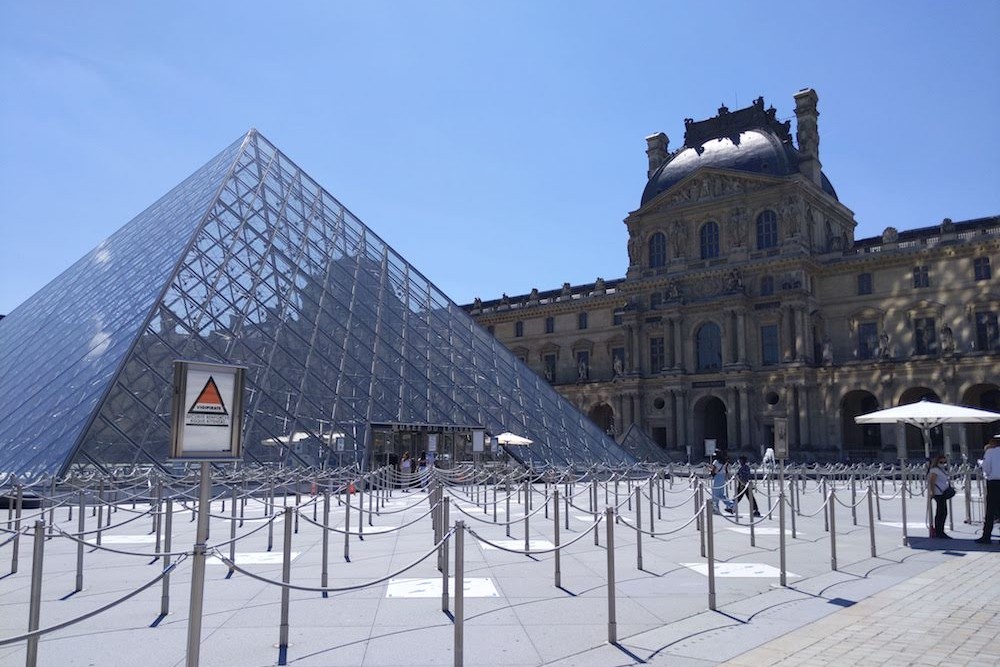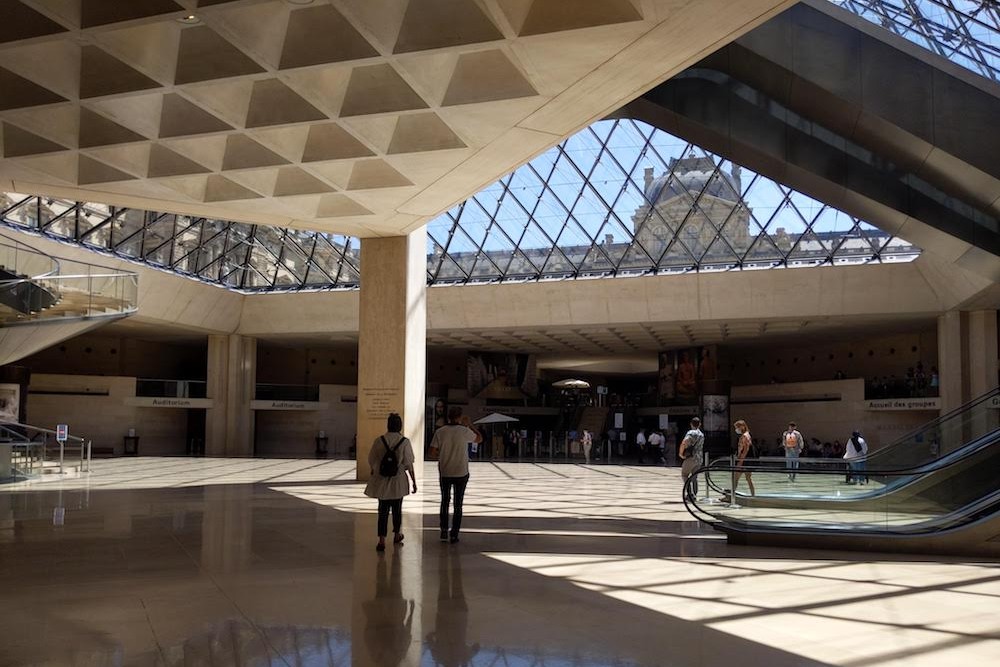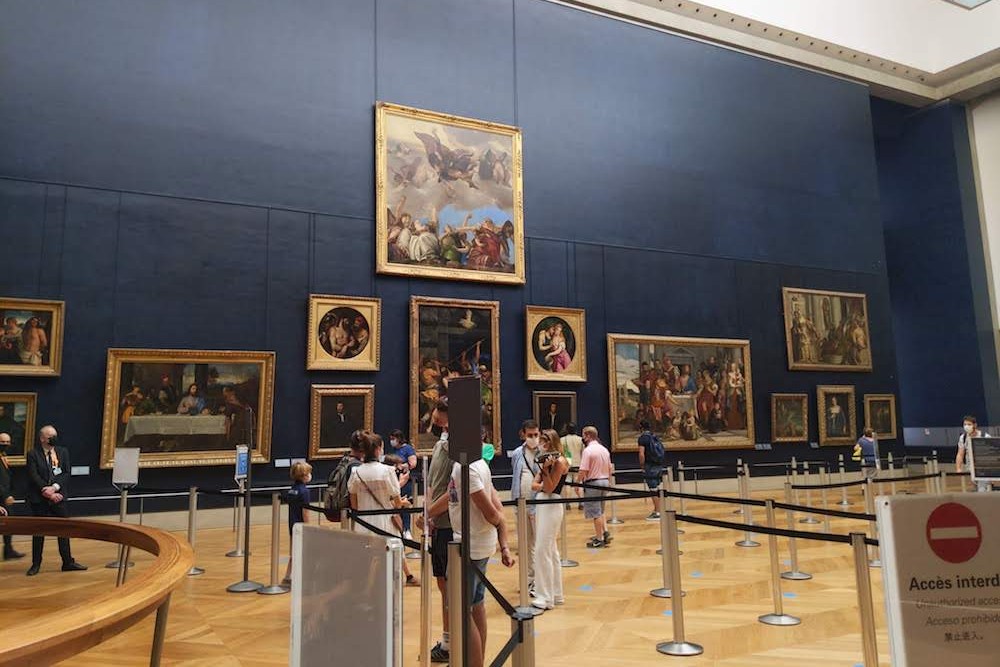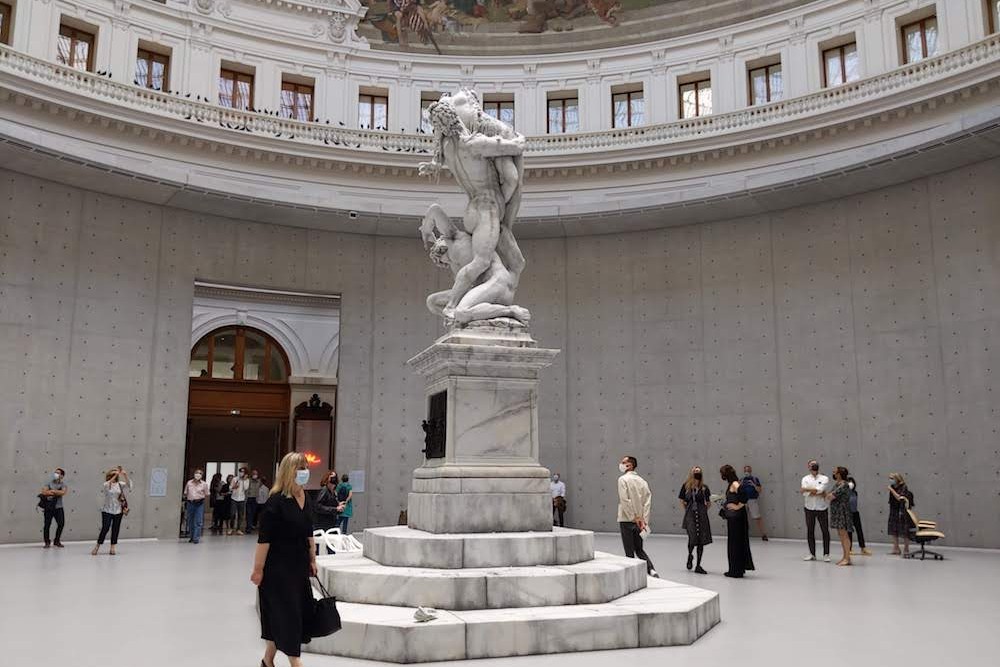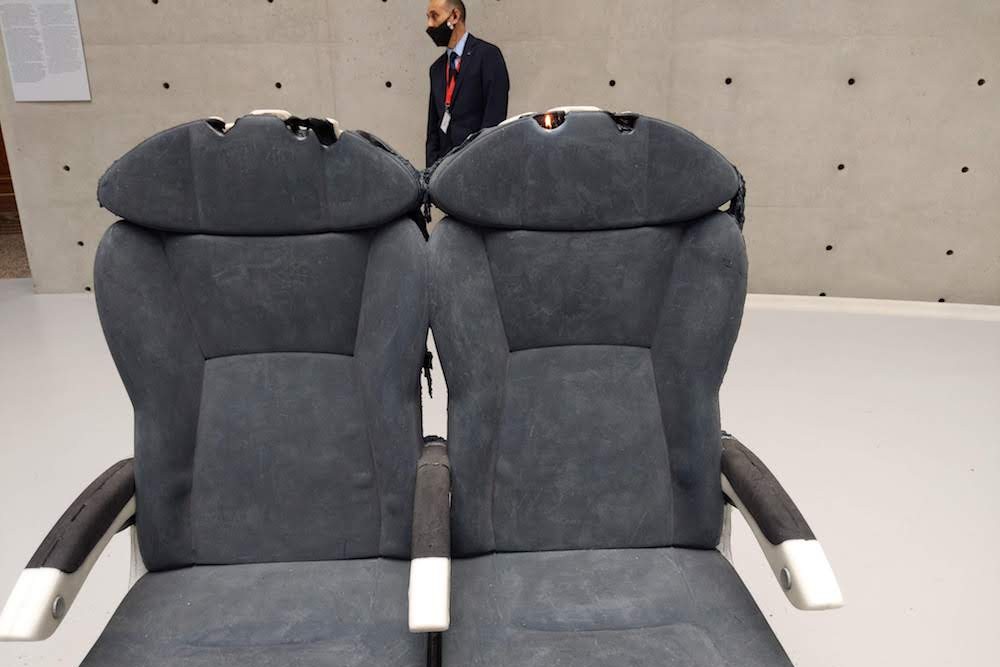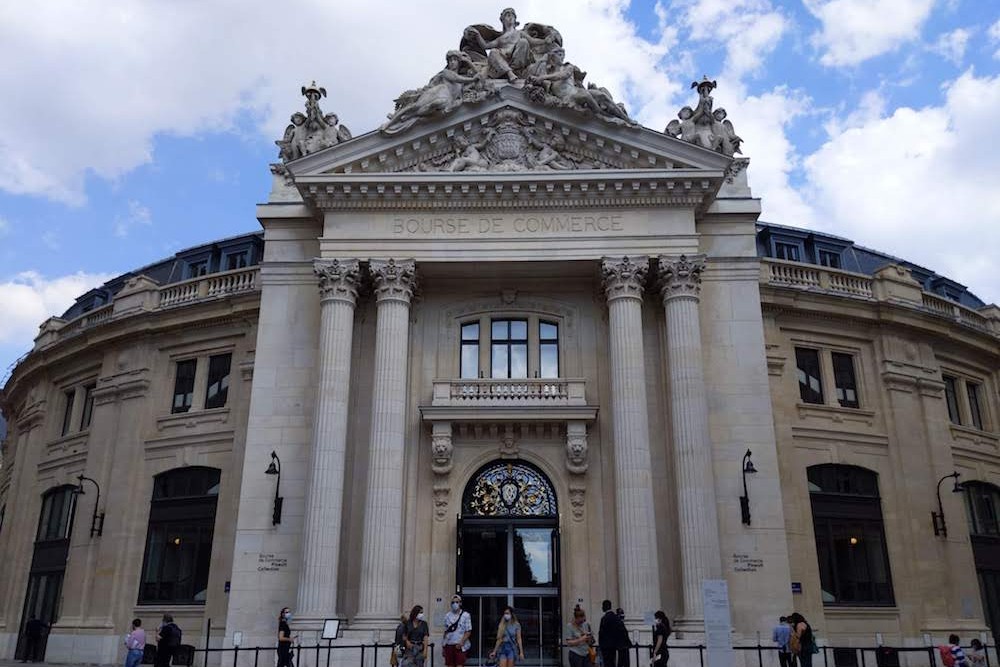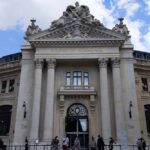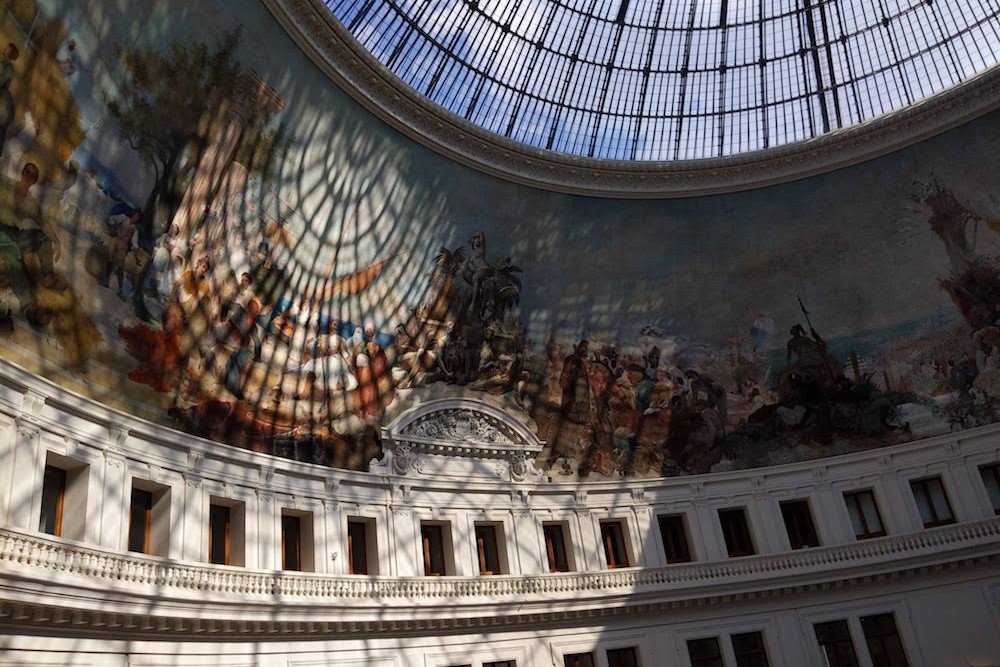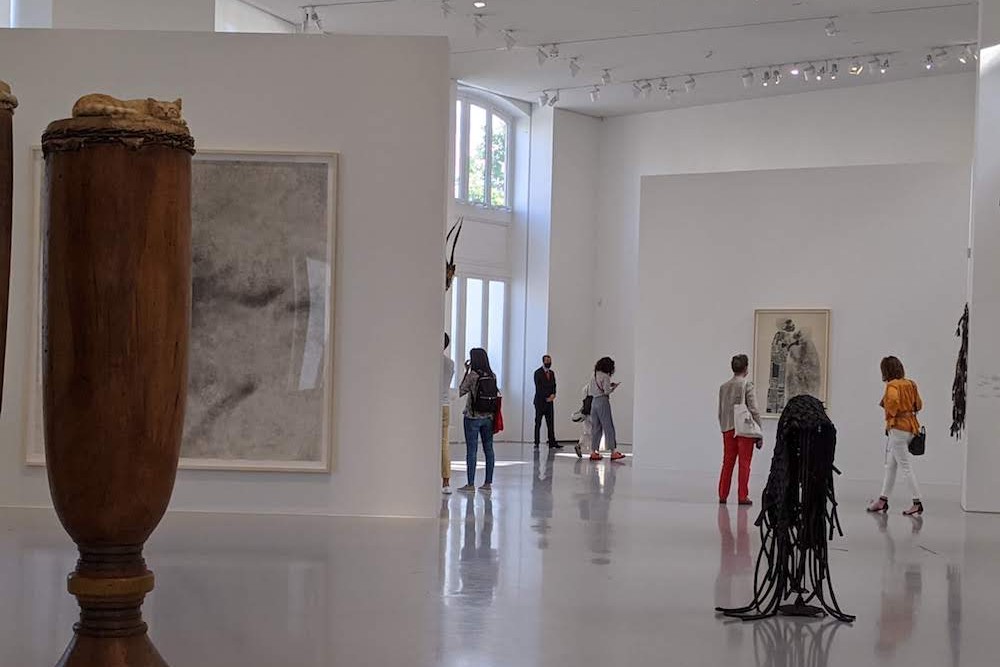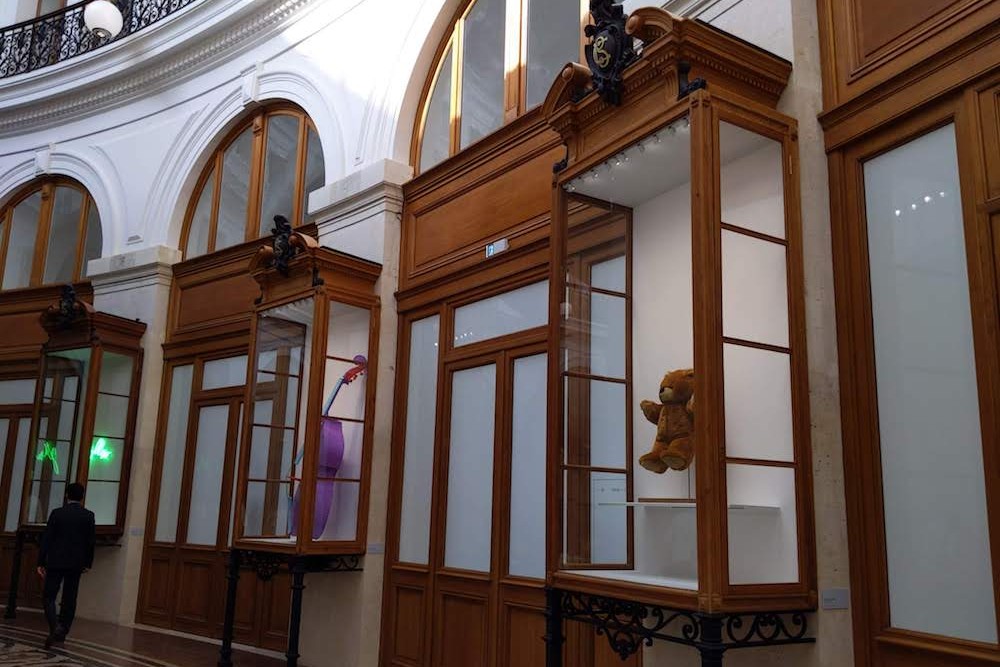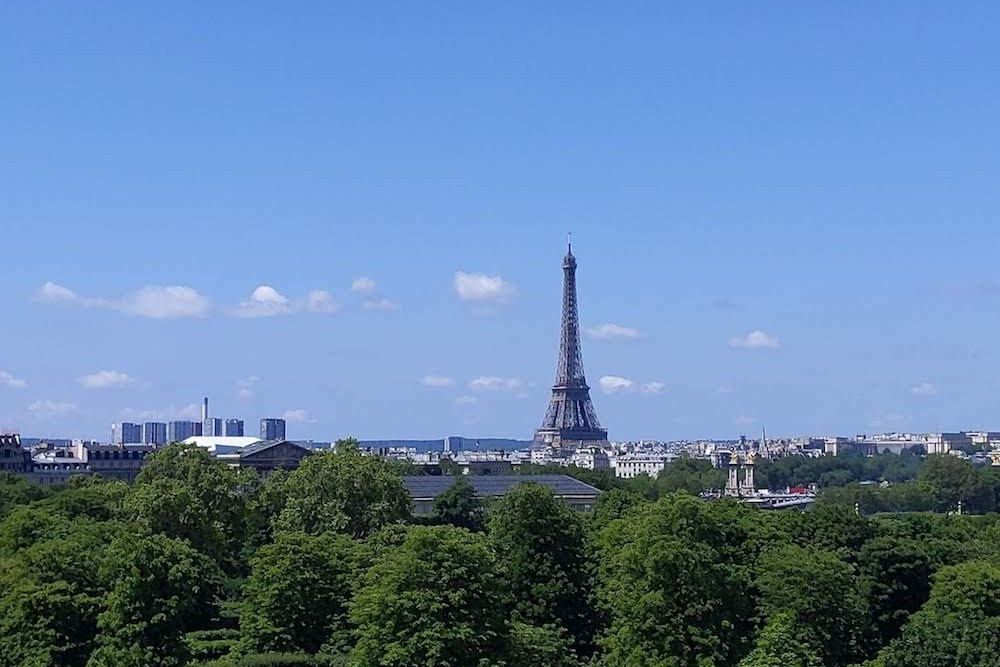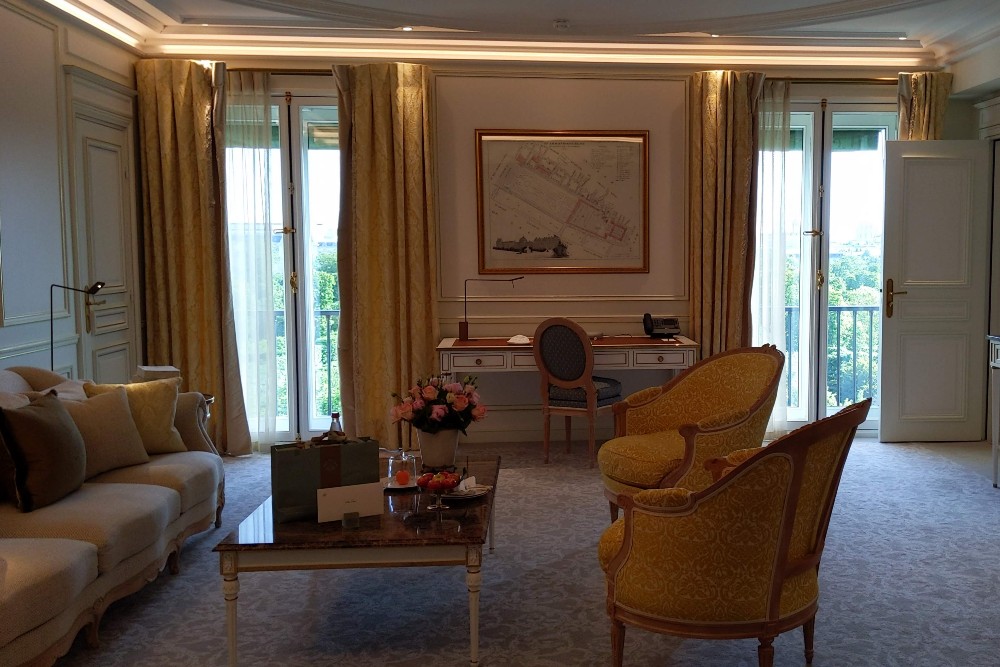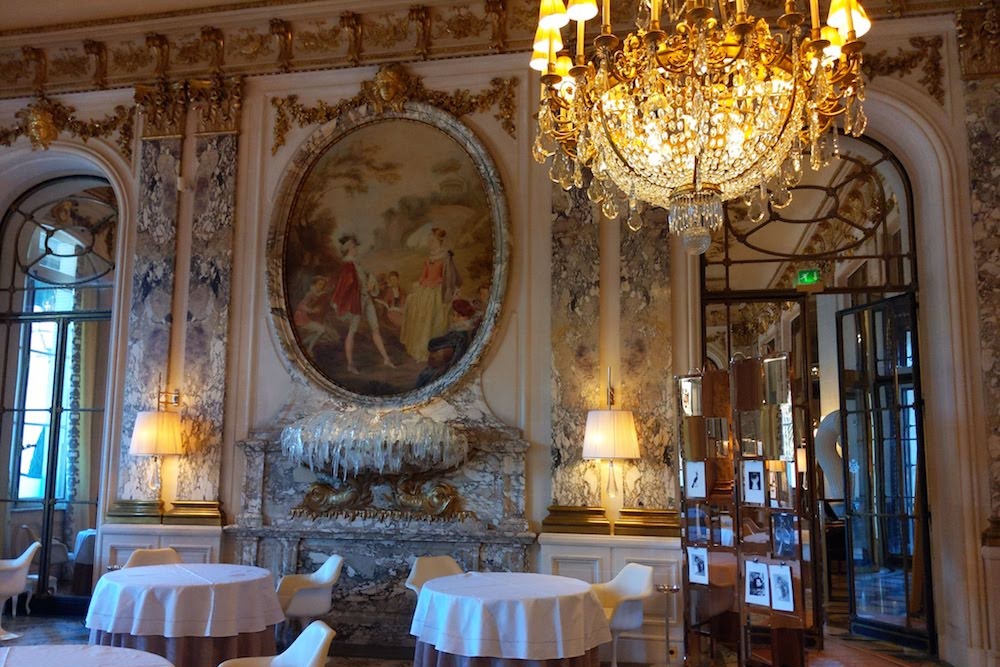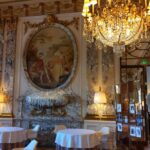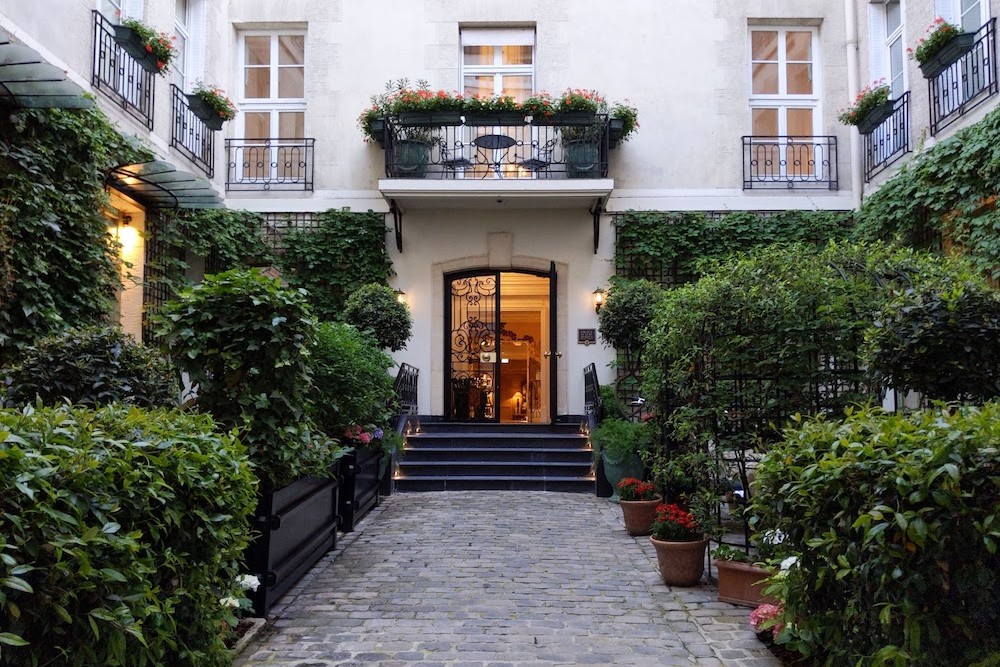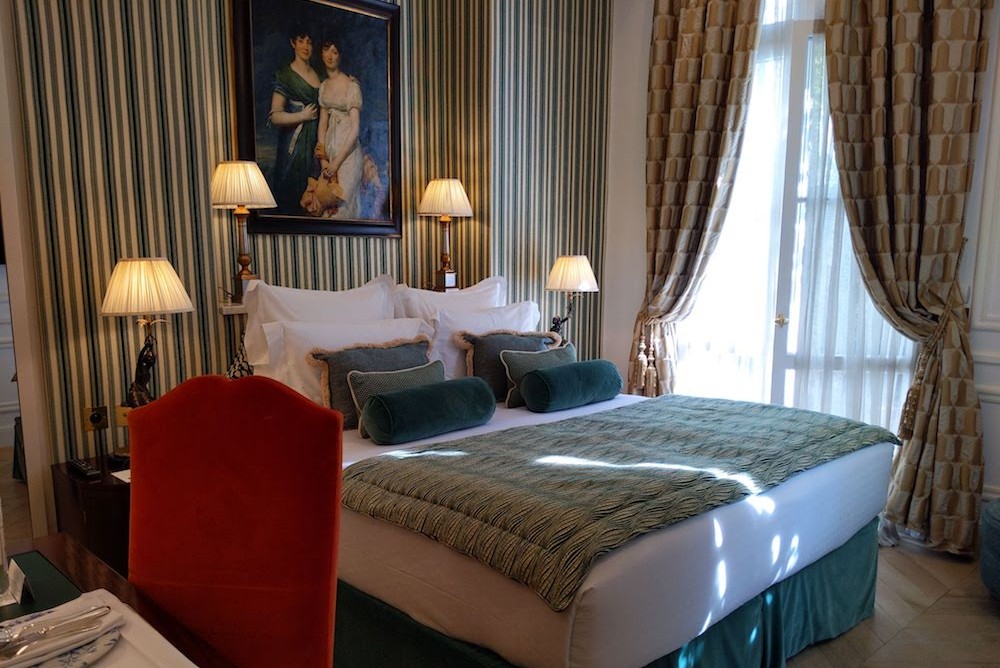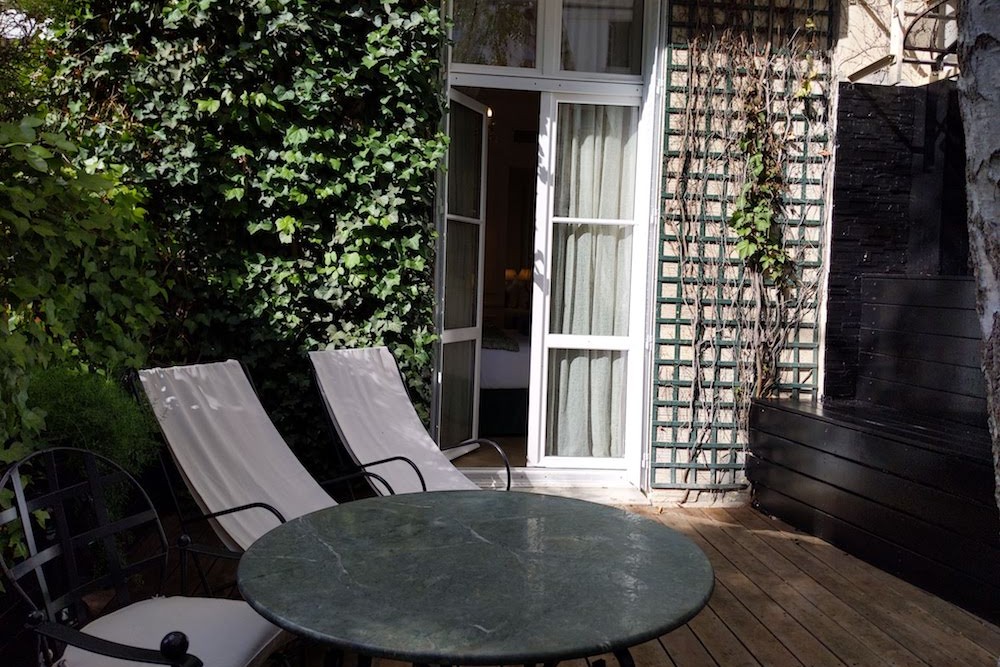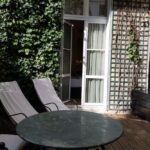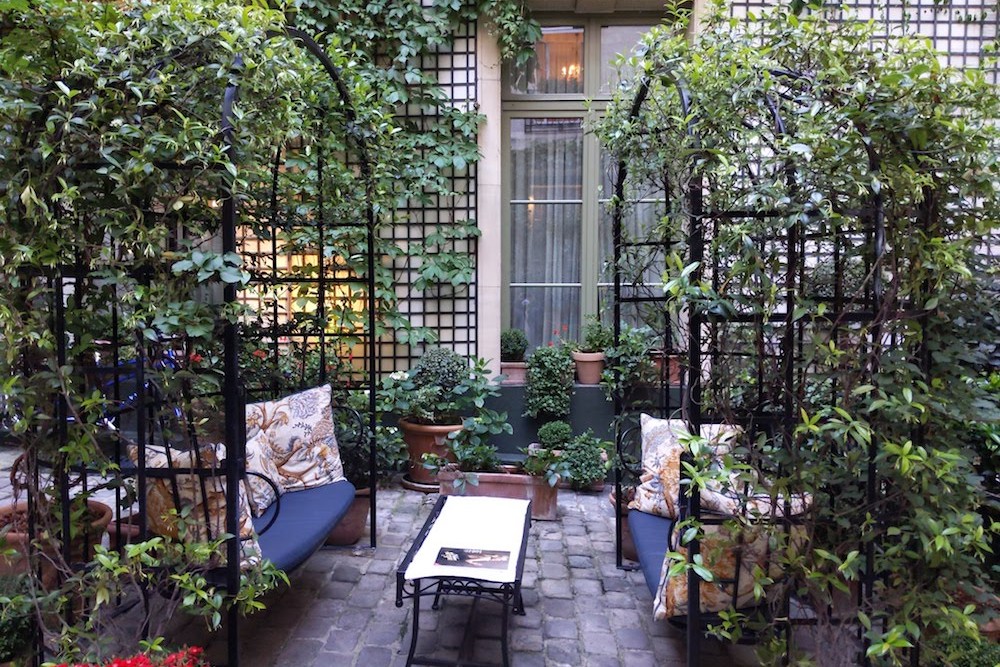While most visitors to Europe head for the big tourist magnets, we encourage you to focus instead on the lesser-known, charming places where you won’t find the tour-bus crowds. Europe is filled with hidden villages, empty coastlines, and locals-only hangouts—the can’t-miss places that too many uninformed travelers miss. Even in the big cultural capitals, if you arrange your trip through the right sources, you can gain entree to palaces, gardens, galleries, kitchens, and vineyards that are closed to the public but open to you because you know the person with the keys or the clout.
Read the examples below—a compilation that we are continually updating, as new traveler reviews come in—and be surprised by dozens of European experiences you didn’t know about. Here’s how to get your own WOW experience of Europe.
An uncrowded island in one of Italy’s most popular spots
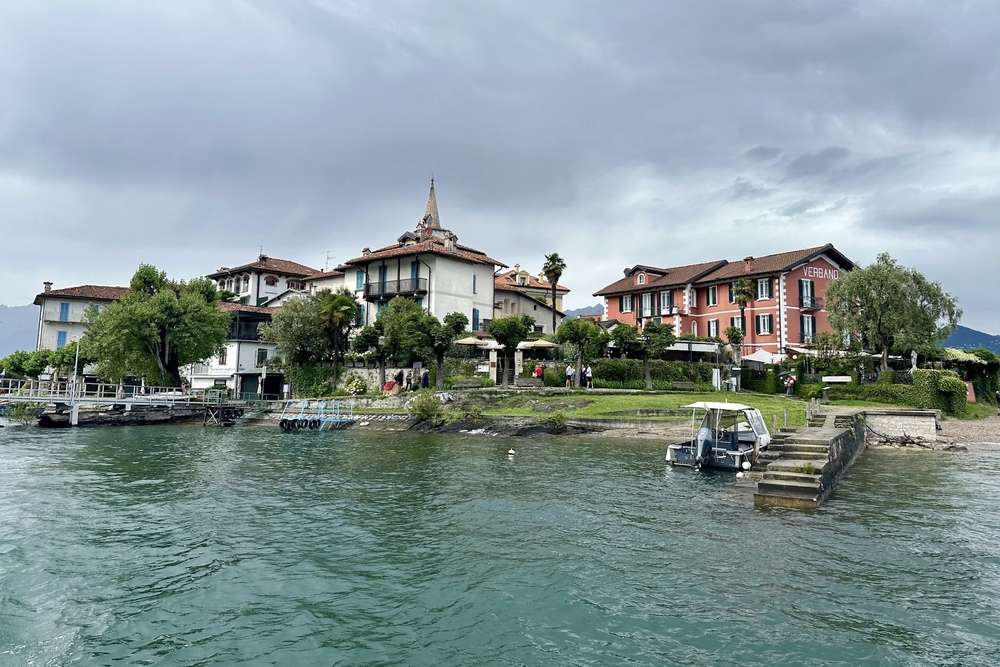
Approaching Isola dei Pescatori by boat. Photo: Traveler Jeannie Mullen
“I had a short window of opportunity to squeeze in a trip to Milano and the Lake District in northern Italy recently and turned to Wendy for advice on how best to approach a private trip. Andrea and Creta put together a lovely and well-balanced itinerary that met all of my particulars.
Three days were spent on Lago Maggiore in Stresa, a beautiful lakeside village where every photo fairly jumps into your camera by itself. I met Kate, a local guide, for a tour of two of the three Borromean Islands on Maggiore: Isola Bella and Isola dei Pescatori. The Baroque palace (complete with underground grottos) and Italian gardens on Isola Bella were stunning despite threatening weather.
After a short boat transfer we had Isola dei Pescatori basically to ourselves. It was a lovely and picturesque island, where a small number of fishermen still live and work to supply the local eateries. The small church on the island, the Church of San Vittori, dates back to the 11th century. Headstones in the local cemetery just around the corner had some wonderful stories to tell.
The next day we drove to the opposite side of Lago Maggiore for a walk through the botanical gardens of Villa Taranto in Verbania. Kate brought Taranto alive with her many stories behind the history and development of the gardens.
This trip, which was planned on short notice at a very busy time during the travel season, turned out to be just the ticket for an 8-day getaway to what has now become my new favorite part of Italy. Last but not least, the fast-track arrival and departure services in Milano were perfect, given the long lines I witnessed at immigration and security.” —Jeannie Mullen
Read more reviews of Italy trips. To get your own WOW trip, start with our trip questionnaire, reached via the black button below.
Idyllic coastline and countryside in Puglia, Italy
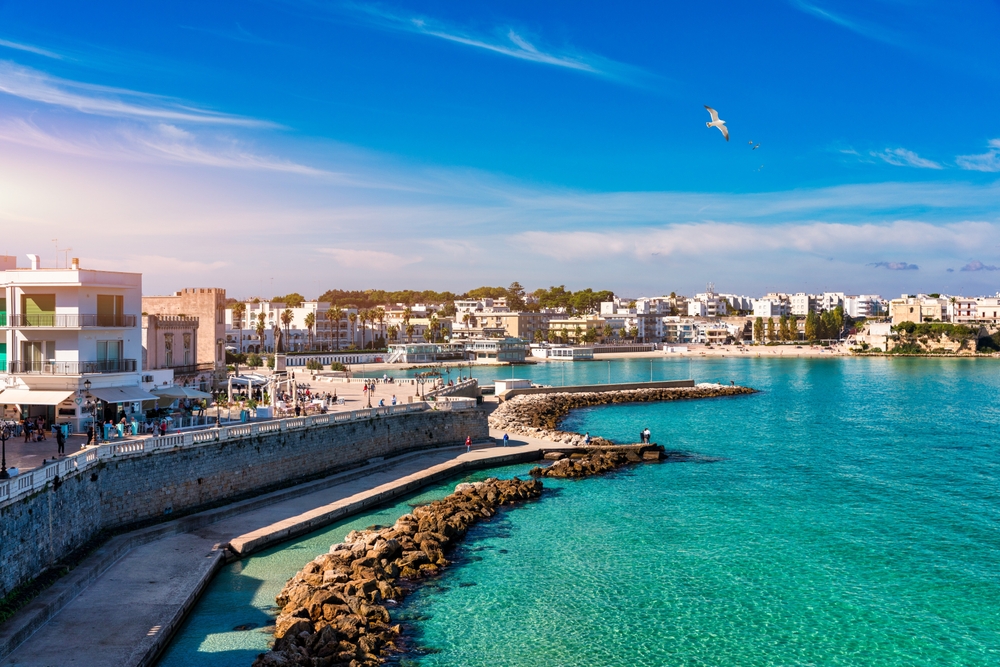
View of coastal town Otranto in Puglia, Italy. Photo: Shutterstock
“We’re a family of four, with two adult daughters in their 20s. We had a fantastic experience in this beautiful and authentic part of Italy. We’ve been to the more classic Italian tourist destinations and to multiple Mediterranean spots in other countries, and we strongly recommend a visit to this less explored region near the heel of the Italian boot.
Alison and Elisa really know Puglia! The boutique hotel in Ostuni (Paragon 700) was perfectly located for exploring the northern part of Puglia, where we stayed for four nights. My wife is a relatively discerning interior designer and loved the Paragon 700. While in Ostuni, we went on an e-bike tour of the countryside through the endless olive groves, past numerous trullis, and visited the towns of Locorotondo, Martina Franca, and Alberobello.
On the bike tour, we stopped at a family-run farm, where our girls (and mom and dad!) marveled at the site of a day-old litter of 12 piglets and one-month-old little calves. We experienced mozzarella making, including burrata, and then had an amazing meal—the ultimate farm-to-table experience.
The second part of our Puglia trip was in the south, near Lecce, where we stayed at Masseria Trapana for three nights. Alison and Elisa prepared two experiences for us on this part of the trip which were also fabulous: A private visit to the Duca Carlo Guarini winery, which has been in the same family for nearly 1,000 years—or, 24 generations! The visit to the winery was supposed to last 2 ½ hours, and we were there for more than four hours, including another excellent meal and a tour of the town palace where the adult sons of Don Giovanni (the patriarch who runs the wine business) are building their own winery and wine business.
The day after the winery, we went on a private boat tour of the beautiful coast to see the idyllic Lecce limestone cliffs, turquoise waters, and lots of little bays and coves for swimming. Fabrizio, the captain of the Tortuga, did a great job taking care of us, including serving a meal which his mother had prepared. The Tortuga is docked in the port of the ancient town of Otranto. Going in and out of Otranto felt like being in a small, undiscovered St. Tropez.” —Mario and Martha Queiroz
Read more reviews of Italy trips. To get your own WOW trip, start with our trip questionnaire, reached via the black button below.
Famous white villages and lesser-known gem in Andalusia, Spain
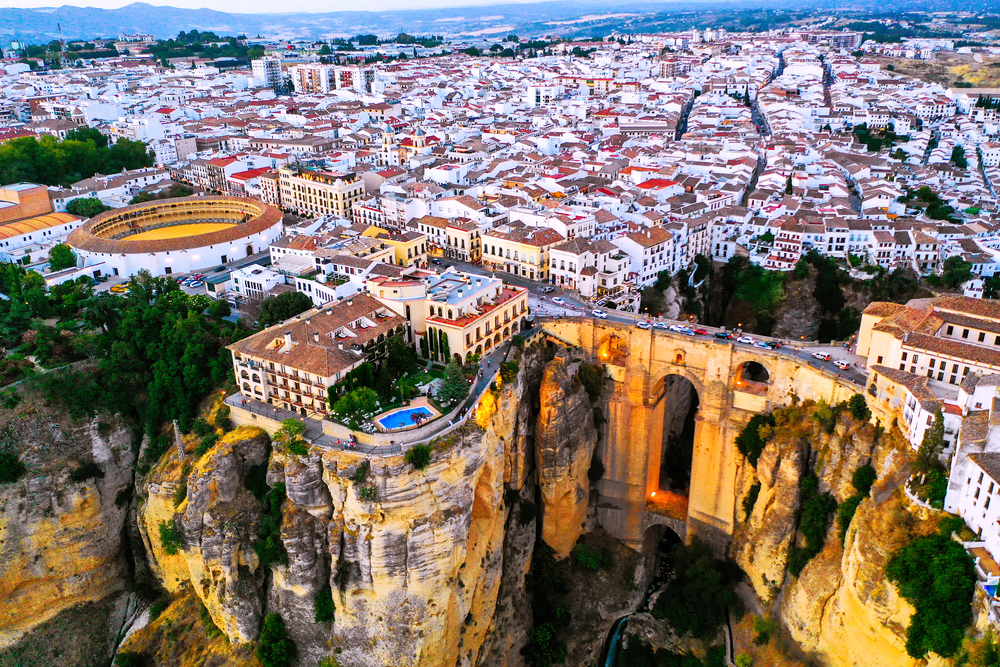
History abounds in Ronda, where a 200-year-old structure earns the name Puente Nuevo, or “New Bridge.” Photo: Shutterstock
“Iván planned a fantastic trip for me and two of my children (ages 14 and 20). We started in Seville, a truly beautiful city to which we all hope to return. Our hotel was beautiful, quiet, with wonderful service, and an easy walk to everywhere we wanted to see. We loved our cooking class with Chef Amelia and also enjoyed learning about local tile and pottery styles and trying out these crafts.
Our next stop was Ronda, a city none of us had even heard of. We were thrilled Iván recommended it! Along the way from Seville to Ronda, we got to see the famous white villages and enjoy a gorgeous hike in the area. Ronda is spectacular. The bridge and old city wowed all of us.
Next we moved on to Cádiz, with a stop at a goat farm and mill (where we got to make our own bread) along the way. Our views of the Atlantic from Cádiz were stunning, and we enjoyed walking around town and along the ocean. A highlight of our time in Cádiz was a trip to a bull and horse farm owned by a young woman whose family has a long history in the bullfighting world. We learned a lot, got to see the bulls and Andalusian horses, and enjoyed a lovely lunch with her. Iván set us up with wonderful guides who smoothed the way and translated for us, when needed. We cannot wait to return to explore more of Andalusia!” —Jane Kasey
Read more reviews of Spain trips. To get your own WOW trip, start with our trip questionnaire, reached via the black button below.
Rich medieval history in Romania
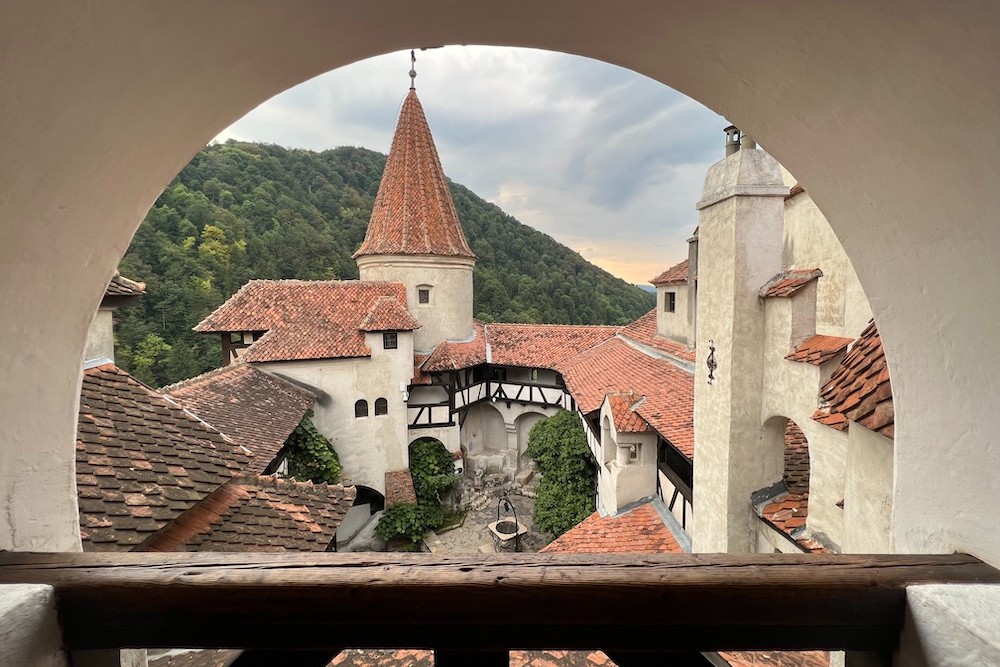
Bran Castle in Transylvania, Romania. Photo: Tim Baker
“I traveled to Romania on a last-minute graduation trip with my daughter, Amelia, in August 2023. We have done numerous trips with Wendy’s WOW List agents before and knew that finding an agent through Wendy was the only way to go. Even the destination of our trip was inspired by articles written by Wendy.
Since the trip was last-minute (before my daughter began her new career as a RN), and it was the height of tourist season, we wanted to pick a destination that was less traveled. We chose Romania, and Wendy matched us up with Raluca and Ioana. Important to us was connecting with the local people and understanding the country.
Raluca and Ioana set us up with a local guide, Tavi, whose personality matched well with us, which was a good thing since we drove around Romania for 10 days with him. We started in Bucharest, which was great for my daughter to learn what can happen to a country if you vote in a narcissist authoritarian as a leader and to understand what life was like under the latter parts of communist ruling. We had a university history professor give us a tour of an apartment frozen in time from the 1980s under communist rule. We enjoyed wonderful restaurants, an amazing art exhibit, and historical sites in the city.
In Transylvania we enjoyed visiting the Cris Bethlen Castle. It was particularly fun for us since one of our favorite horror movies, The Nun, was shot there. A local man who lives in town jumped in and gave us a detailed tour, including side stories on the actors during the filming. We went on an amazing mountain bike ride (about 20 miles) primarily in the hills and forests with some fun single track as well. The mountain bike guide had helped to build the trails, which will eventually connect a large portion of Transylvania for mountain bike tours.
We saw wonderful fortressed churches and cities throughout our trip, including the beautiful Sighisoara. Always enjoying them without crowds and with a random local who had the keys to let us in the church or describe some interesting tidbit of history through our guide as the interpreter.
We met a local weaver whose family had been doing traditional weaving for generations and who rescued a loom headed for destruction. We enjoyed a visit with a local herbalist whose herb garden was expansive and whose knowledge of remedies was sought out throughout the area. Here we enjoyed a dinner in her home, again understanding her story and her life and sharing ours. We enjoyed seeing the UNESCO site Viscri, supported by King Charles, and enjoyed the views from the fortressed church over the rolling hills.
We moved on to Brasov. Here we had a private tour of Bran Castle and had the opportunity to climb into the highest turret to view the mountain pass that the lookouts would use in centuries past. When we expressed interest in a hike, Tavi took us up a mountainside where he had helped a friend build a cabin. We met one of his friends, a local shepherd, and discussed bears threatening his flock.
Bottom line our visit was filled with unique experiences where we connected with the people of Romania and attempted to understand their stories. Romania is a beautiful, relatively undiscovered country with rich medieval history and more recent history of the rise and fall of communism. It is not as restored as other places in Western Europe, but its beauty, its history, and its people are wonderful to experience. The smaller crowds allow for a much more enjoyable visit than other European countries.”—Theresa Boone
Read more reviews of Romania trips. To get your own WOW trip, start with our trip questionnaire, reached via the black button below.
Athens, Santorini, and Greece’s “beautiful little island” of Sifnos
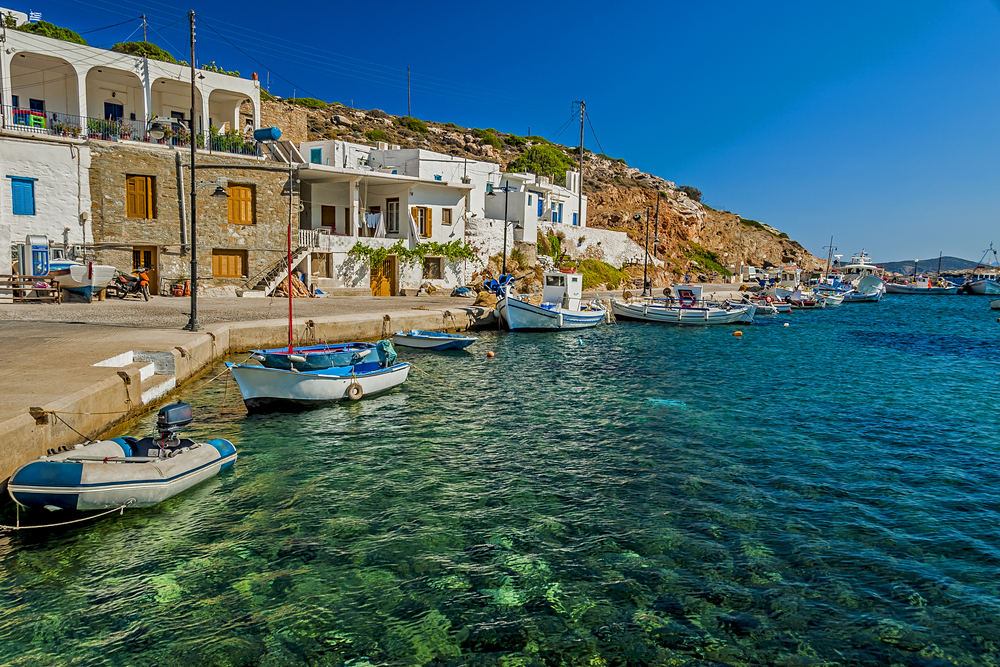
Sifnos island in Greece. Photo: Shutterstock
“We recently returned from a lovely 10-day trip to Greece, which Jacoline and Evan planned for us. Our first stop was Athens. The private tour of the Parthenon was fabulous, as was the E-bike tour of the city. But equally memorable was the view from our hotel. We were traveling with another couple and Jacoline suggested we share the penthouse suite at the Perianth. What an incredible view of the Parthenon, especially in the evening when it was so beautifully illuminated!
We knew we wanted to visit Athens and Santorini but asked Jacoline to pick a third stop. She hit a home run with her selection of Sifnos, a beautiful little island where we took a fun cooking class and enjoyed a half day on a private skippered boat trip on the wonderfully blue Aegean Sea. The scenery was breathtaking. The small hotel Jacoline selected was lovely. The staff was extremely personable and made us feel very special.” —Debbie Grob
Read more reviews of Greece trips. To get your own WOW trip, start with our trip questionnaire, reached via the black button below.
Friuli-Venezia Giulia, an off-the-radar culinary gem in northeastern Italy
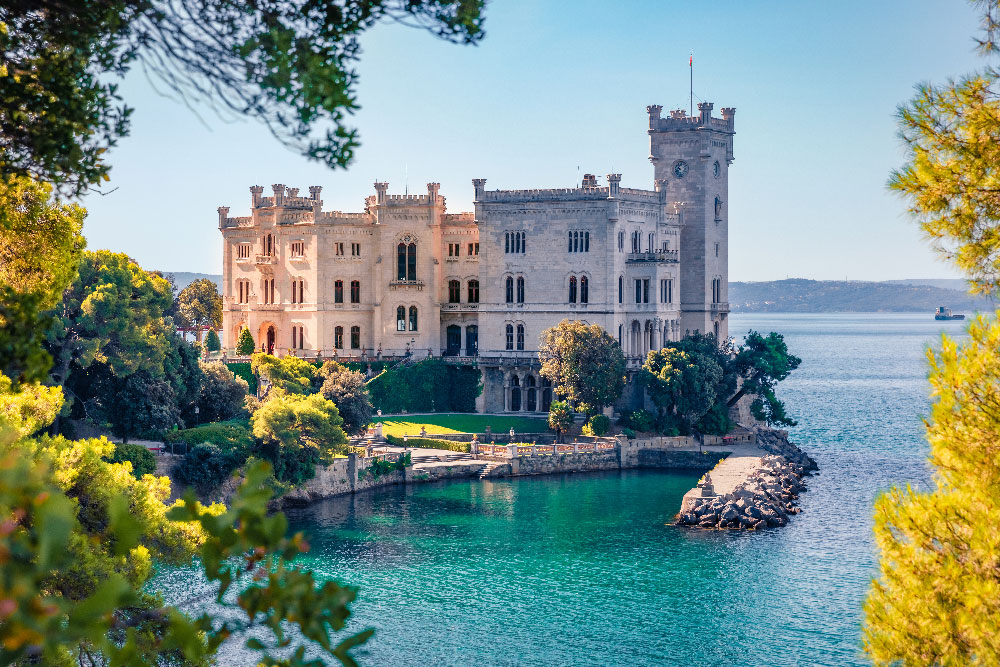
Miramare Castle in Trieste, Italy. Photo: Shutterstock
“Jennifer helped us plan a two-week trip to Friuli Venezia Giulia. The area is a melting pot of northern Italian, Austrian and Slovenian cuisines and has great wines (mostly white). Inexplicably, the region doesn’t seem to be on the tourist radar, so of course we decided that this was the place for us!
We had a guided tour on our first full day in Trieste. We learned about the long struggle for control of the city between the Venetian Republic and the Hapsburgs of Austria, and the resulting cosmopolitanism of Trieste. After two days on our own in Trieste, our driver took us to the Collio wine country, with a stop at Miramare Castle on the way.
The accommodation Jennifer suggested to us in the Collio was outstanding—just what we were hoping for! The property was lovely, with a spa and walking paths through the surrounding vineyards. Jennifer helped us with booking and transportation for lunch at a nearby restaurant we had set our hearts on. (Shout out to Stanley Tucci for his Friulian footnote in “Searching for Italy”!) We had our local guide back for a half-day trip to Gorizia, on the Slovenian border. Having discussed our interest in World War I with her, she arranged for us to make a short visit to an Italian war memorial that was nearby. We also spent an amazing day visiting local wine producers and sampling their wares. (Our favorites were Friuliano and Schioppettino!)
After our break in the countryside, we moved on to Udine. There we had another guided tour, learning about the tug of war fought over the area for centuries and the remarkable mix of historical influences at play. A highlight was seeing Tiepolo’s amazing ceiling frescoes. From our base in Udine, we visited the lovely town of Cividale del Friuli, with beautiful Lombard art and architecture, and day-tripped to Kobarid in Slovenia to learn about the Italian front in the First World War. So much of what we know about World War I is focused on Belgium and France. Learning about trench warfare in the mountains was fascinating and a highlight of our trip.
We also had a WOW Moment while staying in Udine: We had a private cooking demo in the kitchen with chef Anna Barbina and her mother, who serves as her sommelier. Anna made five traditional dishes for us to sample (with wine served by her mother, of course), then we had lunch in her osteria, AB Osteria Contemporanea, where she serves contemporary twists on traditional cooking. Heavenly! Anna and her mother were delightful and couldn’t have been more gracious.
FVG was full of beautiful scenery and art, brimming over with fascinating history, and the food and wine were simply spectacular. We’ve had many incredible meals in Italy over the years, but we had more standouts on this trip than any other. If food is your religion, you should make your way to FVG.” —Rachel Webber
Read more reviews of Italy trips. To get your own WOW trip, start with our trip questionnaire, reached via the black button below.
Italy’s Borromean Islands in Lake Maggiore
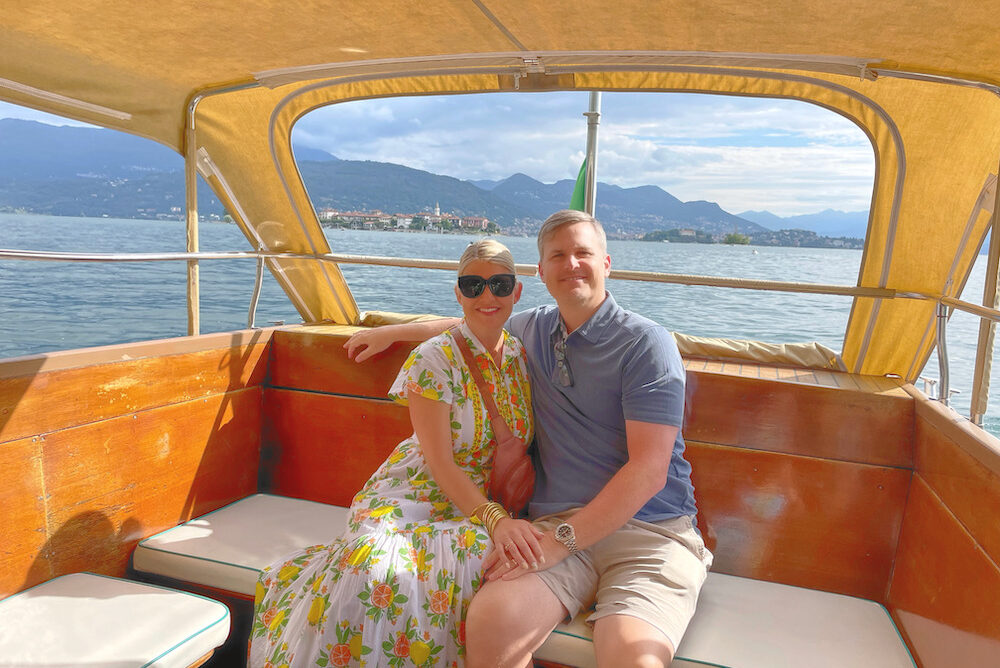
Aimee Reed got a perspective on Lake Maggiore that most travelers miss.
“We had the delightful experience of working with Maria for our recent Italy trip to celebrate my husband’s 50th birthday. She and her team delivered above and beyond all of our dreams for this amazing and unforgettable vacation. We were very interested in exploring less populated places, rich with history and local cuisine. We wanted a relaxed pace, time on the water, food and wine experiences.
We flew into Milan, were met by our driver, and traveled to Santa Margherita Ligure. Spent four days exploring the Cinque Terre, Portofino, and the surrounding areas. We spent a full day on the sea in a private luxury boat. Expertly guided tours through the five cities of the Cinque Terre and a sunset dinner in Manarola was the icing on the cake! Spectacular views! Every detail and logistic perfectly planned and executed.
We traveled next to Lake Maggiore where we stayed four nights in the exquisite Villa Amnita. Our local guide, Carolyn, who guided us through the Borromean Islands, was absolutely a joy to be with and extremely knowledgeable in the history of the region, the islands. She accompanied us for two half-day tours and tastings. The quality of the private tours was a standout service! Phenomenal guides who are passionate about their work and focused on delivering the most extraordinary experience. We enjoyed private boating excursions on the lake and even ventured into Switzerland for a day.
The final leg of our journey was spent in fabulous Milan shopping, touring the Duomo and admiring Leonardo Da Vinci’s “The Last Supper.” We love Italy and are already thinking of our next trip to Florence, Rome and Tuscany!” —Aimee Reed
Read more reviews of Italy trips. To get your own WOW trip, start with our trip questionnaire, reached via the black button below.
The hidden charms of Croatia, Herzegovina, Montenegro via both land and sea
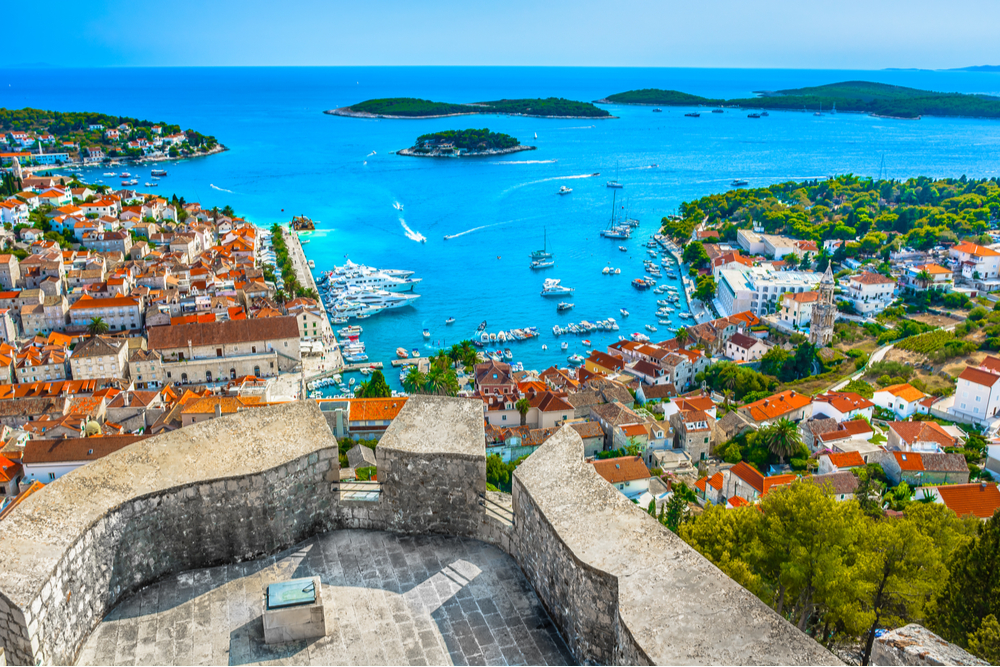
Aerial view of the archipelago in Hvar, Croatia. Photo: Shutterstock
“My husband, two children (ages 4 and 6) and I just returned from a 2.5-week trip through Croatia, Herzegovina, and Montenegro, coordinated by Ala and her fabulous team. The trip was, in a word, perfection—so thoughtfully planned out and orchestrated, with amazing guides, fabulous restaurant recommendations, and superb on-the-ground service. It was the first large international trip we’ve taken with our two kids, and it ended up surpassing all our expectations. My older child kept exclaiming, ‘Mom, Croatia is paradise!’ They’re not wrong.
Ala did a wonderful job of recommending hotels that were family-friendly, given the constraints she was working with (some areas in Croatia really just don’t have true luxury hotels yet like I am used to). One highlight was the Relais & Chateaux property Maslina, on the island of Hvar, which is a true gem—everyone should splurge and stay there. It’s located a 20-minute walk from Stari Grad (there’s a beautiful paved path that winds along the coast), had exceptional food, great rooms with gorgeous views, a truly attentive staff who took care of everything, and two great pools for the kids to enjoy—along with a kids’ club which my two children loved. While on the island we also had an incredible full-day private boat charter to the Pakleni Islands, fully arranged by Ala, and it was magical—we swam in beautiful azure waters, saw fish (it was my older child’s first time donning goggles to ‘snorkel’ and they loved it!); and took in incredible views. Many times, we were one of only a few boats located in our swimming area.
One of the things our family most appreciated about Ala was her ability to pivot on the fly and suggest plans that would work best for our younger children, as we were not sure what would and wouldn’t work for our kids. In Split, for example, Ala put us in a charming hotel right in the historic palace area, but its size and location meant it lacked the amenities my kids like (think pools, beach access, etc.). When I inquired about a good public beach to visit, knowing my kids would want some beach time on this stop, Ala was quick to help us set up an afternoon at Le Meridien outside of town (and coordinate transportation for us as well)—all on an hour’s notice. While not a traditional activity that most would plan—and not something I would have found on my own—it was perfect for my family, as the kids spent the day being fishes and I spent the afternoon reading a book seaside.
As I mentioned above, this was our first large, multi-country trip with our children and we didn’t know exactly what to expect—we were learning as we went. Ala made herself and her team available at all times—via WhatsApp or phone—to pivot and make changes as I requested. And, while I didn’t expect to, I ended up making multiple change requests! We were able to shift tour start times to better align with our schedule once we ended up on-continent, and we added/subtracted items as we realized what worked best for our family.
On our drive to Herzegovina, Ala was happy to flex our schedule on a day’s notice so that we could stop at Kravica waterfall, where one can swim at the base of the falls—something that our two kids really enjoyed! We bought small nets from the vendor at the base of the waterfall and one of my kids ‘caught’ their first fish—a huge moment for them! Our tour guides flexed their schedules to accommodate our children’s interests. In Mostar we ended up attending a Bosnian Street Food festival one evening, complete with a DJ and a bouncy house (something my kids were thrilled about!) because our guide made sure to mention it to us and show us where it was set up—it wasn’t something we ever would have found on our own.
The level of attention to detail and full-service offerings from Ala and team just made this trip such a dream. Our family had the best time and our two children are already asking to go back.” —Kim Segal
Read more reviews of Croatia, Bosnia, and Montenegro trips. To get your own WOW trip, start with our trip questionnaire, reached via the black button below.
Azores: a quick flight from the east coast for island adventures & a European feel
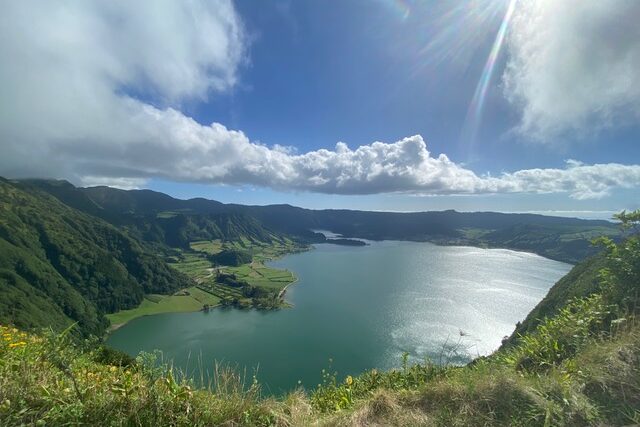
Lagoa das Sete Cidades on São Miguel Island in the Azores. Photo: Traveler Tony Ford-Hutchinson
“For those of us who live on the East Coast of the USA, the Azores are the closest point to somewhere with a European and Portuguese feel. One of our guides (an American ex-pat) described them as a cross between Iceland (they are so volcanic), Ireland (they are so green) and Hawaii (a holiday destination in the middle of an ocean). Our trip with our daughter, son-in-law and two granddaughters (aged 9 and 11) started with a direct 5.5 h flight from Newark airport. Flights arrive in San Miguel Island, the most populated, and we spent the first three nights in the luxurious Octant Furnas Hotel in Furnas, The hotel is surrounded by hot springs bringing boiling water to the surface. Highlights there were the food, including preparing and cooking a traditional stew which is buried in the hot ground for several hours, the hotel’s super warm, mineral swimming pool and a hike up a mountain side to Lagoa de Fogo (a lake in a former volcanic cone) followed by a swim on the beach. We then took a short flight to the volcanic Island of Pico famous for its mountain (a former volcano of course) and its outstanding white wine. During 5 nights in Pico, we took two day trips on ferries to the neighboring islands of Faial and Sao Jorge. Highlights were a trip through the lava tubes on Pico, visits to wineries and a hike around the Caldera on Faial. After flying back to San Miguel for our last 3 nights we were driven to our hotel on the Ponta Delgada harbor front (Octant Ponta Delgada). Highlights included a private whale watching trip with great sightings of three female sperm whales (one with a calf), an evening wine and food tasting tour, a morning food tour, a Jeep tour of the Lagoa das Sete Cidades and finally a tour of the tea plantations with an opportunity to make our own ice cream. Throughout the trip we had excellent local food and wine, including ultra-fresh seafood and excellent beef (cows outnumber people on the islands). A 5-hour flight home took us back to Newark with the realization that we still had 5 more islands to explore! Thank you to Goncalo and his co-workers for a great trip that left a multi-generational family very happy.” —Tony Ford-Hutchinson
Read more reviews of Portugal trips. To get your own WOW trip, start with our trip questionnaire, reached via the black button below.
Locals-only spots in Portugal
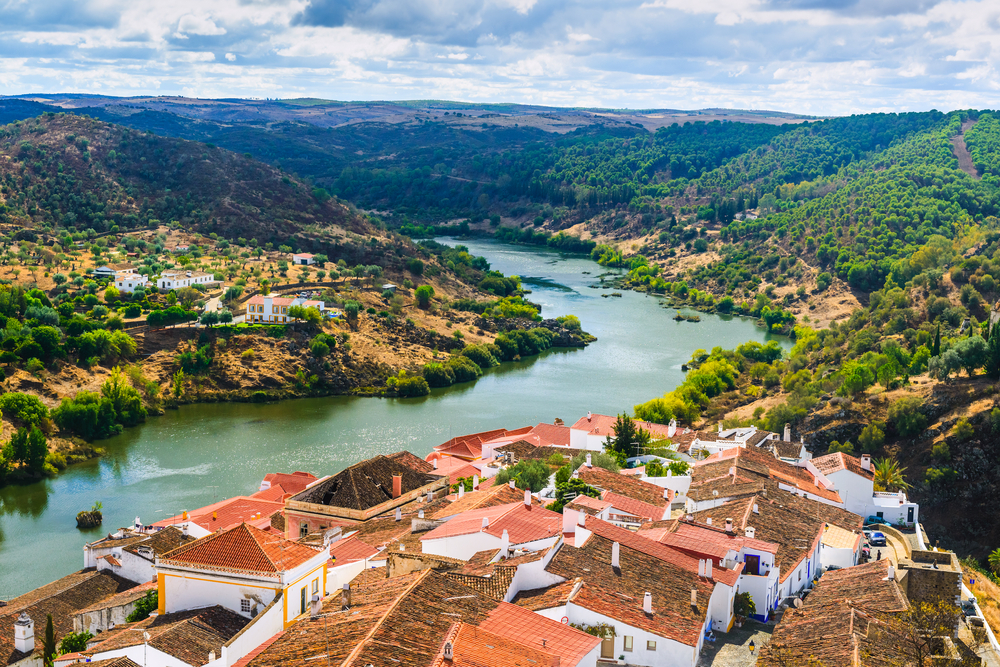
The river Guadiana and the village of Mertola, Alentejo Region, Portugal. Photo: Shutterstock
“We wanted to take a family trip for two weeks to Portugal with our two young children, seven and two years old. We asked Goncalo and Joana to plan an authentic, off-the-beaten-path look into the south of Portugal and the Alentejo and Lisbon, and we had a perfect time. Portugal is incredible! And it’s possible to beat the summer crowds.
Everything was planned and executed perfectly from the minute we landed. We loved our day in Sintra and the coast at Azenhas Do Mar with our guide, Luís, and my son loved spending the day with our cooking teacher, Claudia. We loved our apartment at Lumiares in Lisbon and the breakfasts on the rooftop. One of the highlights was our Costa da Caparica beach day at Irmao. We felt like we were one of the only tourists, and it felt like a slice of life for young Lisboans. Joana also got us a reservation at Belcanto, a very special experience for a parents’ night out.
Another highlight of the trip was the people we met and the food at Craveiral Farmhouse. The kids loved to roam on their bikes, and we found our favorite beach and fish shack on the beach on the quiet coastline of Costa Vicentina. We didn’t hear any English at these beaches, and the water and coves were so unique. The most spectacular property we stayed at was Sao Lourenco do Barrocal in the Alentejo. We had such a special time there, with delicious food and hospitality. We are so grateful to Joana for making sure we had large rooms at each of our hotels, giving our family lots of space, and ease of rental car and drivers made everything stress-free. Portugal has quickly become one of our favorite places to visit, and we plan on returning to see more of this beautiful country!” —Gina Schulman
Read more reviews of Portugal trips. To get your own WOW trip, start with our trip questionnaire, reached via the black button below.
A “smaller jewel” in Italy’s Lake District
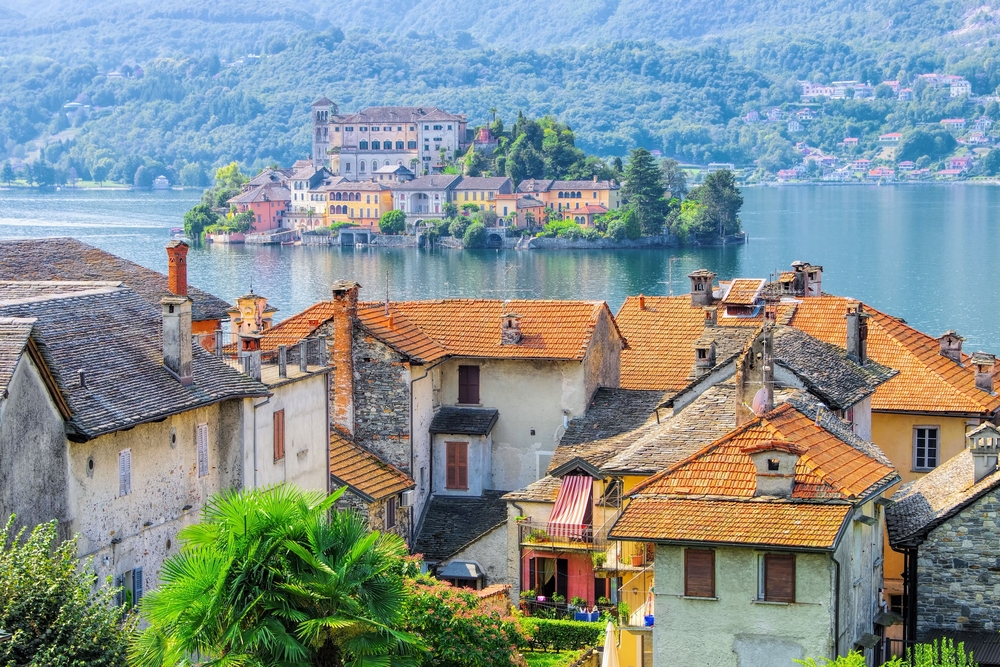
Island Isola San Giulio at the Lake Orta in Italy. Photo: Shutterstock
“We worked with Emanuela to plan our trip from Venice to Verona to the Lake Region. We had planned to go to Lake Como or Lake Garda. After our initial zoom call and emails asking about our particular likes and dislikes and goals for our trip, Emanuela suggested we skip the crowds that are visiting Italy this year and instead go to Lake Orta, a smaller jewel of a lake located just west of Lake Maggiore.
The hotel Emanuela recommended was delightful and our tour guides were outstanding. We could never have planned a trip like this on our own, which included tours of historical interest, culinary interest and hiking. We look forward to working with Wendy’s recommended tour planner for our next trip.” —Mike Brennan
Read more reviews of Italy trips. To get your own WOW trip, start with our trip questionnaire, reached via the black button below.
Hydra, Greece: “An island that we never knew existed but that quickly became our favorite…”
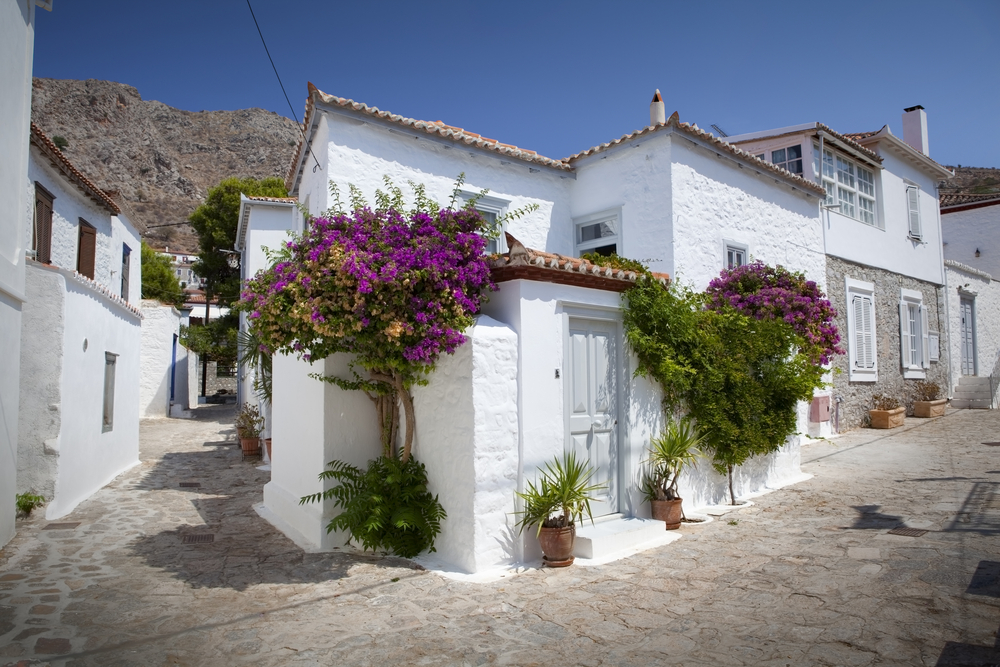
Typical whitewashed houses on Hydra. Photo: Shutterstock
“Jacoline made the most of our short trip and somehow turned every single day into a highlight. I never thought I could say that about a vacation! There were five adults on this trip, and we all had our favorites, which is a credit to her. Jacoline created experiences that we would have never done on our own, like spending time with a wonderful family on their farm, feeding their animals and making Spanakopita as part of a huge feast on their terrace, as well as private wine tours, personal guides to archeological sites, pottery classes, and a private cooking lesson on more amazing Greek food. We loved really getting to meet the people and understanding the culture.
We loved the unique boutique hotels, especially on Hydra, an island that we never knew existed but that quickly became our favorite. We never felt like a ‘tourist’ but more like students in a history class which we found fascinating. We had never heard of this island, but after talking with Jacoline, she booked us in a wonderful mansion-turned-boutique-hotel (Hydrea) that served us breakfast each morning on the terrace overlooking the water/town. Staff was very personable and allowed us to wander the property to look at the historic home. There are no cars or motorcycles, so we enjoyed the peace and quiet, especially after a few days in Athens. If you get a chance, don’t miss this gem!
We left Hydra to spend our last days in Oia (Santorini). Our pace picked back up for a grand finale day, touring vineyards before boarding our own catamaran for a half-day excursion which concluded with chasing the sunset. It was the perfect ending to the perfect vacation!! This was our third trip using Wendy Perrin’s services. We have had great experiences on each trip and they just keep getting better!” —Karrie Evans
Read more reviews of Greece trips. To get your own WOW trip, start with our trip questionnaire, reached via the black button below.
Portugal’s unexplored medieval towns
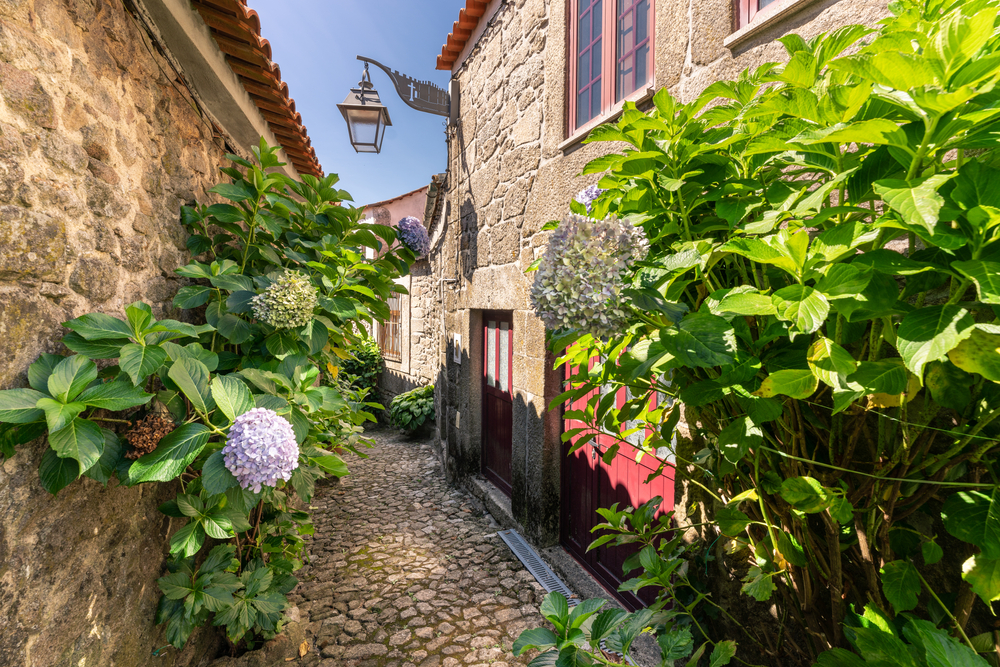
Cobblestone street in Portugal. Photo: Shutterstock
“Goncalo and Patricia planned a wonderful and varied 9-day itinerary for us. This was our third trip to Portugal, so we wanted to visit places we had previously missed. After Lisbon we drove to Belmonte and explored the medieval towns of east central Portugal, including Sortelha and Trancoso. This is a beautiful, less traveled part of the country where we were often the only tourists walking the narrow, winding streets and eating our bacalhau (cod stew) besides local families in tiny cafes. We stayed in Belmonte’s Pousada and ate one of the best meals of our trip—an unexpected discovery in a fairly isolated location.
Next we spent three days in the Douro Valley where we enjoyed a private cruise down the Douro river and wine tastings at two Quintas. At Bomfim 1896, Goncalo and Patricia surprised us with a WOW Moment dinner accompanied by wines from the adjacent Quinta. Given the choice of ordering a la carte or giving Chef Pedro Lemos free reign to create whatever inspired him, we chose the latter. The evening was so much fun, as the chef and serving staff brought us a sequence of small plates that were as artistic as they were delicious.
We spent the last two days in Porto, which is charming but in mid-March already overrun with tourists. We look forward to working with Goncalo and Patricia on a trip to the Azores.” —Ruby Sinclair
Read more reviews of Portugal trips. To get your own WOW trip, start with our trip questionnaire, reached via the black button below.
The Mediterranean islands of Malta and Sardinia
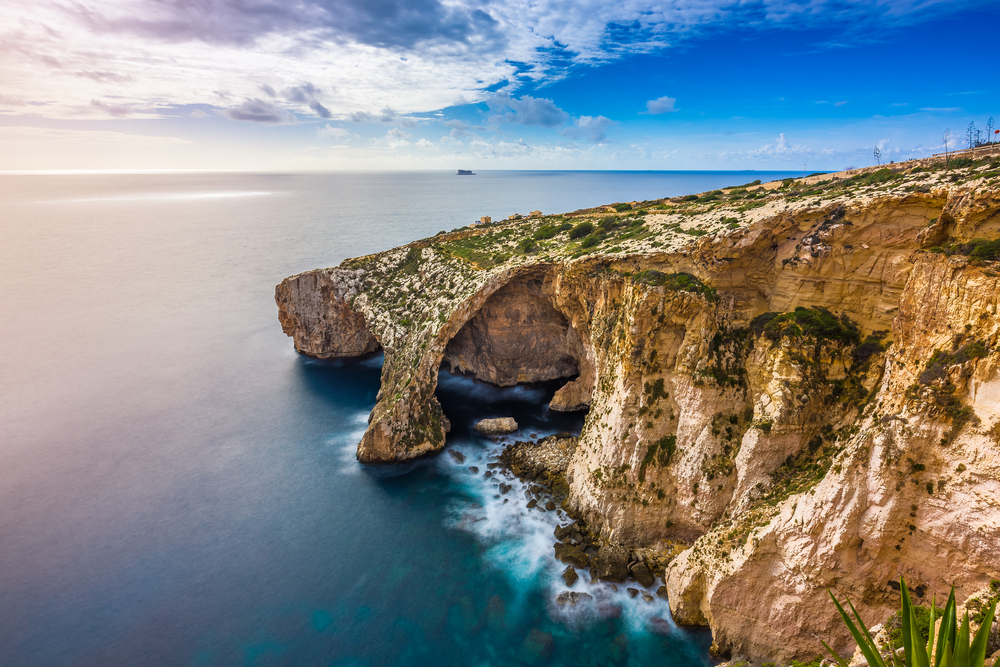
The Arch of Blue Grotto in Malta. Photo: Shutterstock
“The nine-day itinerary Jason created for us to Malta and Sardinia in March was crammed with memorable experiences: entrance to the 4000 BC Hypogeum underground burial complex (tickets difficult to come by); a fascinating visit with a sixth-generation gilder; the tastiest private tour of a food market I’ve ever been on; a walk in the Sardinian countryside to see the island’s wild four-foot-tall horses; and—my favorite—a fabulous multi-course lunch set up just for us on an isolated cliff in Gozo above the crashing waves.
Jason’s ground teams were as interesting as the sights and scenery—our Malta guide, Martin, is a practicing Knight of Malta whose title goes back generations, as well as a professional photographer and former coach of Australia’s Olympic bobsled team (go figure); our driver there, Mario, is a former comptroller and auditor in addition to being an all-around great guy; guide Paola got her start translating for Tony Ryan when he was setting up his Ryanair empire in Sardinia; Marcello, our driver in Sardinia, had recently returned from the Polish border as a volunteer transporting Ukrainian orphans by bus to safety.
And if you ever want to feel like Bill Gates, now is your moment: Thanks to the VIP service Jason arranges at the airport, you wait in a private lounge before being escorted past the frenzied crowds to a town car on the tarmac that drives you to your plane, all before boarding officially begins.” —Priscilla Eakeley
Read more reviews of Malta trips. To get your own WOW trip, start with our trip questionnaire, reached via the black button below.
Alta, Norway
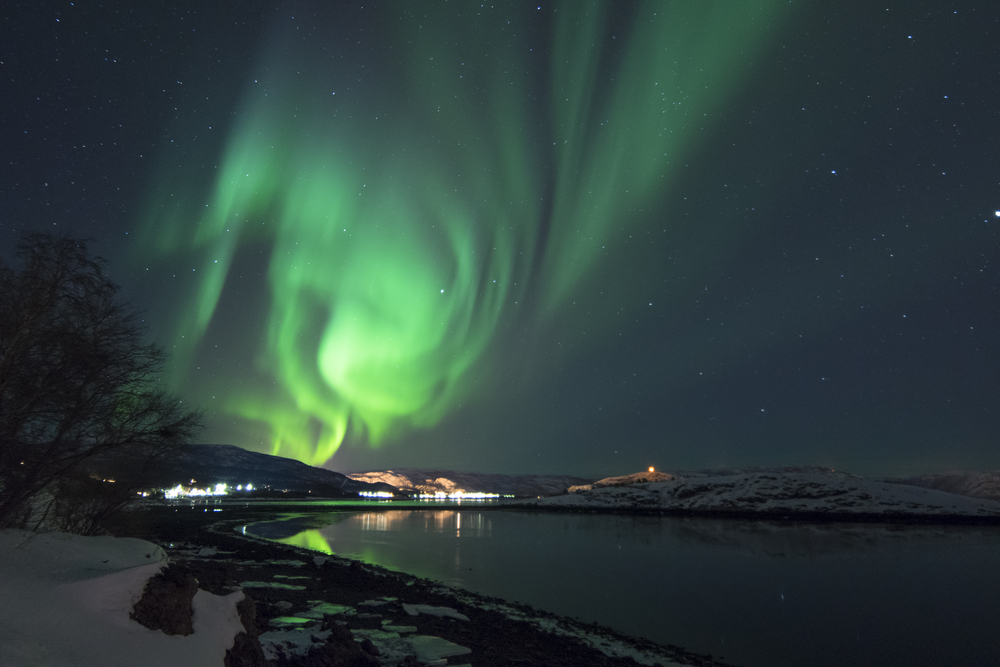
Northern Lights in Alta, Norway. Photo: Shutterstock
“I first heard about Jan through the Wendy Perrin WOW List. Seeing the Northern Lights was on my bucket list, and Jan helped me plan every detail of the trip. The hotels were excellent, and we received many upgrades. Our hotel in Alta was particularly lovely, and our dinners there were incredible. Knowing how much we wanted to see the Lights, and being disappointed twice before in Iceland, Jan steered us to Alta, in the northernmost part of Norway. He said it would give us the best shot. How right he was! We saw them three out of three nights!
Jan also suggested a visit to the area where the Sami live and herd reindeer. It was the best advice! These indigenous people live the same way their ancestors did, and it was a privilege to spend the day with them. Mathis, a Sami elder, met us and drove us over 30 miles on snowmobiles to watch the Sami move a herd of 2,500+ reindeer to higher terrain. After that, we snowmobiled back to his home, where he had prepared a delicious lunch of salmon and Arctic char. He generously and patiently answered all our questions and made us feel like welcomed guests. Our day with this incredible gentleman was truly the highlight of our trip, and it is an experience that will not be forgotten.” —Judy Wimpfheimer
Read more reviews of Norway trips. To get your own WOW trip, start with our trip questionnaire, reached via the black button below.
Lesser-known treasures of Florence, Italy
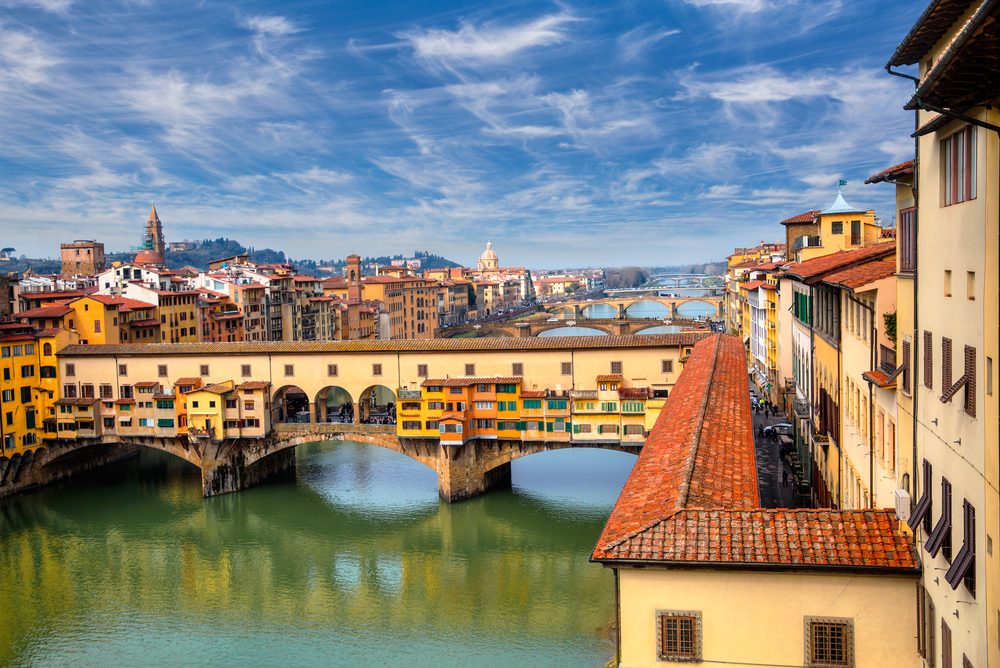
Florence, Italy. Photo: Shutterstock
“Jennifer arranged for us to have Veronica as our tour guide while we were in Florence. Veronica was so warm and friendly. She had a fantastic knowledge of the area and was able to explain things in a fun and educational way. A highlight of the trip was a private visit to Palazzo Corsini, where we not only had Veronica’s expertise, but we also had the privilege of Countess Francesca, who grew up and still lives there, conduct the tour. We had such a wonderful afternoon. Another highlight was spending an afternoon visiting with local artisans of Florence. Veronica took us to places which we never would have found on our own.” —Kevin Haney
Read more reviews of Florence trips. To get your own WOW trip, start with our trip questionnaire, reached via the black button below.
Belfast and Derry in Northern Ireland
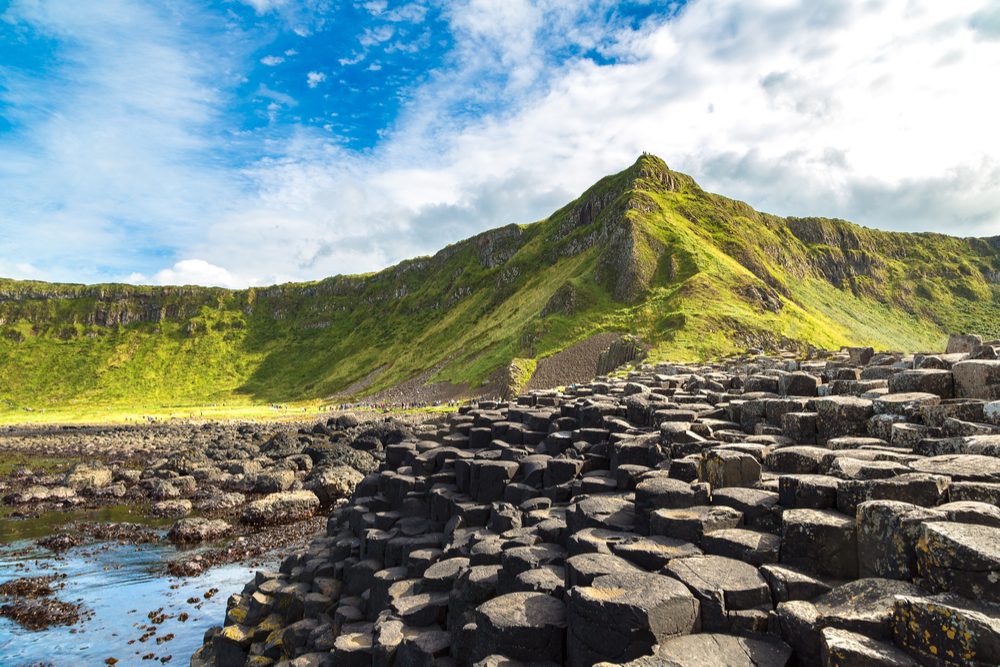
Giant’s Causeway, Northern Ireland. Photo: Shutterstock
“When I told Jonathan that I had recently watched the movie Belfast and loved the Netflix series Derry Girls, he suggested traveling off the beaten path to Northern Ireland. That was excellent advice, as we really felt like we were on an exciting adventure, instead of following a more predictable southern itinerary.
We started our magical two weeks in Dublin, then traveled to Belfast and Derry, where we toured The Murals and learned the sad but interesting history of political and religious conflict. Our hotel in Belfast, the Culloden Estate, upgraded us to a fabulous suite and provided us with tickets to the Titanic Belfast museum (fascinating—don’t miss it!).
On to the Donegal region for perhaps the most awesome sights of our trip during our hike up Slieve League, the highest sea cliffs in all of Europe! We stayed at Lough Eske Castle, another lovely hotel where we were treated like royalty. It truly was a trip of lifetime that would not have been as memorable without the excellent guidance and advice from Jonathan and Katie!” —Karen Davis
Read more reviews of Ireland trips. To get your own WOW trip, start with our trip questionnaire, reached via the black button below.
The Lofoten Islands, Norway
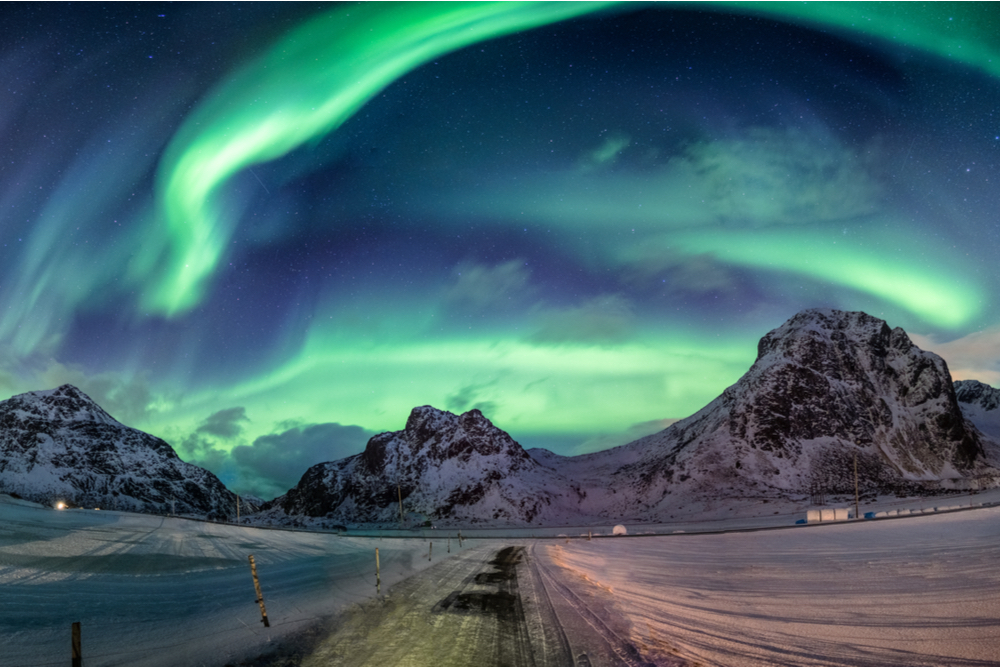
Northern Lights in Lofoten Islands, Norway. Photo: Shutterstock
“When planning our two-week trip to Norway, we had discussed with Jan about cruising vs. driving—and he totally recommended the drive. We are so glad we took his recommendation. We started in Bergen, driving north through the fjords, and had constant awe-inspiring scenery. Jan arranged two different times we would be on the water in a fjord, so we did not miss the feeling of being on a cruise. We spent half a day on a RIB boat—just the two of us and the captain—gliding along the fjord waters.
Then we flew to the Lofoten Islands, where we stayed in a Rorbu in Reine. We had a fun WOW Moment when an excellent halibut dinner was prepared for us in our own room and we were able to enjoy this private time together watching the harbor with a great meal! Thank you for arranging this!! A couple of hours later, we stepped outside to a show of the Northern Lights—right there on our own porch!!
We travel to see the beauty of the world and explore famous sites, but the best part is always when there are opportunities to meet the people who live there and you have the chance to gain insights into their way of life, culture, interests, and way of seeing the world. We always come home feeling enriched from these experiences. Norway is a beautiful country with incredible people. What a pleasure to have been able to share their country for two weeks!” —Sally Boland
Read more reviews of Norway trips. To get your own WOW trip, start with our trip questionnaire, reached via the black button below.
Private access in Tuscany and Umbria, Italy
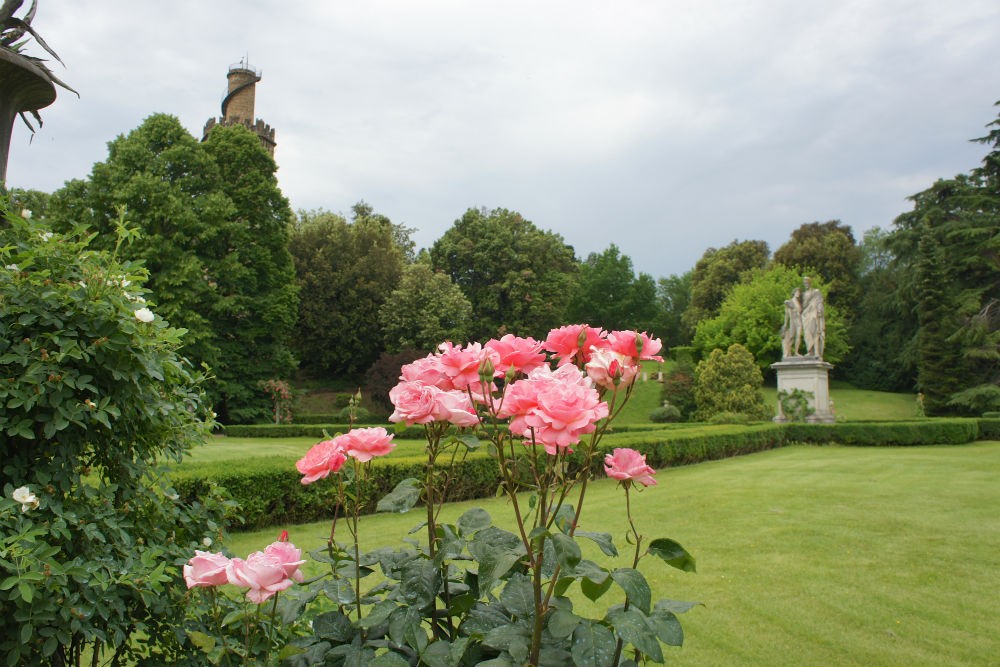
Giardini Torrigiani, Florence. Photo: Brian Dore
“We were a couple of weeks away from travel, with everything paid, when COVID shut everything down. Maria assured us the trip would be waiting for us when we were ready to travel, and she delivered on her promise. Starting in Florence, drivers took us on the scenic route to Montefalco in Umbria, then to Sorrento on the Amalfi Coast, ending in Rome by way of Pompeii.
All the tours and activities were enjoyable and informative, but a few stand out. We had a WOW Moment surprise in Florence (Thank you, Wendy!) when we were led along back streets to the Torrigiani Gardens, the largest private garden in city limits in Europe. It’s been owned by the same family for centuries. After a tour of the spectacular grounds, the owner took us to the balcony in his residence and visited with us over wine and a huge assortment of antipasti — a wonderful experience.
On our drive to Umbria, we stopped for lunch and a tour at I Balzini, a small family vineyard and winery. Lunch was served on the patio overlooking the vineyards and gorgeous Tuscan scenery. The wines and food were delicious, and we’re looking forward to the arrival of wine we purchased there. Ristorante Bagni Delfino in Sorrento was special for the lovely sunset view on the water as well as excellent food. We ate well with a fun cooking lesson from Chef Andrea at Locanda Rovicciano in Umbria, a food tour in Rome, and one great restaurant after another. The trip was definitely worth the wait. Maria listened to what we wanted on this trip and gave us the trip we hoped for. Highly recommend!” —Elizabeth Marshall
Read more reviews of Italy trips. Learn how to get your own WOW Moment. Or use our trip questionnaire (reached via the black button below) to start a WOW trip.
St. Paul de Vence, Dolceacqua, and other charming villages along the French and Italian Rivieras
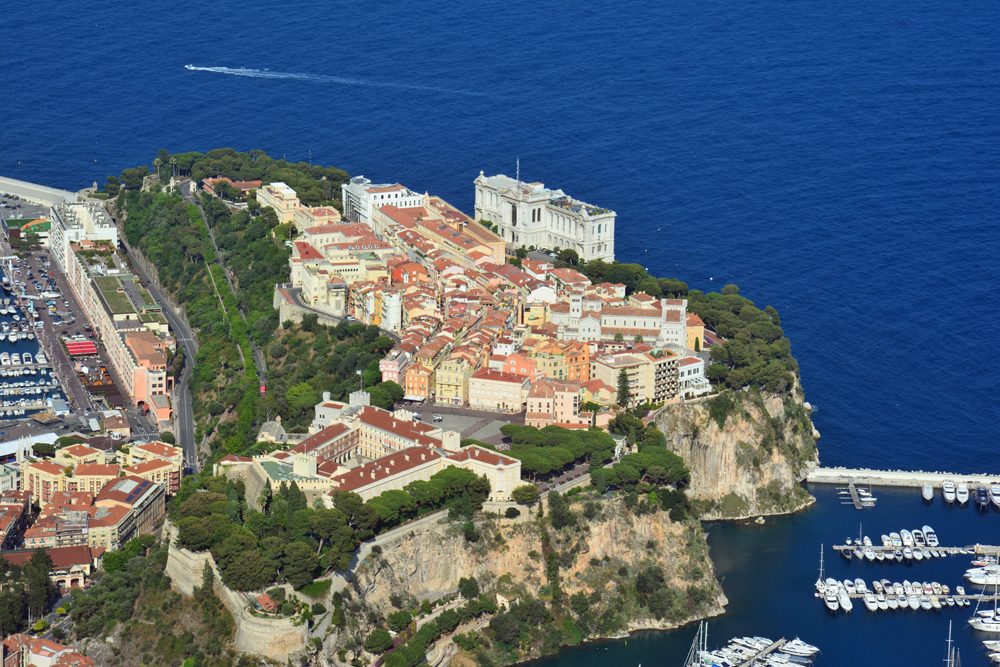
The view from Tête de Chien rock, Monaco. Photo: Philip Haslett
“We wanted to do a road trip around France so we could see as much as we could, while still having a few days in each place to relax. Philip and Evane created a perfect itinerary for us. Philip and Evane advised us on what parts of the trip would be best to drive ourselves vs. which would have lots of traffic or headaches so it would be best to have a driver.
We had a few days in Paris to adjust to the time change before going to Champagne, where they arranged a private visit to Veuve Clicquot. In Lyon, our private guide took us to his family-owned winery in the Beaujolais. Philip and Evane even added the Piedmont region in Italy (since I told them how much my dad loved Italy and us being so close by), filling our time there with lots of Barolo and Barbaresco wines. Then we drove to Nice but stayed in smaller St. Paul de Vence with day trips around to see Eze, Monaco, Antibes, and all the spots along the Riviera.
Philip and Evane mapped out some smaller and cool towns that we could stop at while on our drives and provided great lunch restaurant suggestions at each stop. My dad’s favorite was in Dolceacqua, overlooking one of the bridges that Monet painted, while on our way from Fossano to St Paul de Vence. We are beyond thankful to Wendy for putting us in contact with Philip. It was a trip of a lifetime where it never felt like too much time in each destination, but it will always never be enough!” —Devan Ullman
Read more reviews of France trips. To get your own WOW trip, start with our trip questionnaire, reached via the black button below.
Salina and other secrets of Sicily
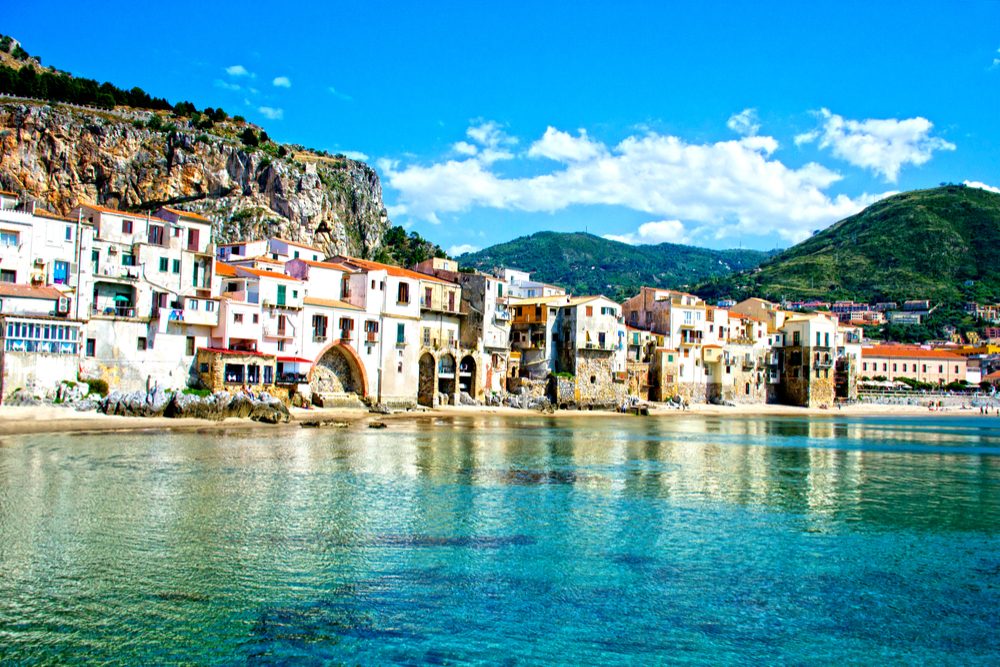
The coast of Cefalu, Palermo, in Sicily. Photo: Shutterstock
“Marcello understood our desire to engage with local people and visit out-of-the way places that most travelers would miss. Trip highlights included hiking Mt. Etna with a vulcanologist, deepening our understanding of this mysterious, mystical mountain that Sicilians refer to as Mother; wine tasting/pairing with a sommelier expert on Mt. Etna wines, who introduced us to the special quality of wines grown in volcanic soil; a visit to the tuna factory on Favignana and the “Impossible Garden”, a dream realized by a determined woman who envisioned a garden in the midst of the rock quarries; shopping the local market with Maurizio, the entertaining and charismatic chef of Macalle in Ortigia, followed by a cooking class and meal, and many ideas to take home; hiking and sailing on the island of Salina, enjoying lunch where Il Postino was filmed, visiting a local caper farm, and enjoying the outstanding wines of the local vineyards; a visit to a water mill which has been grinding wheat into flour since the 1690s, a process that results in flour naturally low in gluten; and visits to many small, beautiful villages, walking and chatting with the men who congregate in the piazzas, enjoying a meal prepared by Annalisa in her home, gaining insight into their traditional way of life over centuries…
I could go on. Marcello and team created a trip of a lifetime for us. We returned home with a deeper understanding of the Sicilian culture, their love and loyalty to family, a well-deserved pride in their diverse and complex history, and their vision, hopes, and dreams for the future of Sicily.” —Cathy and Rob Unruh
Read more reviews of Sicily trips. To get your own WOW trip, start with our trip questionnaire, reached via the black button below.
Before- and after-hours access in Paris
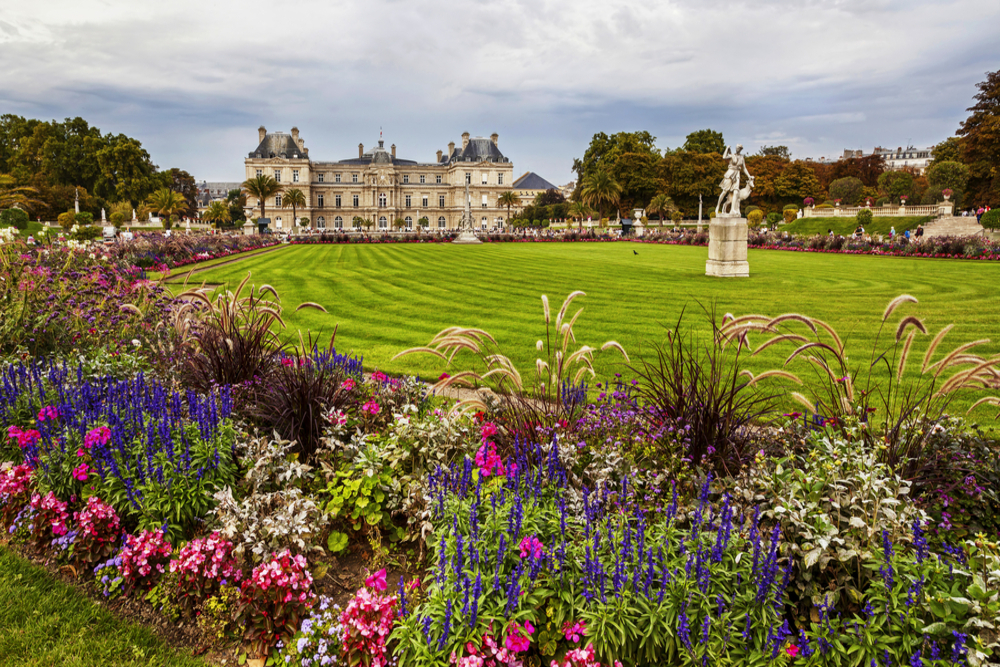
Luxemburg Palace and Garden, Paris. Photo: Shutterstock
“This was the fifth time we have used Jennifer for a trip. The highlight was the WOW Moment she arranged for us: a tour of some quintessential gardens in Paris with a local guide, David, who provided us with a fun and educational experience and made sure that we enjoyed this WOW experience. Jennifer also arranged an after-hours tour of The Conciergerie, a before-hours visit to the Louis Vuitton Foundation, a special tour of the Opera House, and a fine tour of the Pinault Collection at the Bourse de Commerce.
One of the great things about Jennifer and her team is that they check in daily to make sure that you are enjoying the experiences they arranged and to see if they can help you with anything. They also make the entire experience go seamlessly, from having an airport greeter to transportation while you are in the city.” —Kevin Haney
Read more reviews of Paris trips. Learn how to get your own WOW Moment. Or use our trip questionnaire (reached via the black button below) to start a WOW trip.
Quaint villages of Germany and private access to Neuschwanstein Castle
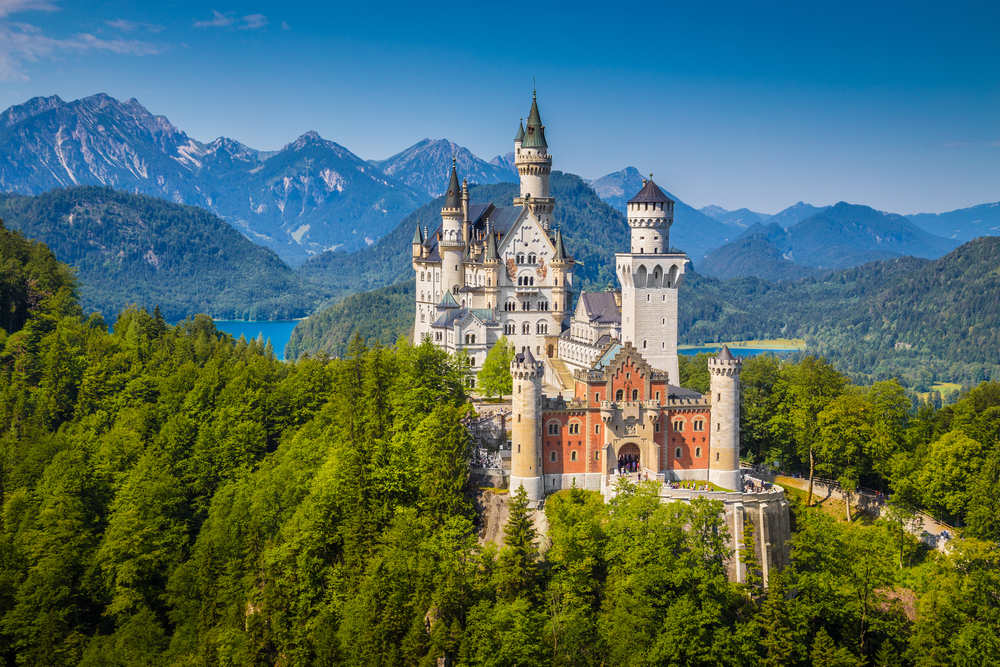
Neuschwanstein castle in Bavaria, Germany. Photo: Shutterstock
“Claudia provided a highly personalized Germany itinerary that exceeded all expectations. It was flawless. We traversed Germany both in geography and local culture, from Bavaria in the South to Hamburg in the North. We experienced the highs and lows of Germany’s history, from visiting Dachau concentration camps to the revelry of sharing a bier with locals in Munich during Oktoberfest.
We had a Porsche Carrera convertible with detailed maps and itinerary to visit many quaint villages, castles and churches as we drove from the Alps through the Black Forest and north along the Rhine River Valley. We had a private tour of Neuschwanstein where, along with the guide, we were the only three individuals with the keys to the Disney castle. We ate five-star cuisine. We took a ride to the highest point in Germany at Zugspitze. We slept in castles and strolled a university town. We even spent a day biking with locals in Hamburg. So much to see and do and memories made. Very exquisite.” —Wendy Duchene
Read more reviews of Germany trips. To get your own WOW trip, start with our trip questionnaire, reached via the black button below.
Calabria, the “toe” of southern Italy
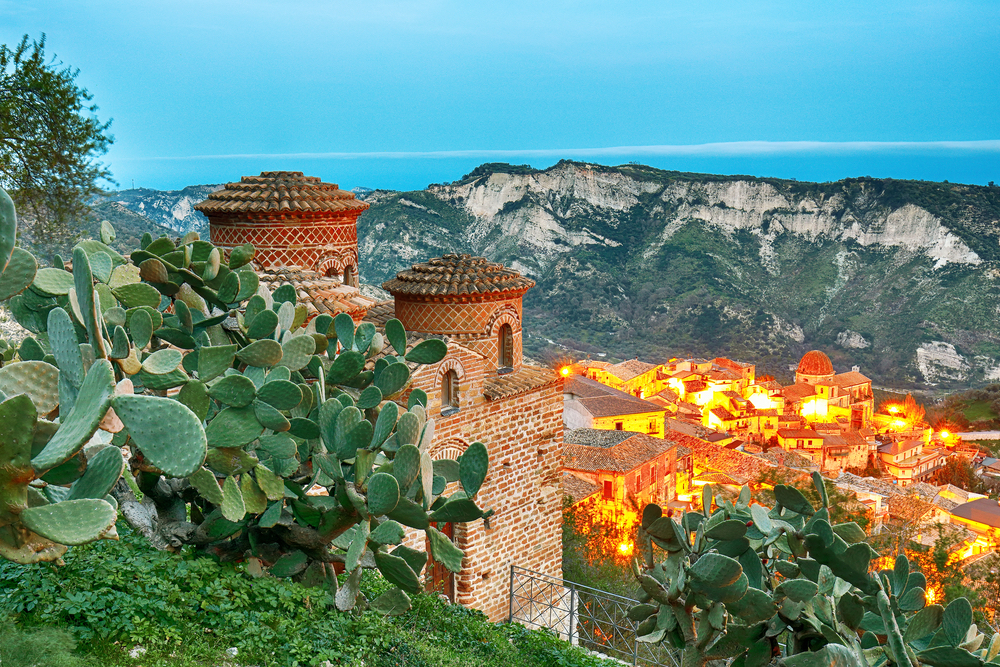
Sunset over the medieval village Stilo in Calabria, Italy. Photo: Shutterstock
“This was our first trip to Calabria, and we had no idea what to expect. Jennifer found really great places to visit—lovely villages, unique architecture, and experiences with local food and people. We spent one day on a sailboat enjoying the stunning coastline from Tropea to Capo Vaticano. We visited a Bergamont Farm and drove to the village of Bova where we took in a panoramic view of the ocean and countryside. We visited gorgeous churches in Tropea and grottoes and caves in Pizzo. On our last day, we thought the place we were staying might be too far a drive to the airport (we had a 6:45am flight), so she found us a perfect B&B, close to the airport but in a beautiful remote area. We had the whole place to ourselves and spent our last day relaxing by the pool—a perfect way to end our trip.” —Cindy Kelly
Read more reviews of Italy trips. To get your own WOW trip, start with our trip questionnaire, reached via the black button below.
Ticino, Bellinzona, Rapperswil, and other secrets of Switzerland
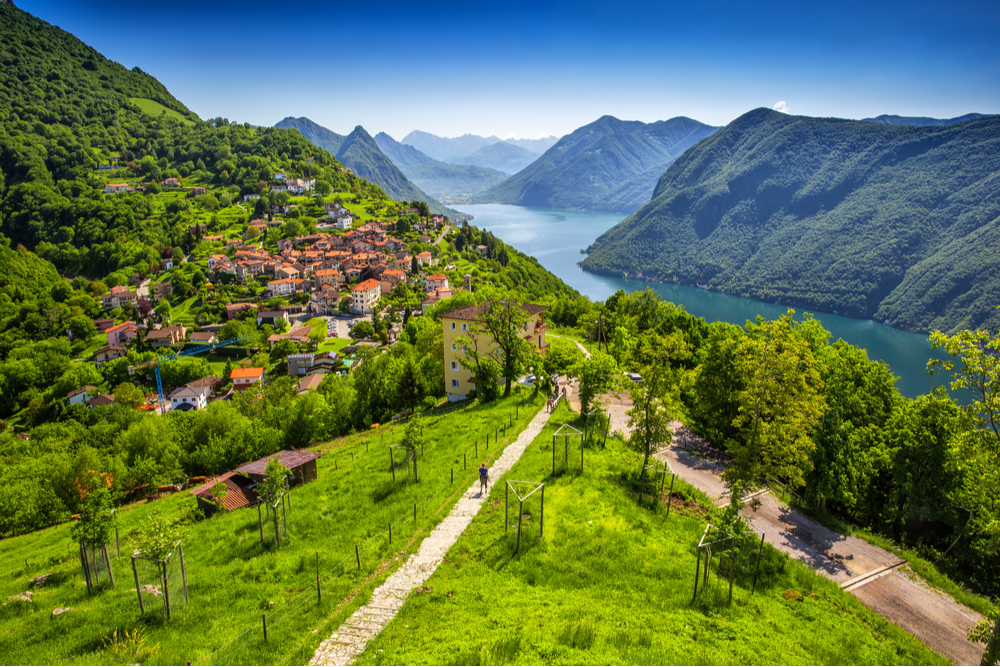
Ticino, Switzerland. Photo: Shutterstock
“Nina did a fantastic job of listening to our preferences to avoid the usual tourist spots and spend time off the beaten path. The hotels she suggested were exceptional. The views from our rooms at Villa Orselina and Coeur des Alpes were amazing, and we truly enjoyed the mountain-hut experience at Guarda Val. The guides they picked for us were great, particularly Anna in Ticino, who led us on a magical walk through the Bavona Valley; Nikki in Zermatt, who was a delight and took us on a great hike and gave us ideas for our next two days of hiking; and Albert in Zurich, who suggested a side trip to Rapperswil that was very enjoyable.
Nina’s suggestion of a first-class Swiss rail pass was excellent: We used it for boat rides in Ascona, Zurich and Lucerne, a bus ride in Ticino, and side train trips to Bellinzona, Lucerne, and Rapperswil. Well worth it! Restaurant suggestions were all excellent, from dinner in the castle in Bellinzona to dinner on the terrace of Sonnmatten in Zermatt. An exceptional trip.” —Gary Reading
Read more reviews of Switzerland trips. To get your own WOW trip, start with our trip questionnaire, reached via the black button below.
The Camargue, the Luberon, and the Verdon Gorge in Provence
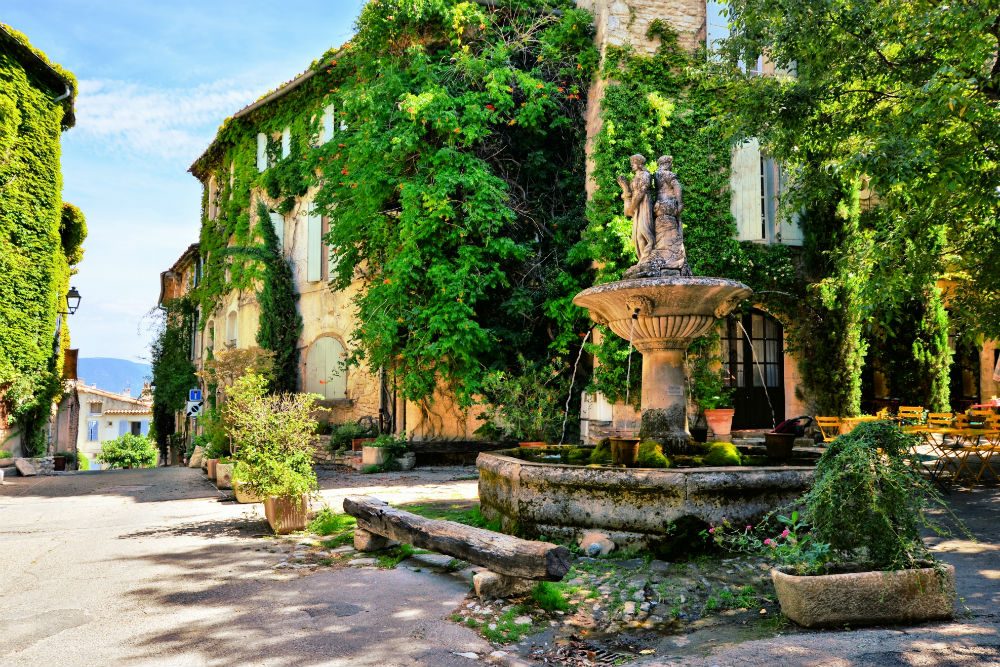
Saignon, Provence. Photo: Shutterstock
“We requested an active trip in Provence, and Philip created the perfect itinerary for my daughter and me: We went horseback riding in the Camargue region, biking in the Luberon, canoeing in the Verdon Gorge. The local guides Philip arranged for us were amazing, ensuring we experienced the unique and out-of-the-way places known only to locals. They were fun, spontaneous, and adaptable. At a moment’s notice, they would take us up a hill to show us a great view, or walk us to the remote and charming village of Lacoste, or take us to get the best crepes at a place that was underground and accessible only if you know it is there. Each restaurant was more fantastic than the last. Incredible food, breathtaking views. A highlight: Le Petit Café in Oppède-le-Vieux. We also had a cooking class in a private home after picking the ingredients at the weekly market and sampling wines in a local vineyard. We could not have been happier.” —Kimberly Byron
Read more reviews of France trips. To get your own WOW trip, start with our trip questionnaire, reached via the black button below.
Secrets of Italy’s Amalfi Coast
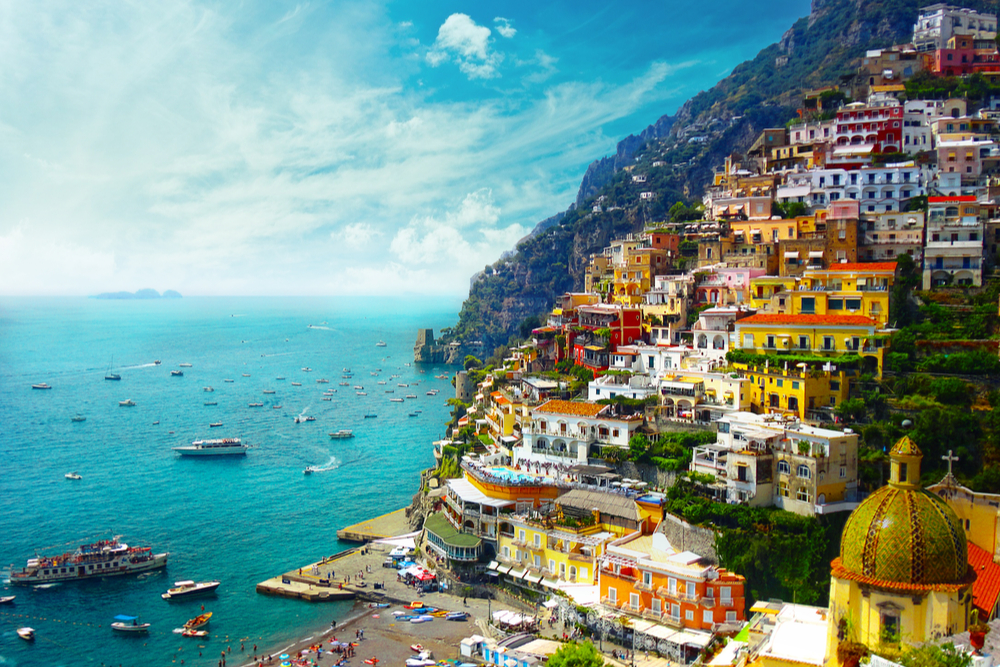
Positano on the Amalfi Coast, Italy. Photo: Shutterstock
“We had two standout experiences on the Amalfi Coast, thanks to Andrea. One was an entire day seeing the coast by sea. We did not know what to expect when we arrived at the wharf—where there were so many tour boats—and were a little confused when a very large, beautiful yacht pulled up. My husband said, ‘You should have seen your face when they held up a sign with our name on it!’ Captain Beni gave us an experience we will never forget, including a stop for a delicious meal at a restaurant high above the sea and accessible only by boat. A perfect day!
The second amazing experience was when our driver was taking us from Positano to Ravello and we were supposed to have a three-hour stop in the town of Amalfi. It was a gray, drizzly day, so our driver asked us if we would rather go to his friend’s winery. The owner gave us a very personal tour and then joined us for a lunch that his wife had prepared. It was so unexpected and right out of a romance movie.” —Carrie Hadden
Read more reviews of Italy trips. To get your own WOW trip, start with our trip questionnaire, reached via the black button below.
Be a smarter traveler: Sign up for Wendy’s weekly newsletter to stay in the know. Read real travelers’ reviews, then use the black CONTACT buttons on Wendy’s WOW List to reach out to the right local fixer for your trip.

